Tropical sceneries finely coated by a delicate layer of dewy snow; glass cabinets housing an array of anthropological items; the blurred vision of a seated mother and child; each are running explorations in Wang Zhibo’s practice that surveys the absurd spectrum of what is real – geographically, historically, ethnographically, architecturally. A graduate from the China Academy of Art Oil Painting Department, Wang creates oil on canvas paintings that confound our notions of time and space. Transcending traditionalism through the subject matter depicted, which is both curious and challenging, Wang channels her painting to represent the variances of our visual experiences, similar to the reflection on the surface of water: capable of capturing the multiple manifolds of a subject.
Whilst always retaining a focus on our concepts of the real, Wang’s work has seen a sequence of periodic evolution. Wang’s ‘Standing Wave’ series from 2012, for example, exemplifies a particular interest in architecture and draws viewers into distinctly enigmatic and isolated spaces. Seemingly realistic yet illusory, Wang depicts settings that combine natural elements such as running water, a towering tree or a rock, with man-made constructions ranging from a cemented path to an ornate fountain. Purposely non geographically-specific, Wang’s paintings could be reflecting a hotel in Hangzhou or a rural outlet in the US; an aura of displacement that lends each work an eery and engaging force. Moreover, whilst the viewer senses the presence and tracks of man, he is pointedly nowhere to be found. The viewer is thus confounded as to the status of the space: abandoned, imagined, transplanted or discovered.
This running ambiguity regards time and space laced with isolation permeates Wang’s further series’. ‘Tristes Tropiques’, for example, which focuses on leafy tropical landscapes, absurdly presents each setting coated by a fine layer of misty snow. Probing our geographical understanding, the works equally allude to shifting climates, and the impending possibility of the previously implausible. Devoid of human presence, our personal culpability is hinted at without being explicitly spelt out. ‘Time Traveler’ (2015) furthermore testifies to visual transportation, whether into the future or the past, or even seemingly across dimensions. Dewy and nearly spectacular, the painterly finish hints to illusions, a magical environs, a sentiment that is heightened by the rising mist.
Several of Wang’s works, however, seem to contrarily hint at human presence; upon closer inspection though, one notes that each painting is crucially devoid of humanity or expression. ‘Mother and Son’ (2015), for example, presents a classically religious composition. Yet, the setting is distinctly tribal with various skulls scattered upon the floor and both figures being adorned by bead-like wooden jewellry. More importantly, whilst the mother’s face is delineated, the child’s is unnervingly blurred to the extent of resembling defacement. Such vigorous anonymity heightens our consciousness of how much is read through facial features, expressions, the very characteristics that distinguish each and every one of us.
This recognition is heightened by Wang’s recent series ‘The Archives’, which depicts, from a focused as well as wide-angle view, museum glass cabinets housing an array of anthropological heads. Emphasising her reflection in a 2013 interview, “I think I am correct in saying that one of my working methods is similar to that of an anthropologist”, the works were inspired by visiting many museums during her travels across the US, Europe and China. A reflection on our understanding, and how much is defined by our interaction with humans, the works simultaneously challenge our understanding of the ‘museum’ as a place of storage and exhibition, extending it to a zone of interaction and mutual observation.
Developing upon this concept of observation and display are her series of still life paintings, such as ‘Hocus Pocus’ (2015) and ‘Mead’s Dilemma’ (2015), which present an array of flora, individually positioned on vertical stands. Again challenging our notions of geography as well as perception, one finds an enlarged chestnut adjacent to an equally-sized banana, or plastic-wrapped fig next to a heavily protected cabbage. Recognisable items, their placement and display takes on a bodily association: hanging, balancing, piled, positioned. Ultimately, these works summarise the cornerstones of Wang’s practice, which achieves, through the subtle consideration and rendition of the ordinary, to flesh out the limits of our understanding and extend, through time and space, our conceptual and visual boundaries.
Wang Zhibo is a highly regarded female Chinese painter who rose to prominence after being awarded the prestigious national Luo Zhongli Scholarship in 2008. Selected solo exhibitions include “Porous”, Christian Andersen, Copenhagen (2025); “Wang Zhibo”, Aranya Art Center, Qinhuangdao (2024); “He No Longer Looks Human”, Edouard Malingue Gallery, Shanghai (2018); “There is a place with four suns in the sky – red, white, blue and yellow”, Edouard Malingue Gallery, Hong Kong (2016); “Standing Wave”, Armory Show, New York (2013). Her works have also been exhibited at ChertLüdde, Berlin (2024); Frieze London (2020); Times Art Center, Berlin (2019); Villa Vassilieff, Paris (2017); Times Art Center, Guangdong (2017); Chongqing Art Museum, Chongqing (2015); Penrith Regional Art Gallery, Sydney (2014); Today Art Museum, Beijing (2008); Museum of Contemporary Art, Taipei (2008); Shanghai Art Museum, Shanghai (2007). Furthermore Luise Guest selected Wang to feature in her publication on female Chinese artists ‘Half the Sky’ (2016). Wang was included in Great Women Painters published by Phaidon (2022).
Wang Zhibo Berlin, Germany, B. Zhejiang, China, 1981

Installation view, “Porous”, Christian Andersen, Copenhagen gallery, 2025. Image courtesy of Christian Andersen gallery.
Photo by Jan Søndergaard.

Photo by Jan Søndergaard.
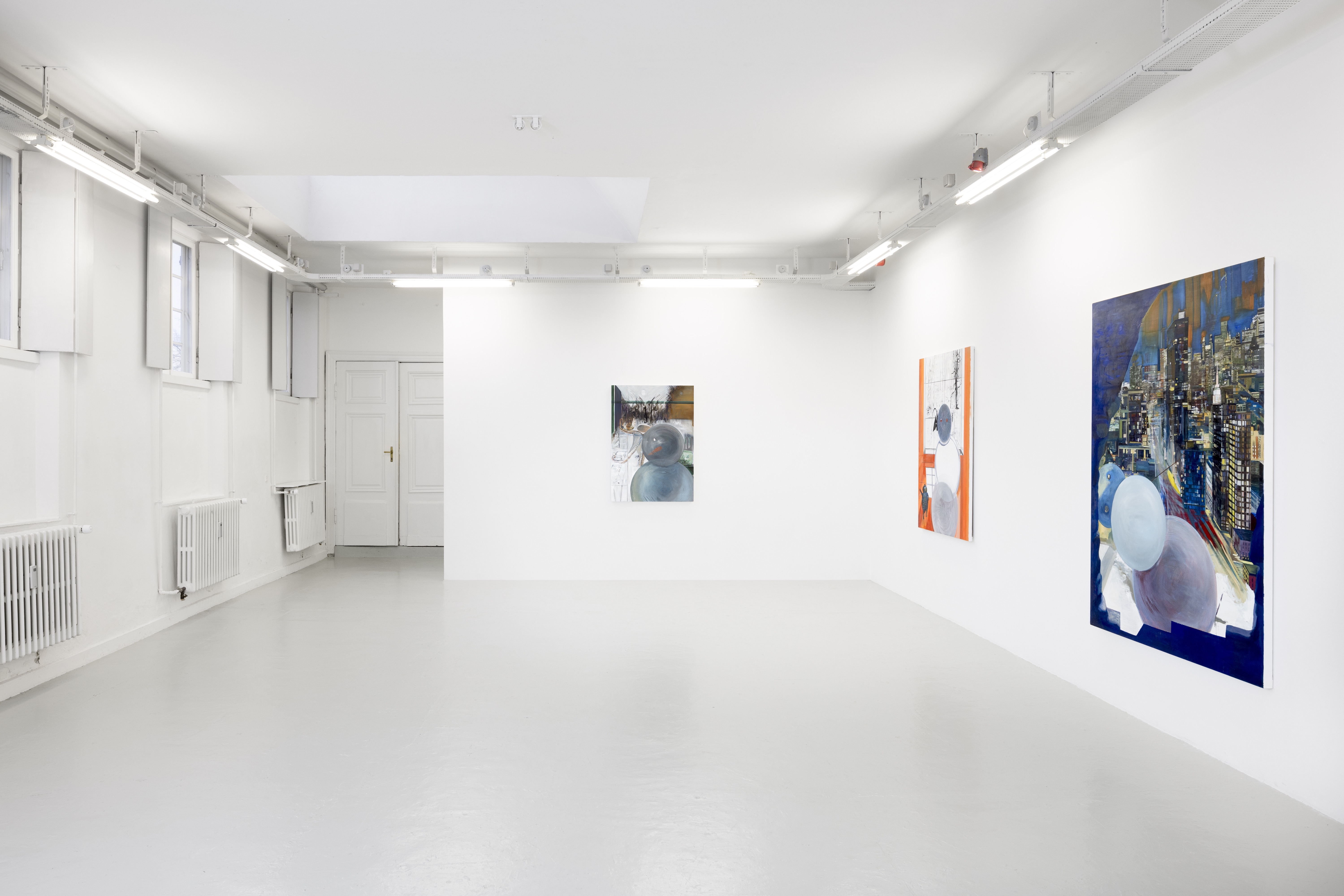
Installation view, “Porous”, Christian Andersen, Copenhagen gallery, 2025. Image courtesy of Christian Andersen gallery.
Photo by Jan Søndergaard.
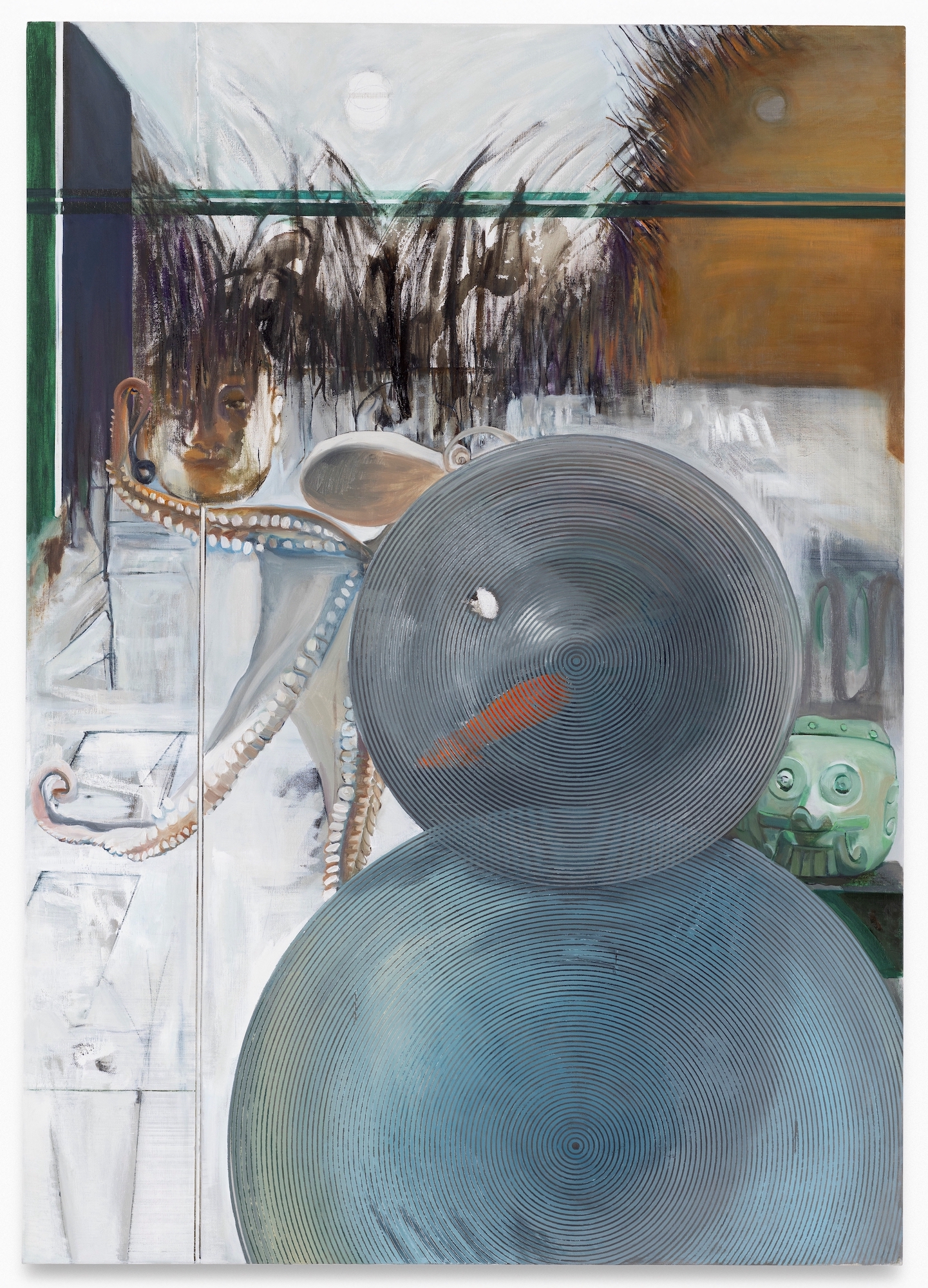
Photo by Jan Søndergaard.
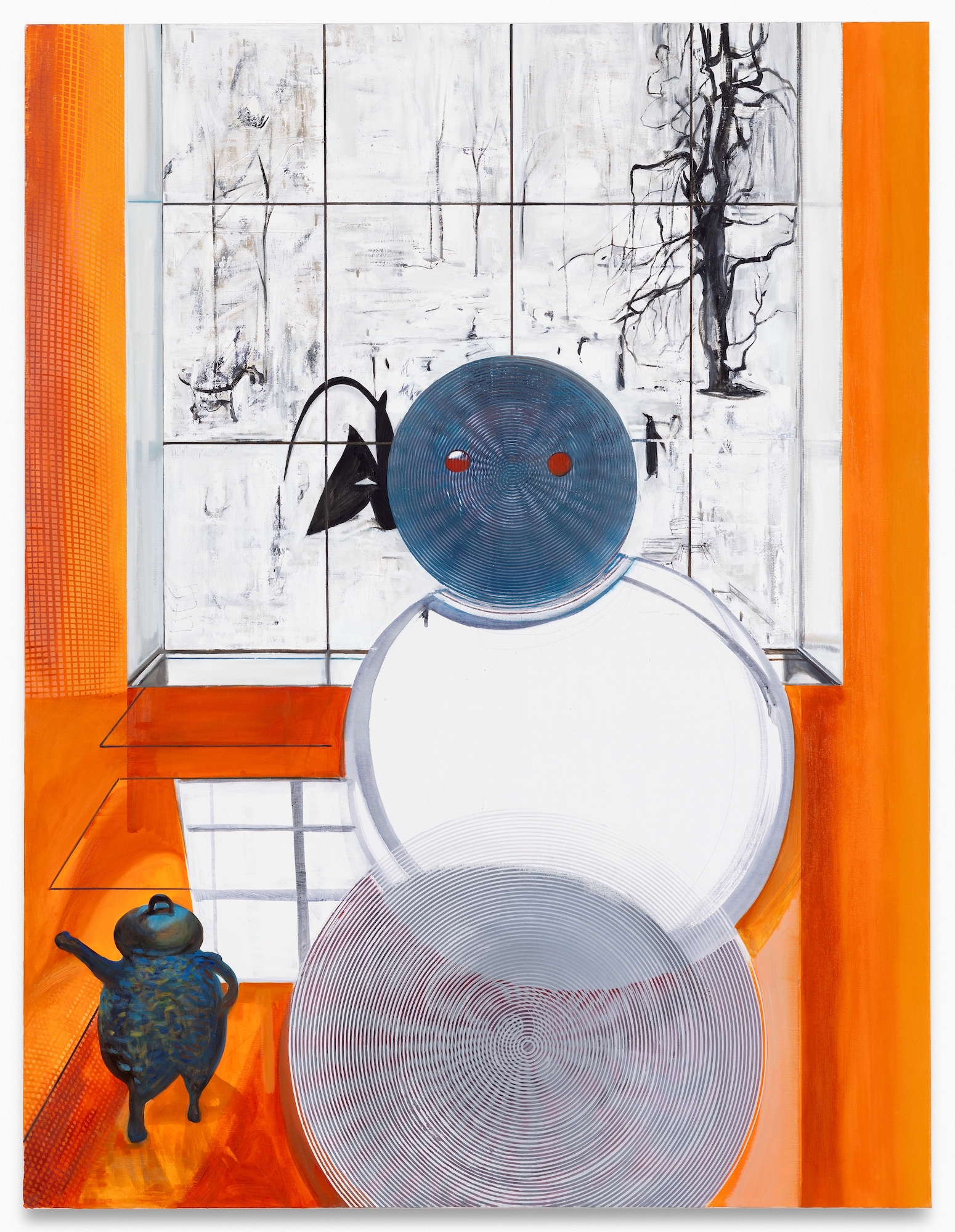
Photo by Jan Søndergaard.
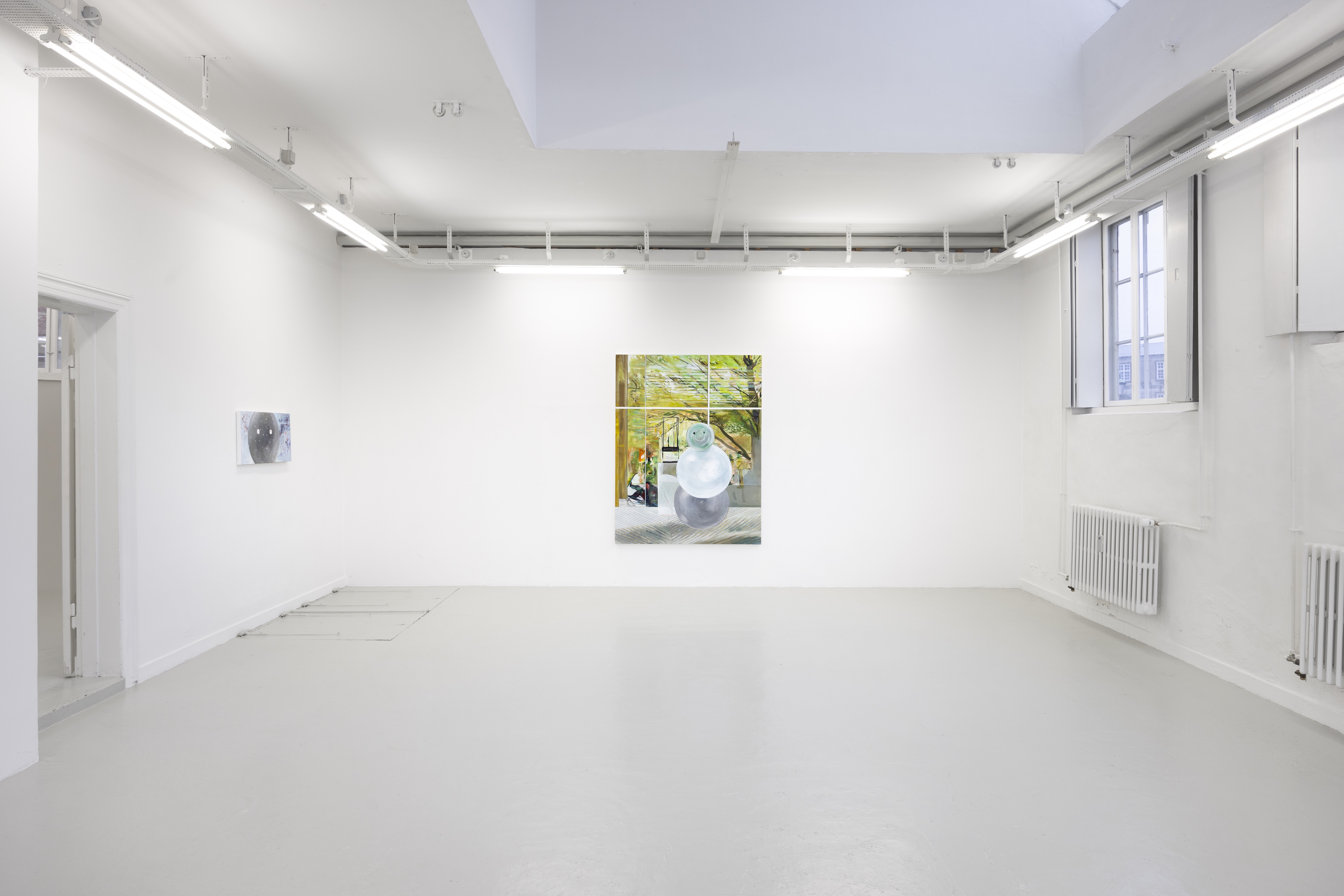
Installation view, “Porous”, Christian Andersen, Copenhagen gallery, 2025. Image courtesy of Christian Andersen gallery.
Photo by Jan Søndergaard.
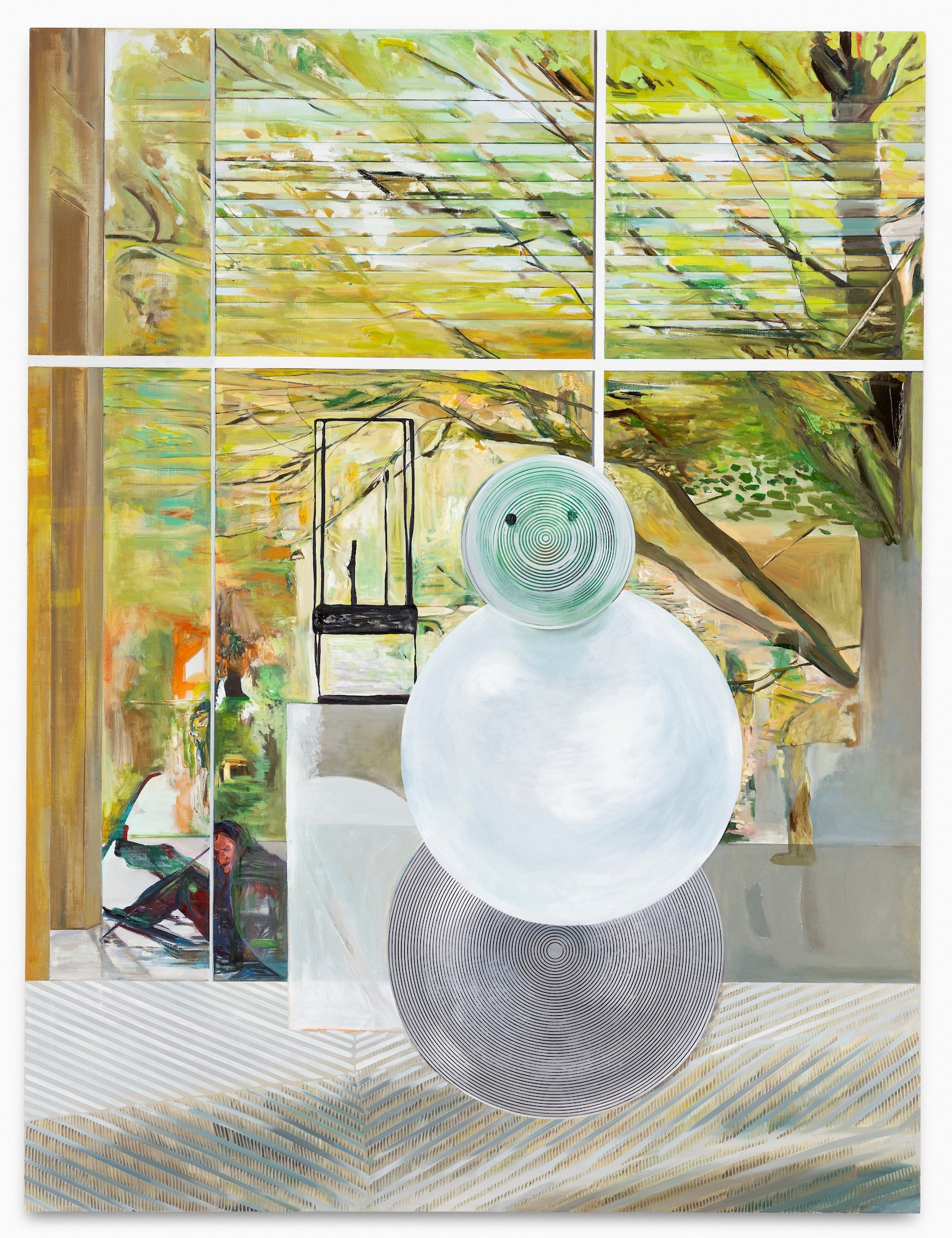
Photo by Jan Søndergaard.
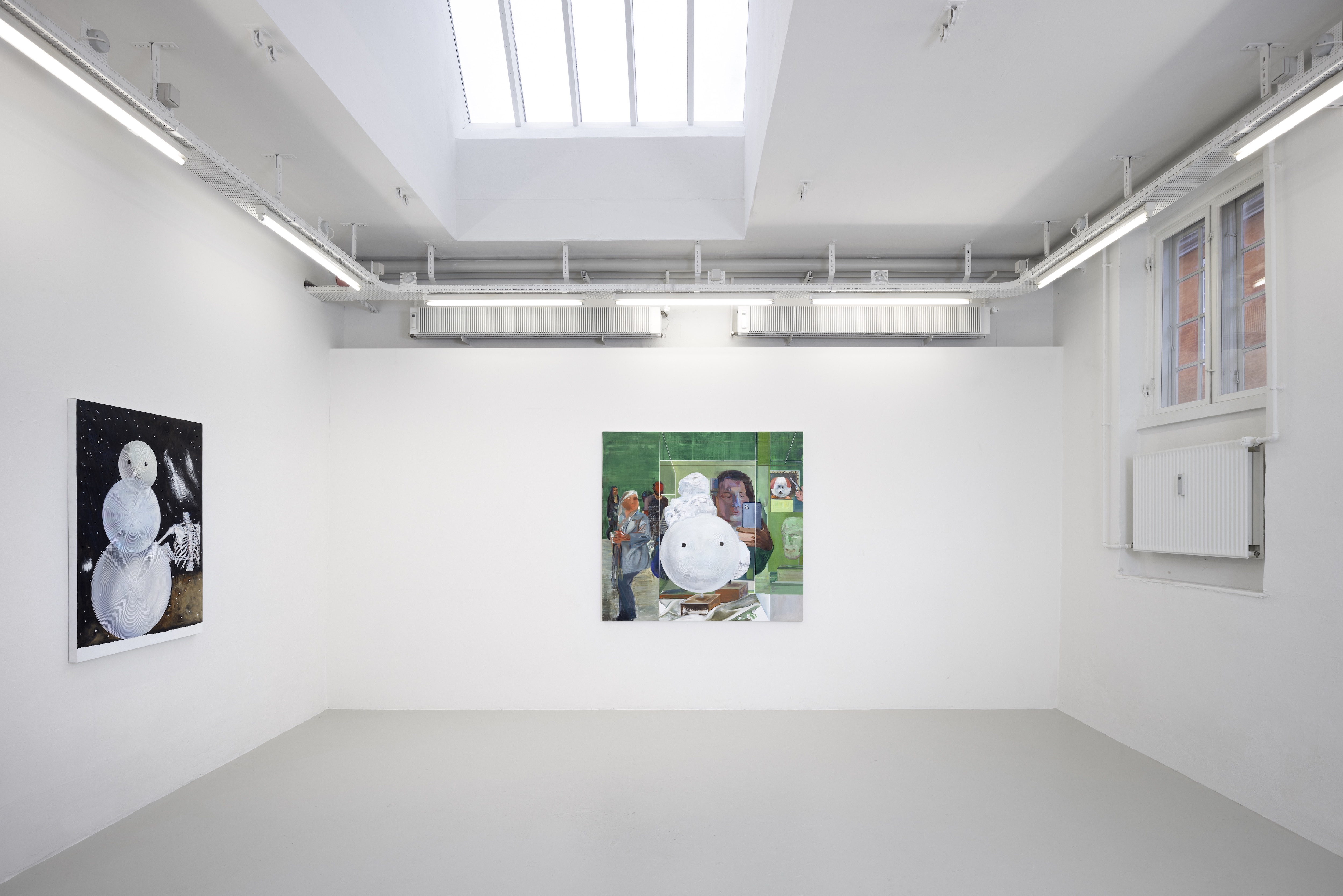
Installation view, “Porous”, Christian Andersen, Copenhagen gallery, 2025. Image courtesy of Christian Andersen gallery.
Photo by Jan Søndergaard.
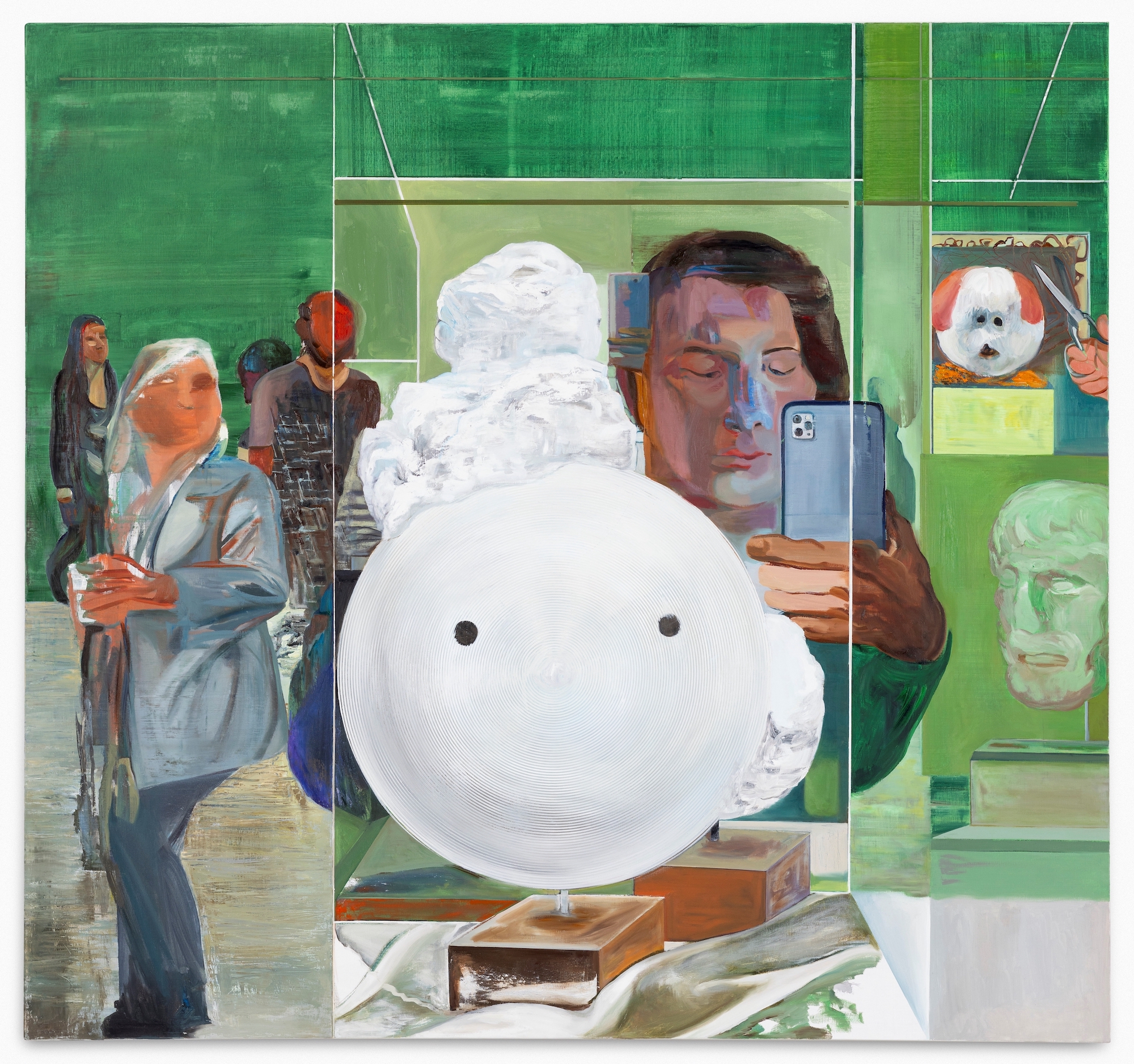
Oil and paste on canvas
150 x 160cm
Image courtesy of Christian Andersen gallery.
Photo by Jan Søndergaard.
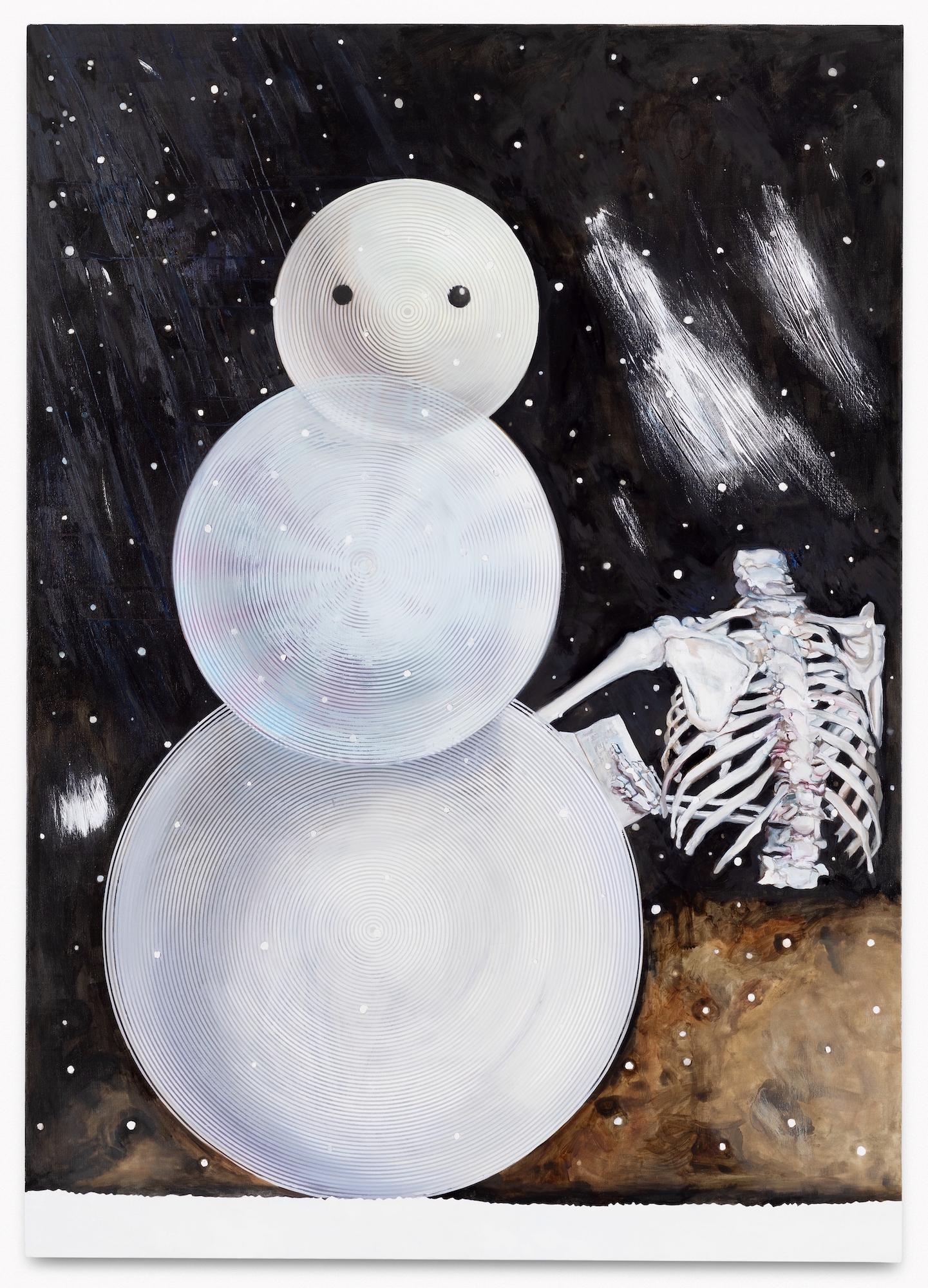
Oil on canvas
121 x 86 cm
Image courtesy of Christian Andersen gallery.
Photo by Jan Søndergaard.
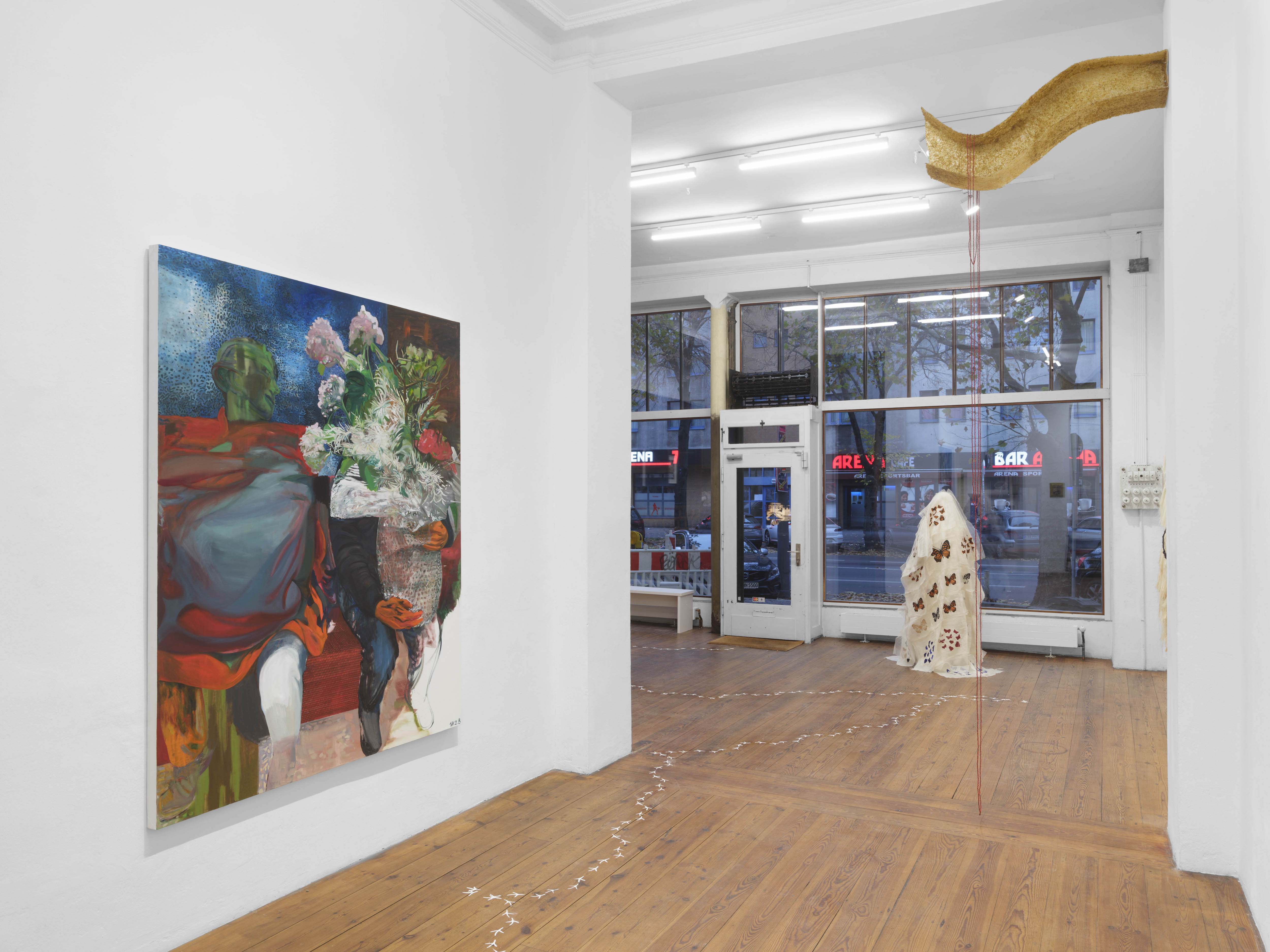
Oil and acrylic on linen
201 x 171 cm
Image courtesy of the artist and ChertLüdde, Berlin. Photo by Marjorie Brunet Plaza.
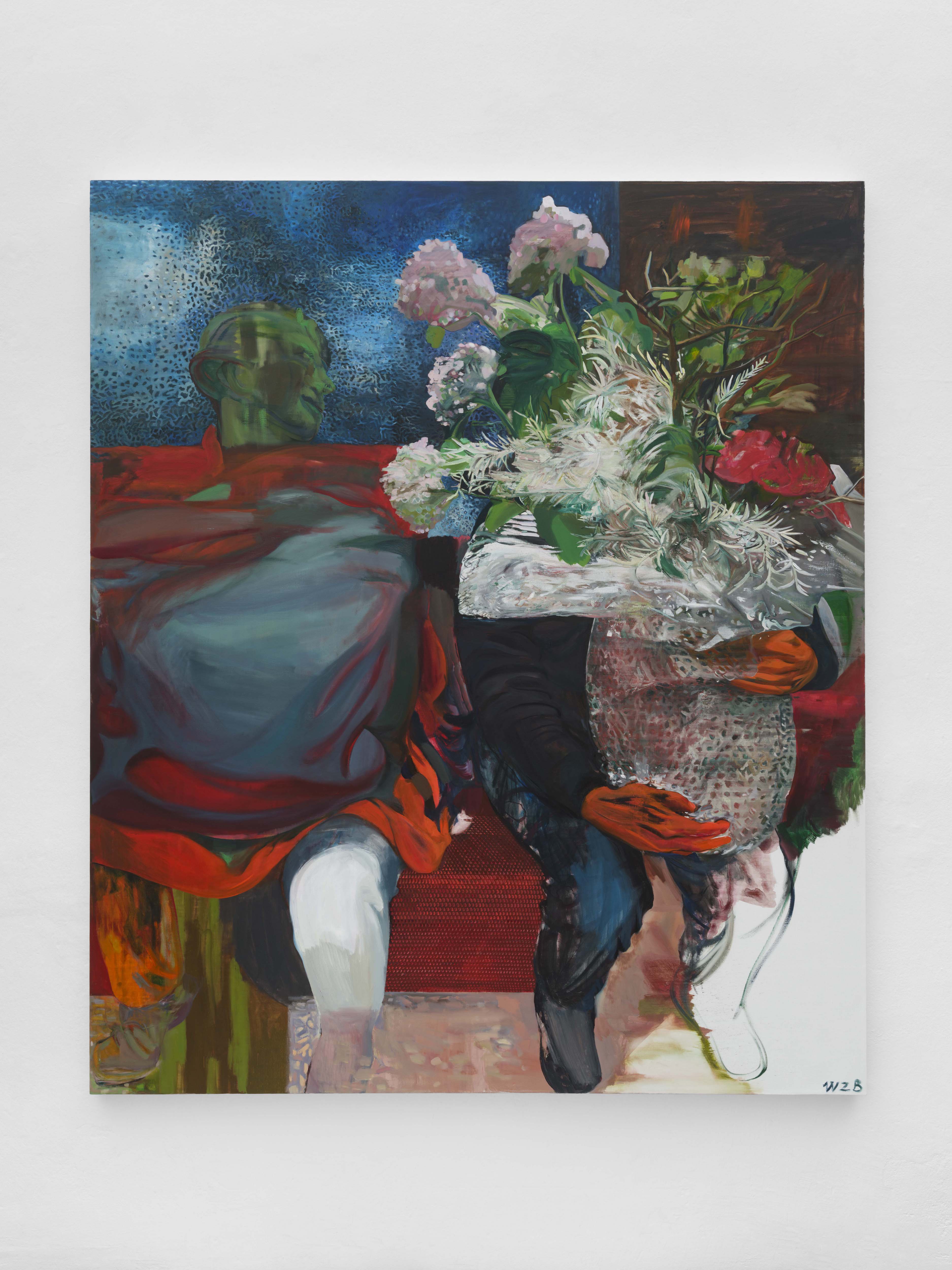
Oil and acrylic on linen
201 x 171 cm
Image courtesy of the artist and ChertLüdde, Berlin. Photo by Marjorie Brunet Plaza.
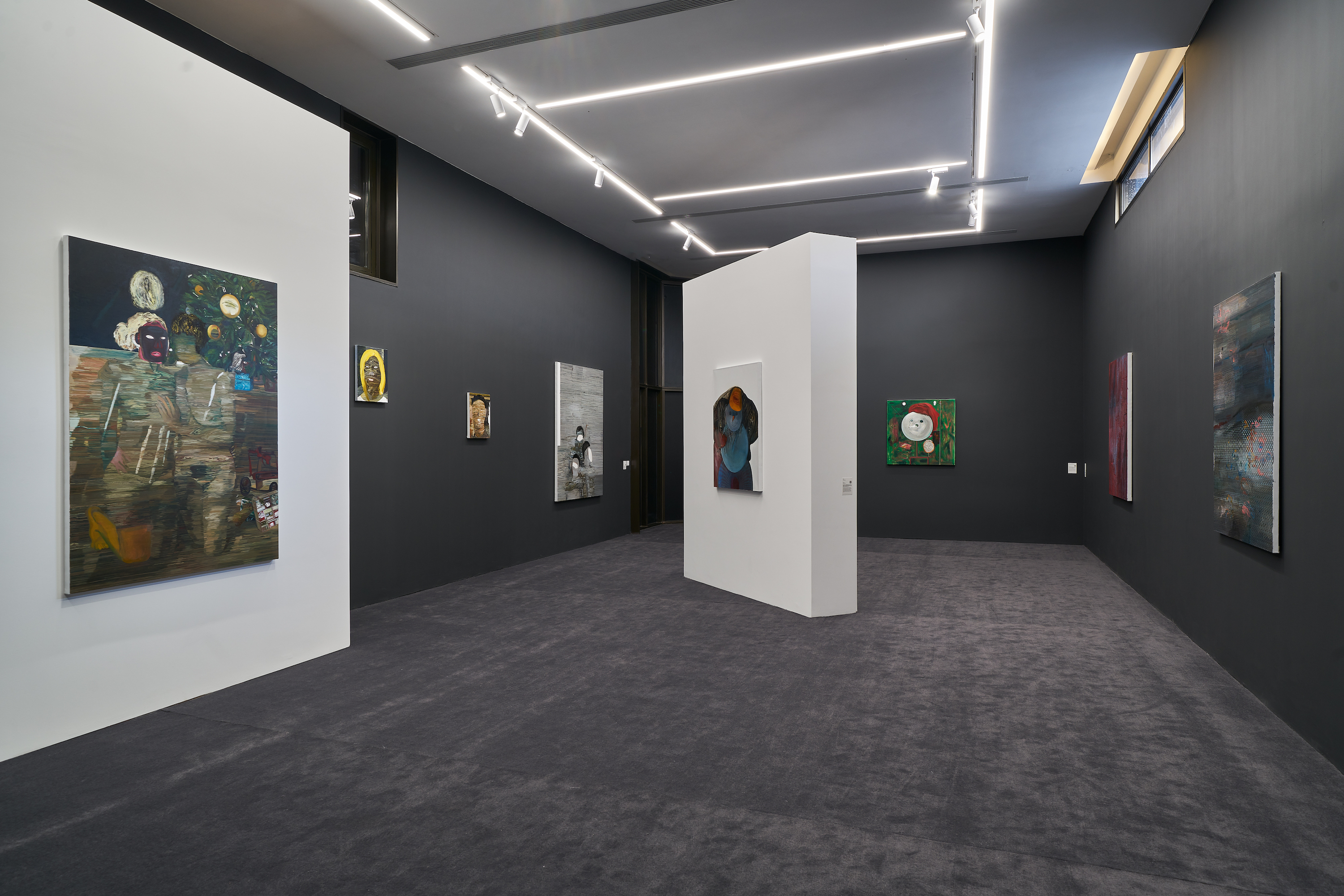
Wang Zhibo solo exhibition, Aranya Art Center, Hebei, China, 2024
Image courtesy of Aranya Art Center.
Photo by Sun Shi.

Oil on canvas
180 × 130 cm
Image courtesy of Aranya Art Center.
Photo by Sun Shi.

Oil, acrylic and permanent marker on canvas
100 × 100 cm
Image courtesy of Aranya Art Center.
Photo by Sun Shi.

Wang Zhibo solo exhibition, Aranya Art Center, Hebei, China, 2024
Image courtesy of Aranya Art Center.
Photo by Sun Shi.
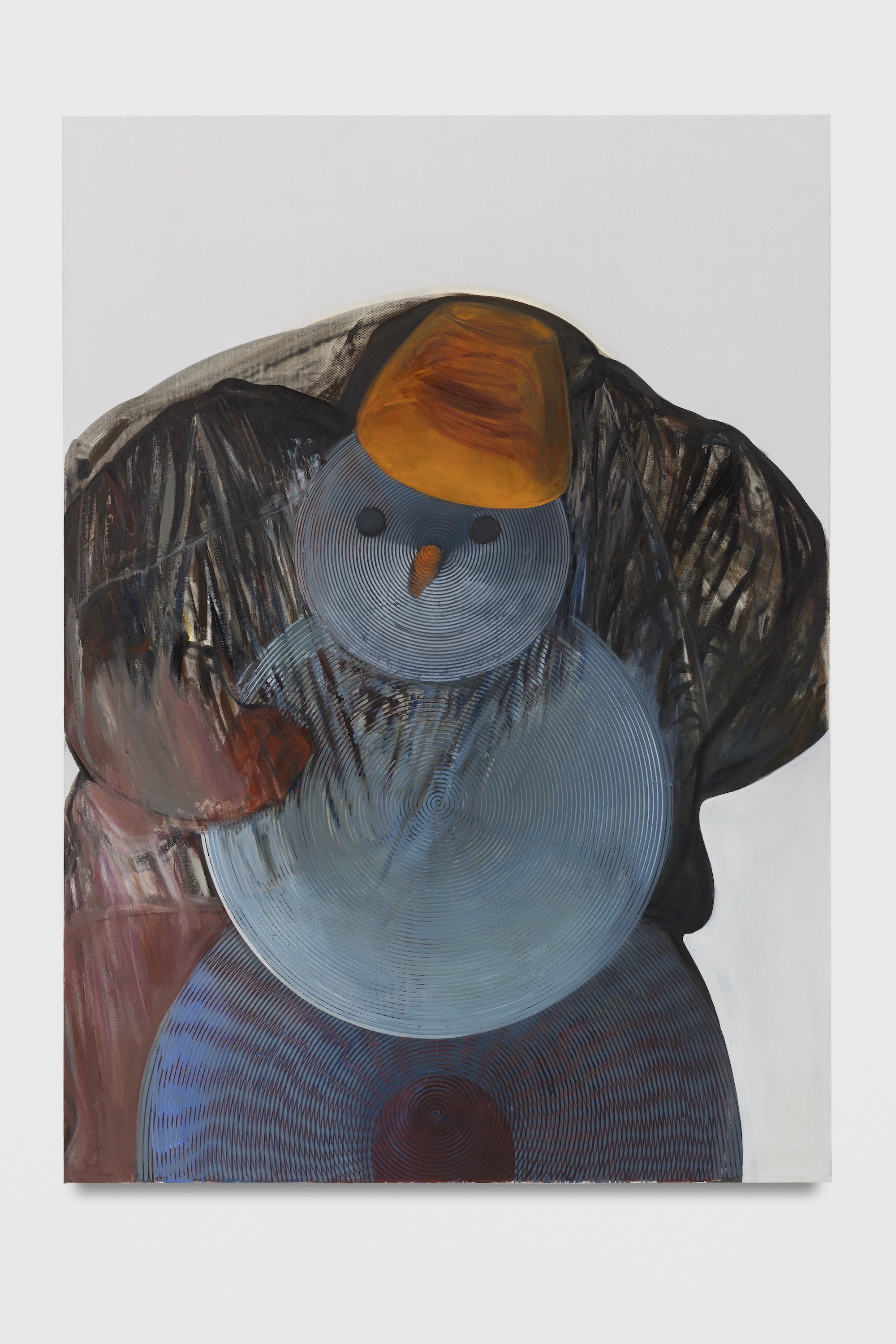
Oil and acrylic on canvas
121 x 86 cm
Image courtesy of Aranya Art Center.
Photo by Sun Shi.

Wang Zhibo solo exhibition, Aranya Art Center, Hebei, China, 2024
Image courtesy of Aranya Art Center.
Photo by Sun Shi.

Oil and acrylic on canvas
150 × 115 cm
Image courtesy of Aranya Art Center.
Photo by Sun Shi.

Oil and acrylic on canvas
150 × 115 cm
Image courtesy of Aranya Art Center.
Photo by Sun Shi.
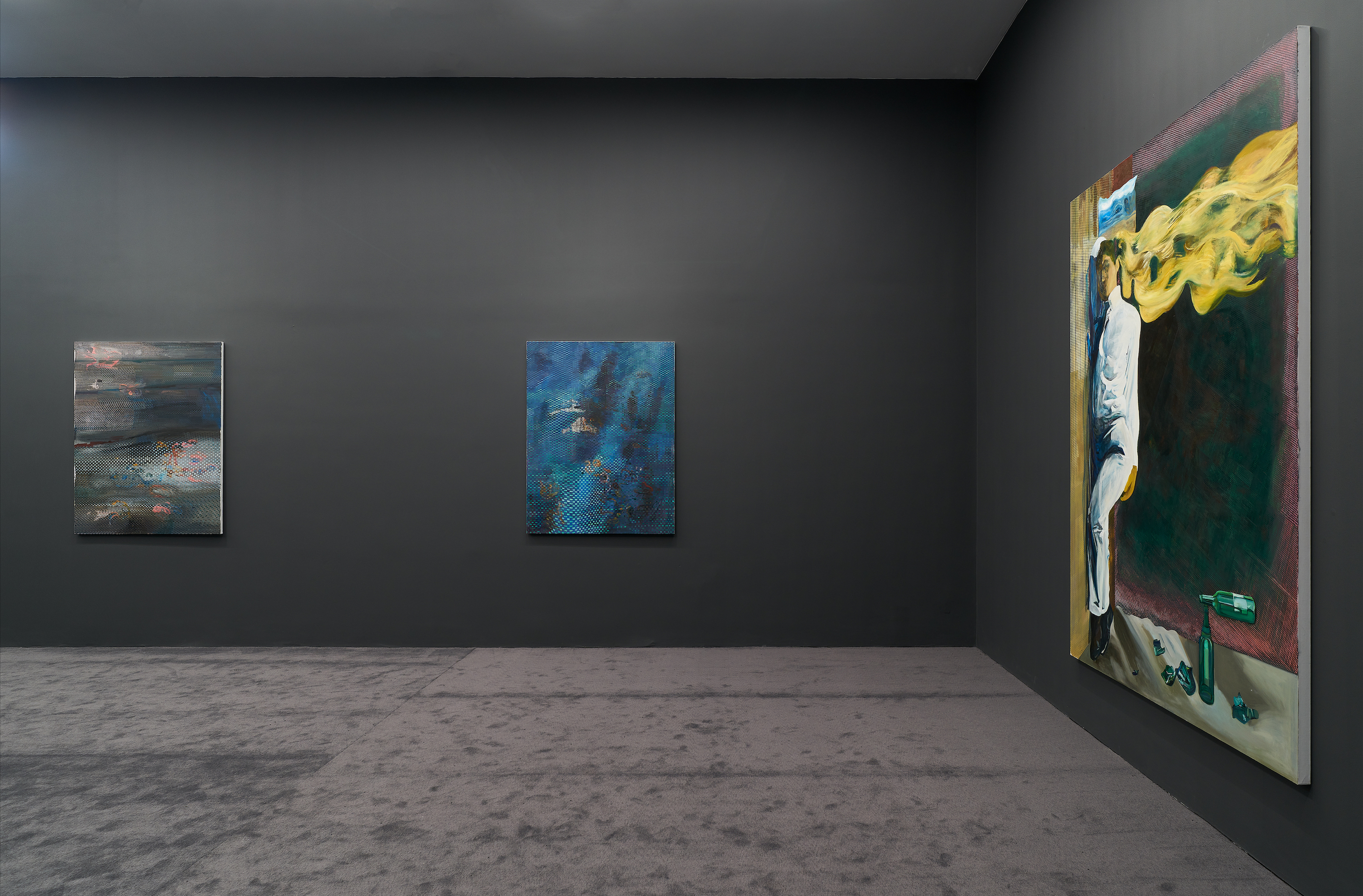
Wang Zhibo solo exhibition, Aranya Art Center, Hebei, China, 2024
Image courtesy of Aranya Art Center.
Photo by Sun Shi.

Oil and acrylic on canvas
250 × 180 cm
Image courtesy of Aranya Art Center.
Photo by Sun Shi.
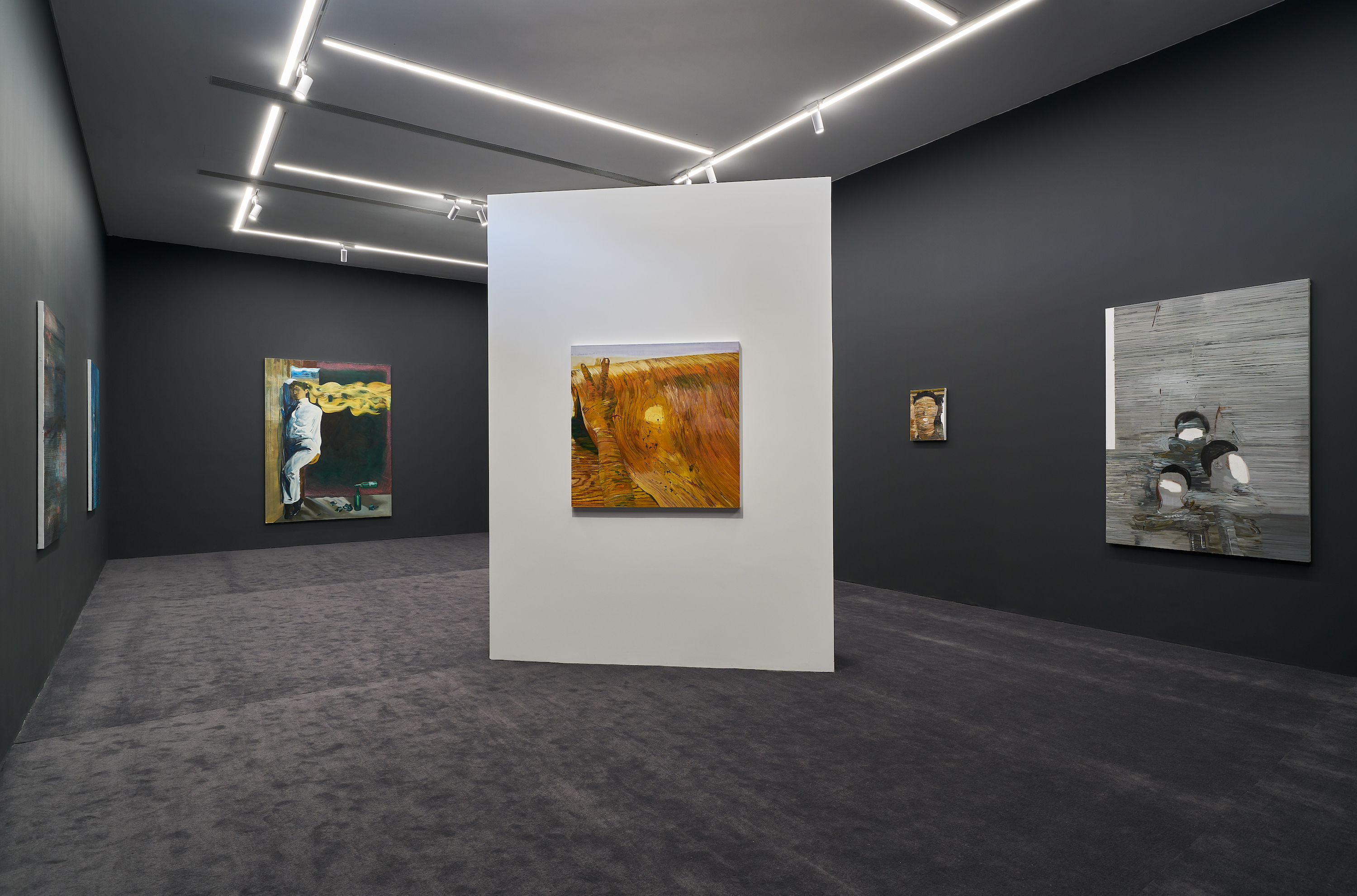
Wang Zhibo solo exhibition, Aranya Art Center, Hebei, China, 2024
Image courtesy of Aranya Art Center.
Photo by Sun Shi.

Oil and acrylic on canvas
106 x 111 cm
Image courtesy of Aranya Art Center.
Photo by Sun Shi.
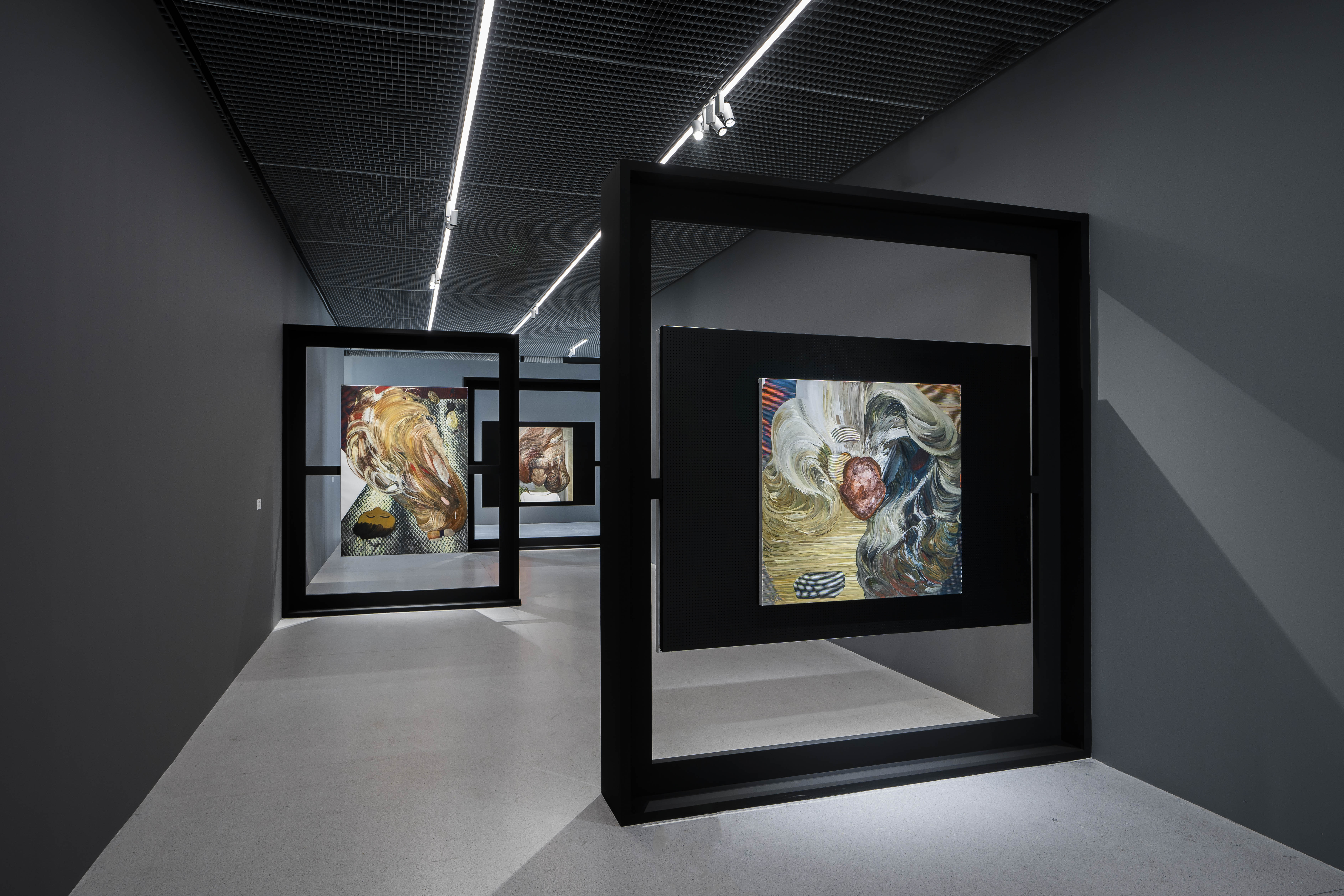
“Painting Unsettled”at UCCA Edge.
Image courtesy UCCA Center for Contemporary Art.
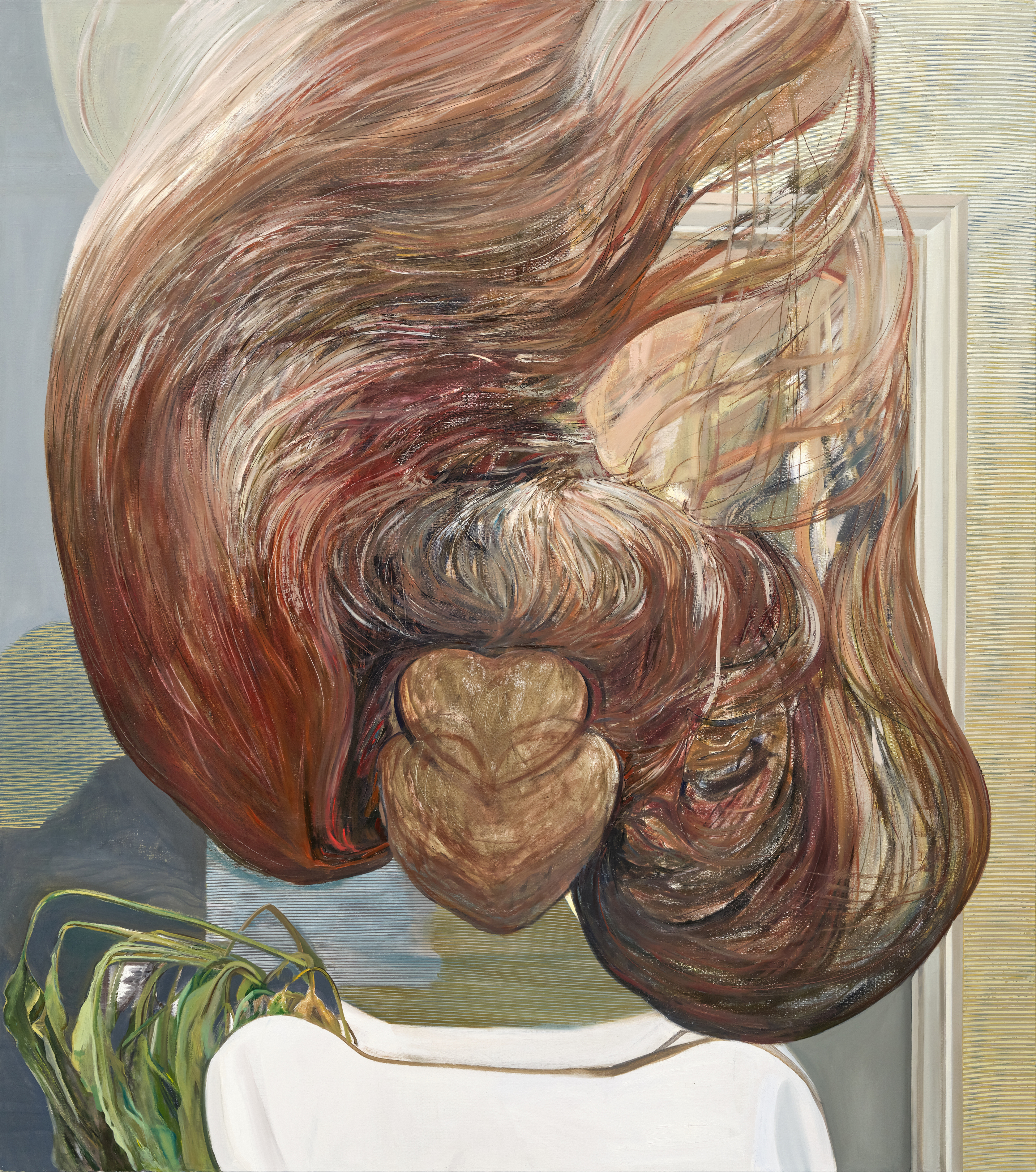
2022
Oil on canvas
131 x 116 cm
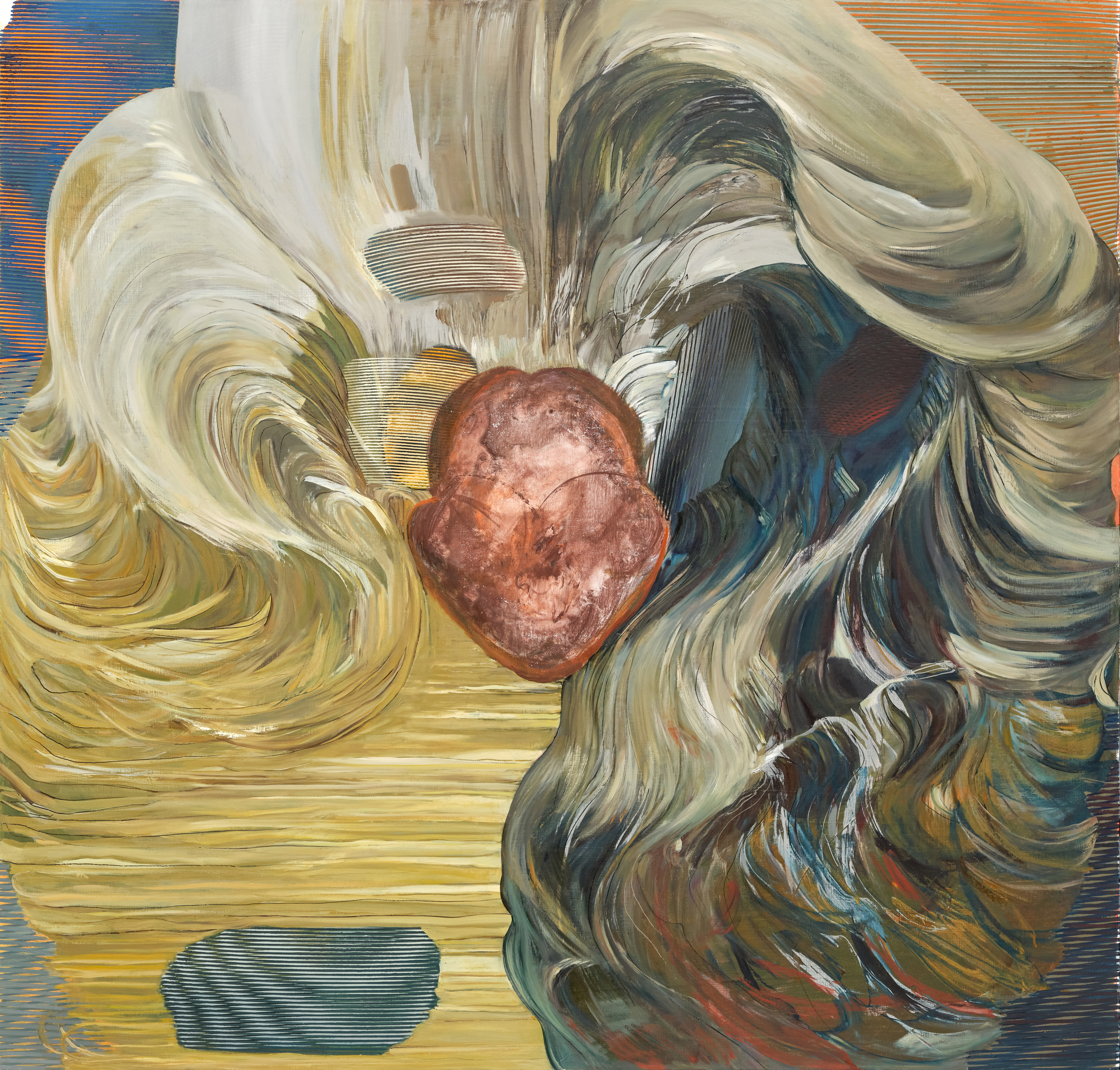
2022
Oil on canvas
111.5 x 116 cm
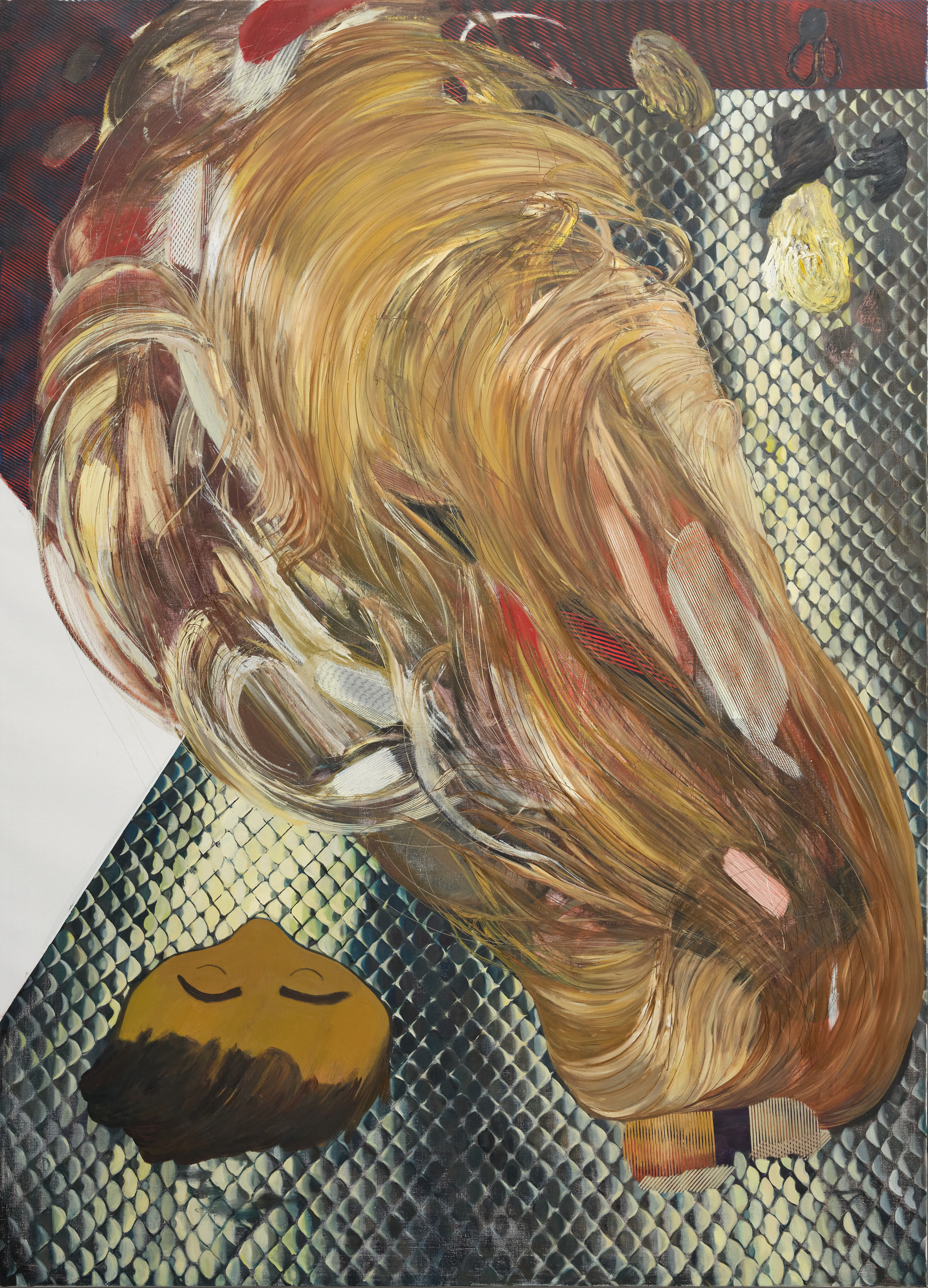
2022
Oil on canvas
180 x 130 cm
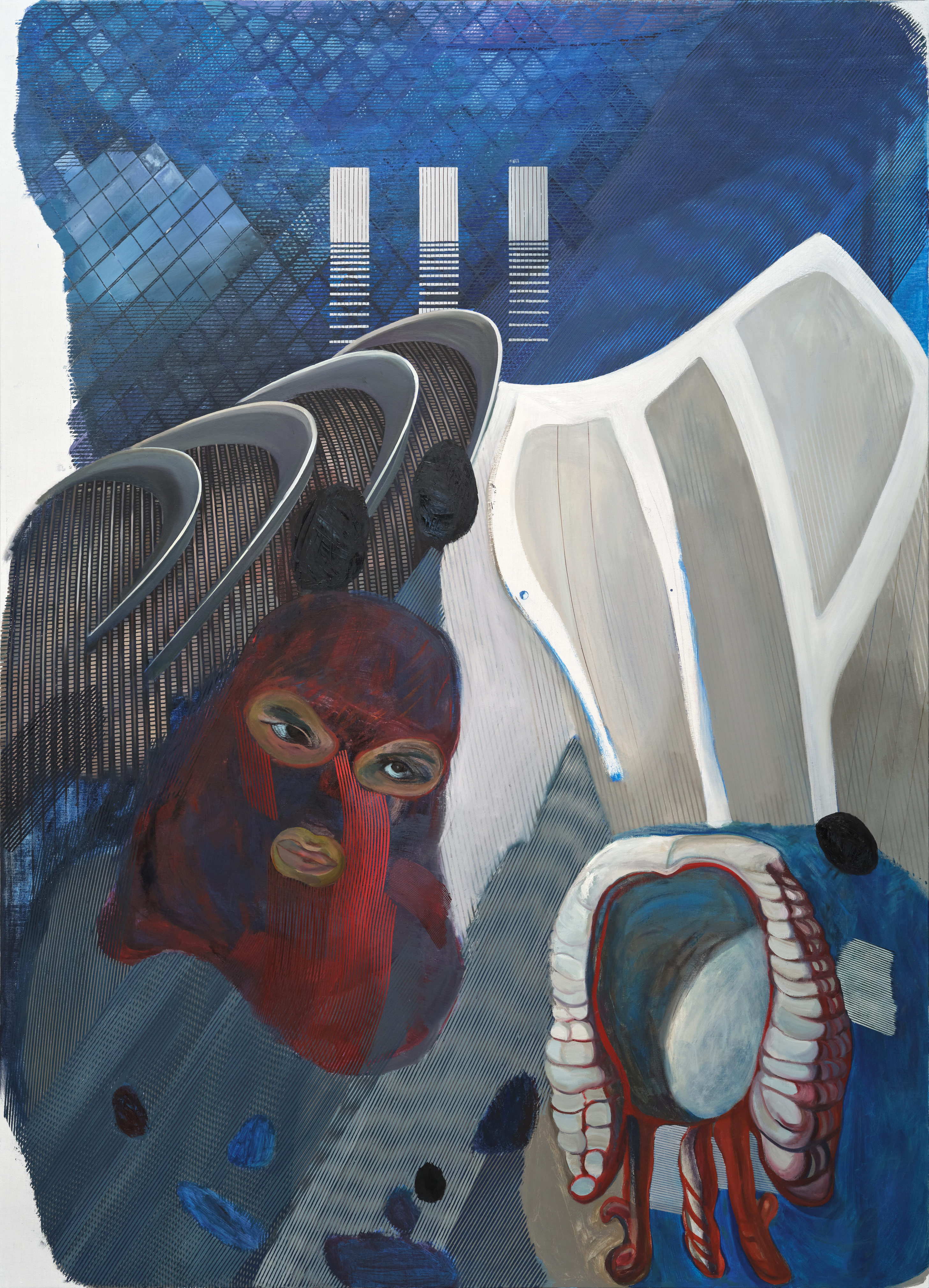
2022
Oil on canvas
180 x 130 cm
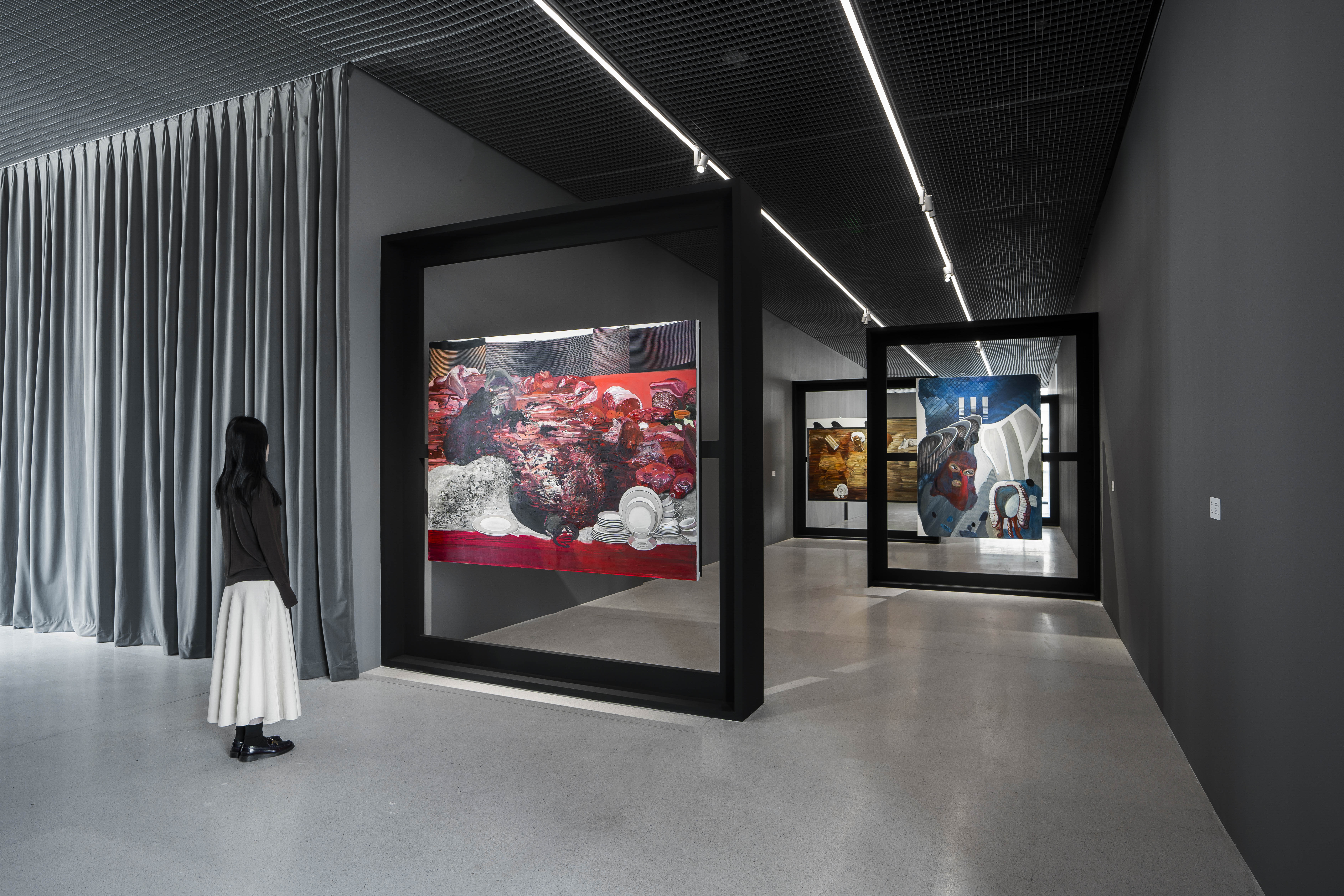
“Painting Unsettled”at UCCA Edge.
Image courtesy UCCA Center for Contemporary Art.
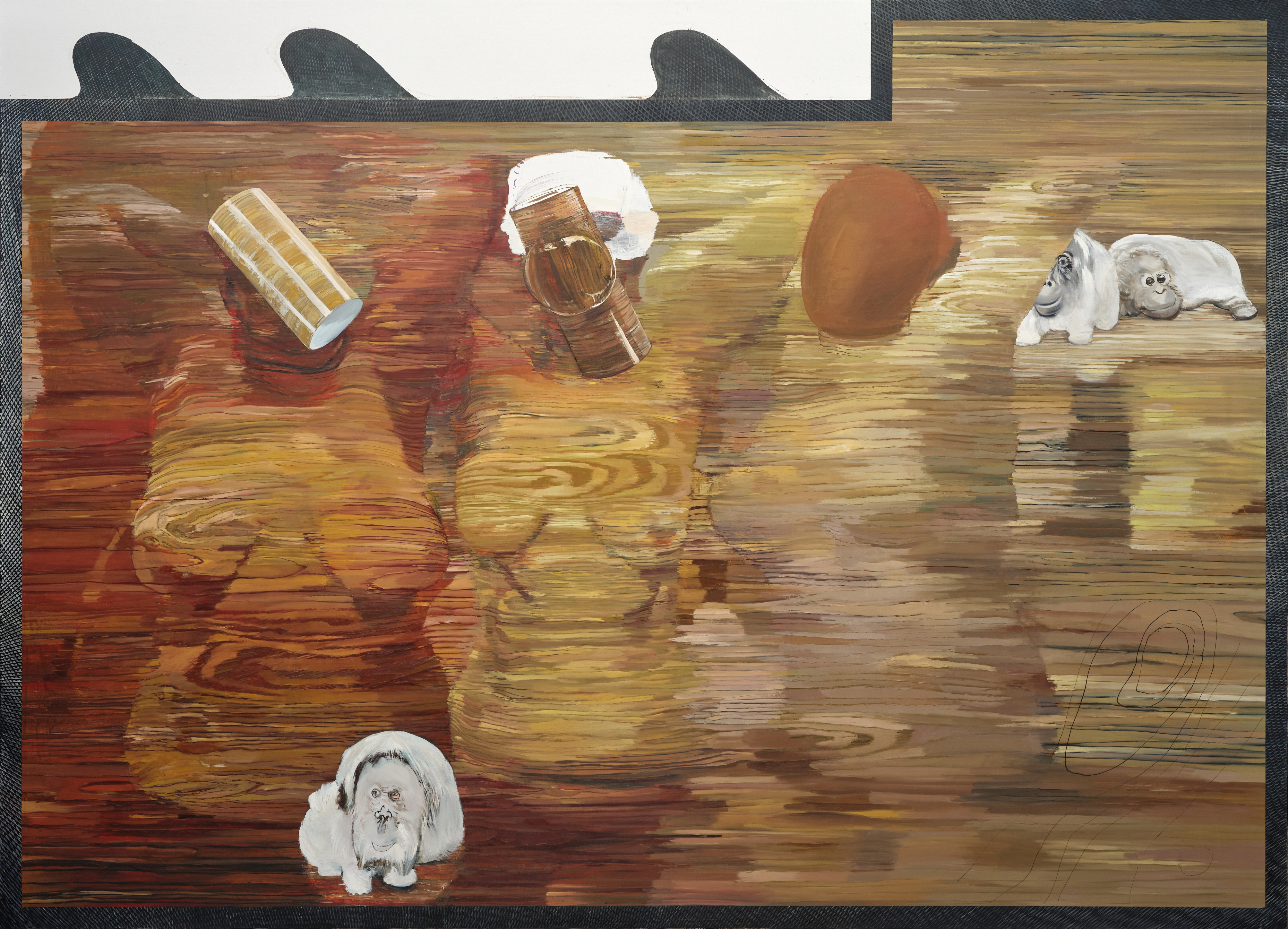
2022
Oil on canvas
155 x 215 cm
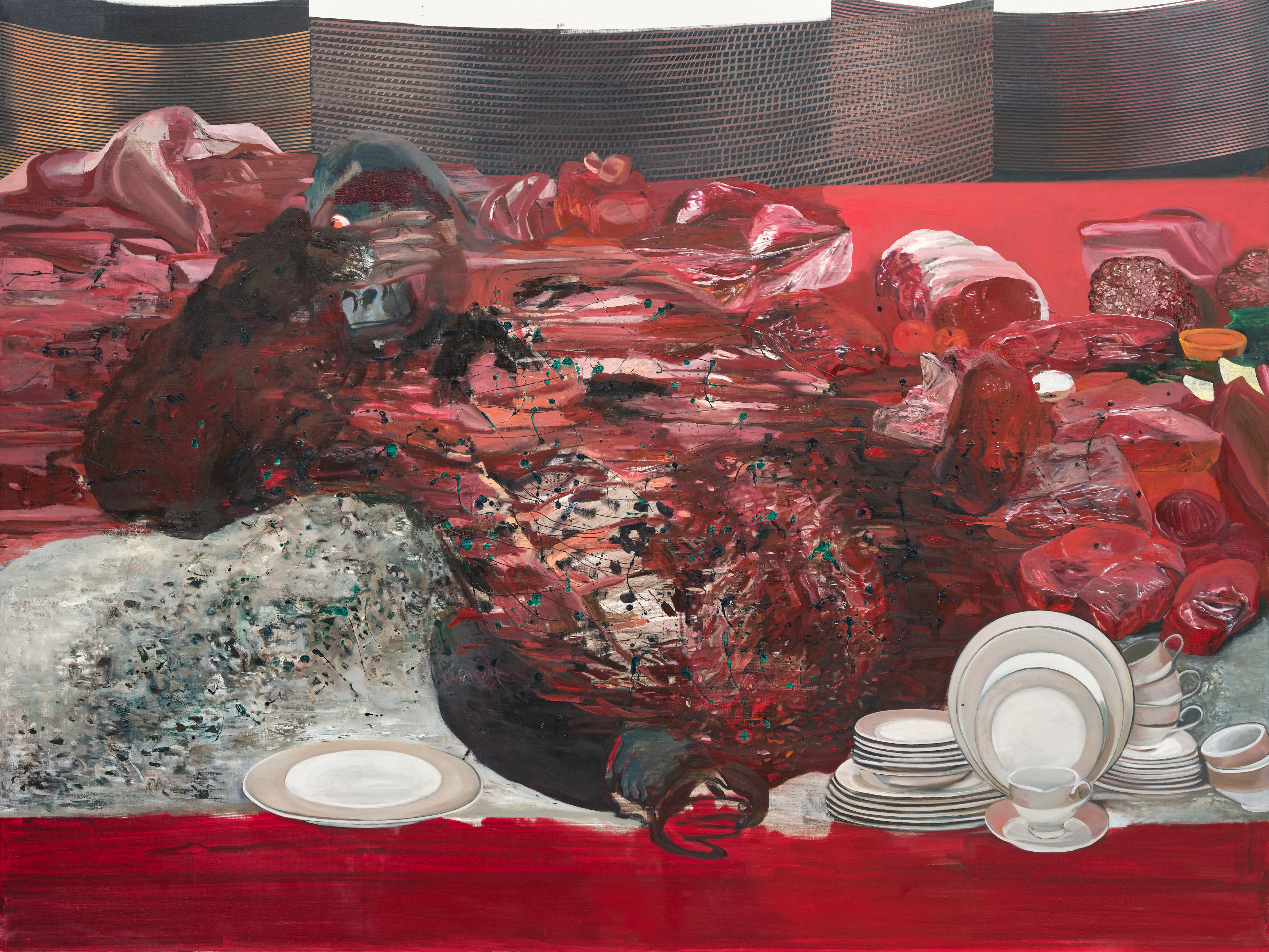
2022
Oil on canvas
150 x 200 cm
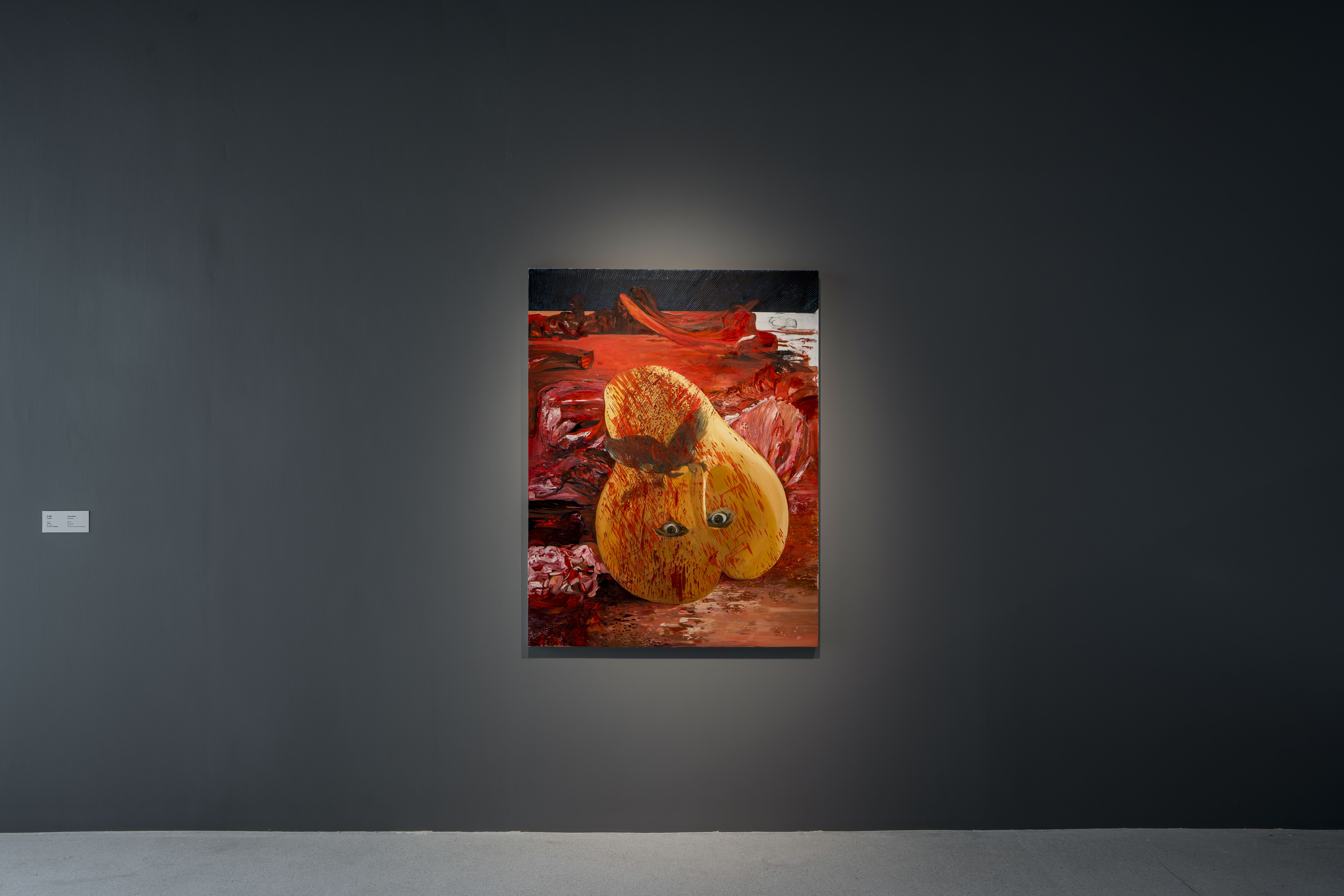
“Painting Unsettled”at UCCA Edge.
Image courtesy UCCA Center for Contemporary Art.

“Tao Hui, Tromarama, Wang Zhibo”, Stevenson Gallery, Amsterdam, 2023.
Image courtesy Stevenson Gallery.
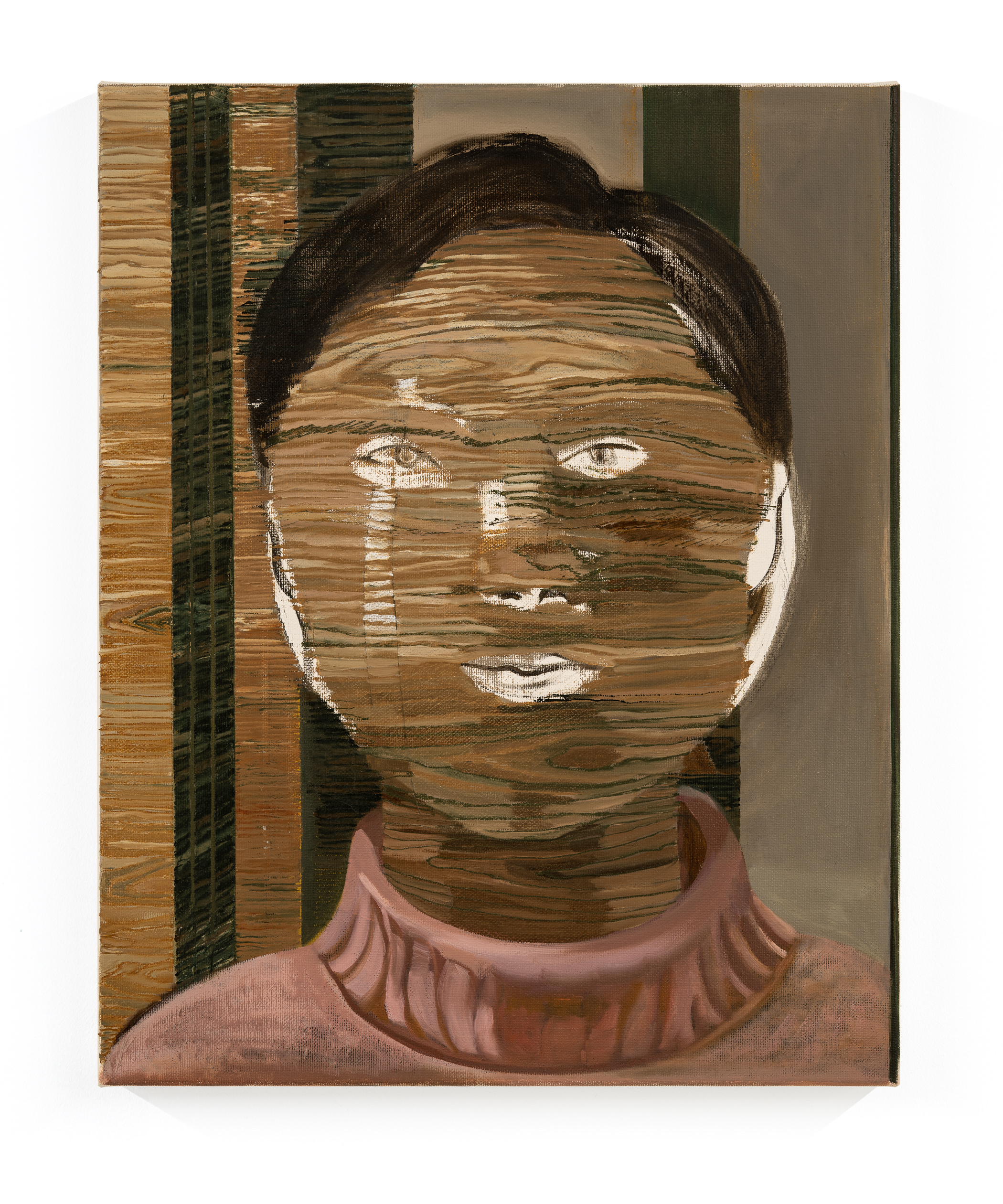
2022
Oil on canvas
50 x 40 cm

2022
Oil and acrylic on canvas
150 x 115 cm

2022
Oil and acrylic on canvas
135 x 180 cm
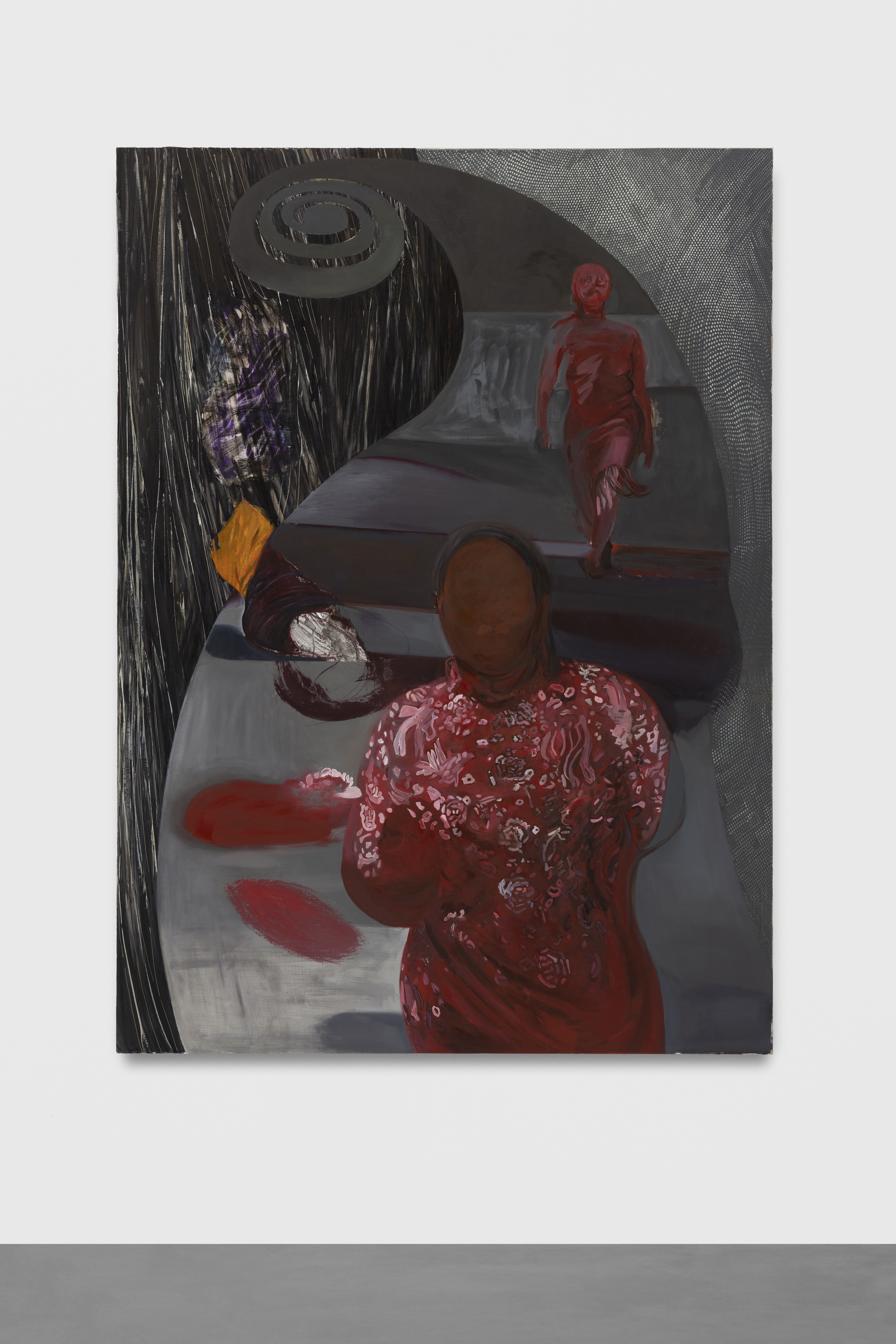
2021
Oil and acrylic on canvas
180 x 130 cm
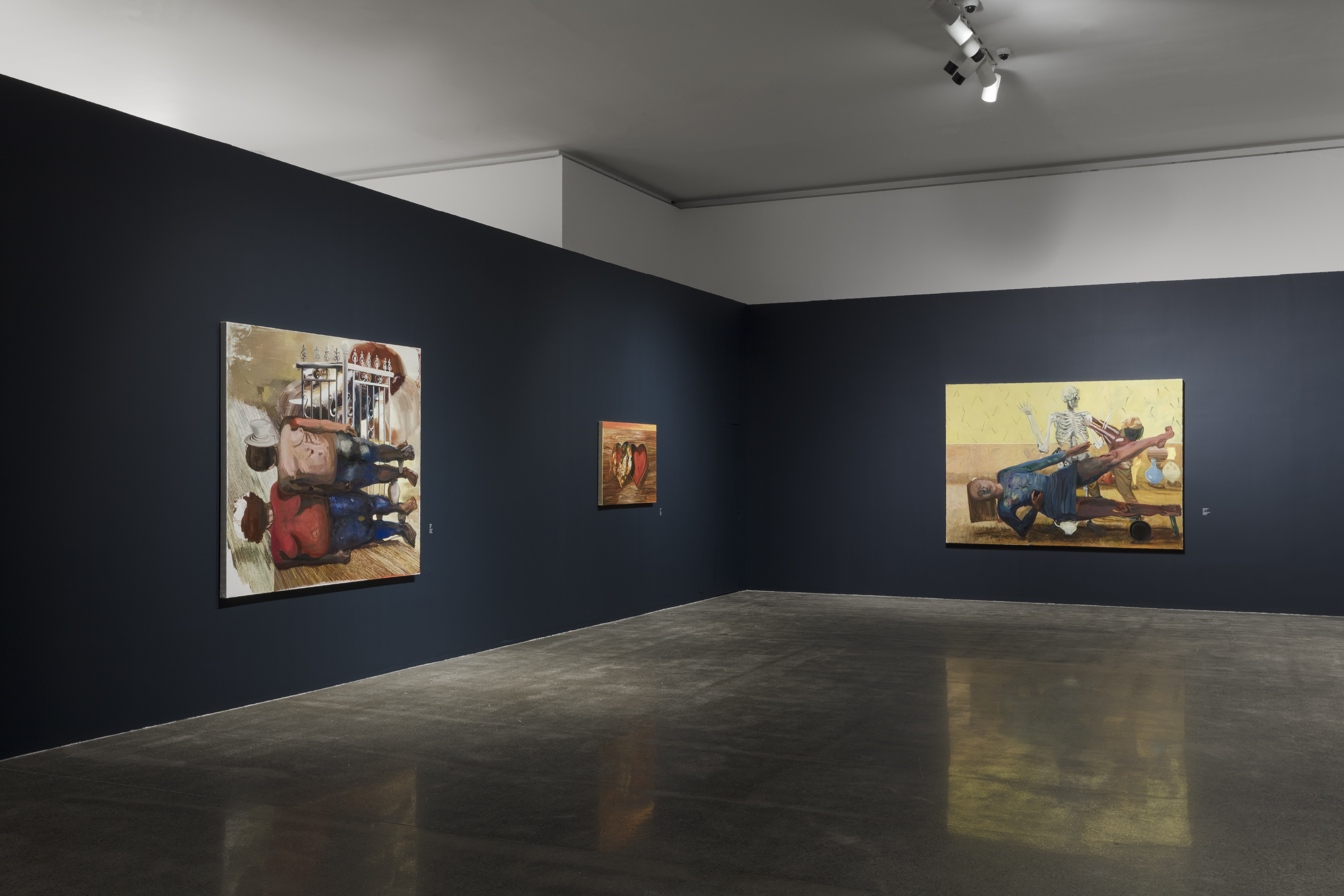
‘Actor: Talking, Imitating, Teasing and Singing’, Gallery Weekend Beijing, 2021.
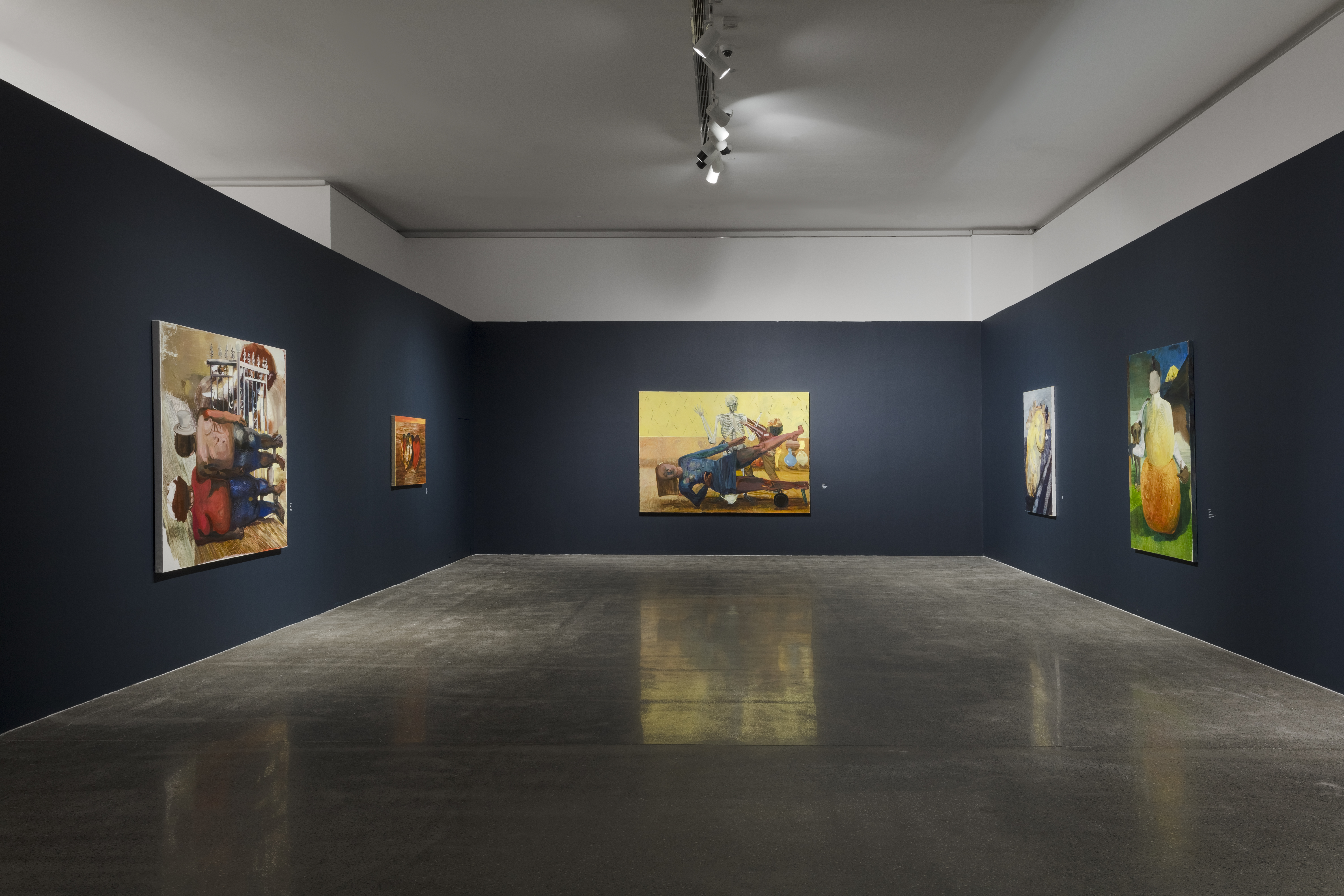
‘Actor: Talking, Imitating, Teasing and Singing’, Gallery Weekend Beijing, 2021.
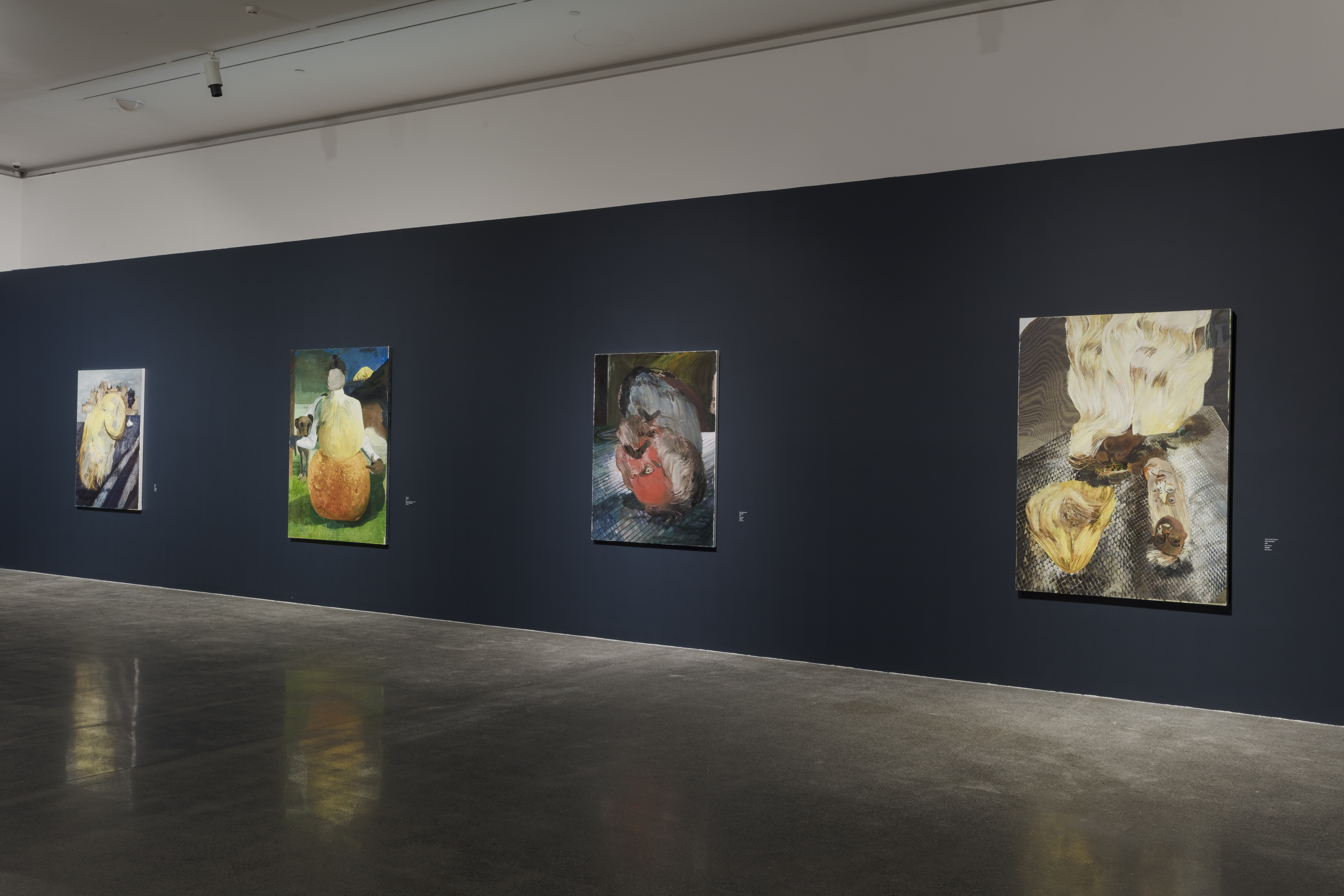
‘Actor: Talking, Imitating, Teasing and Singing’, Gallery Weekend Beijing, 2021.
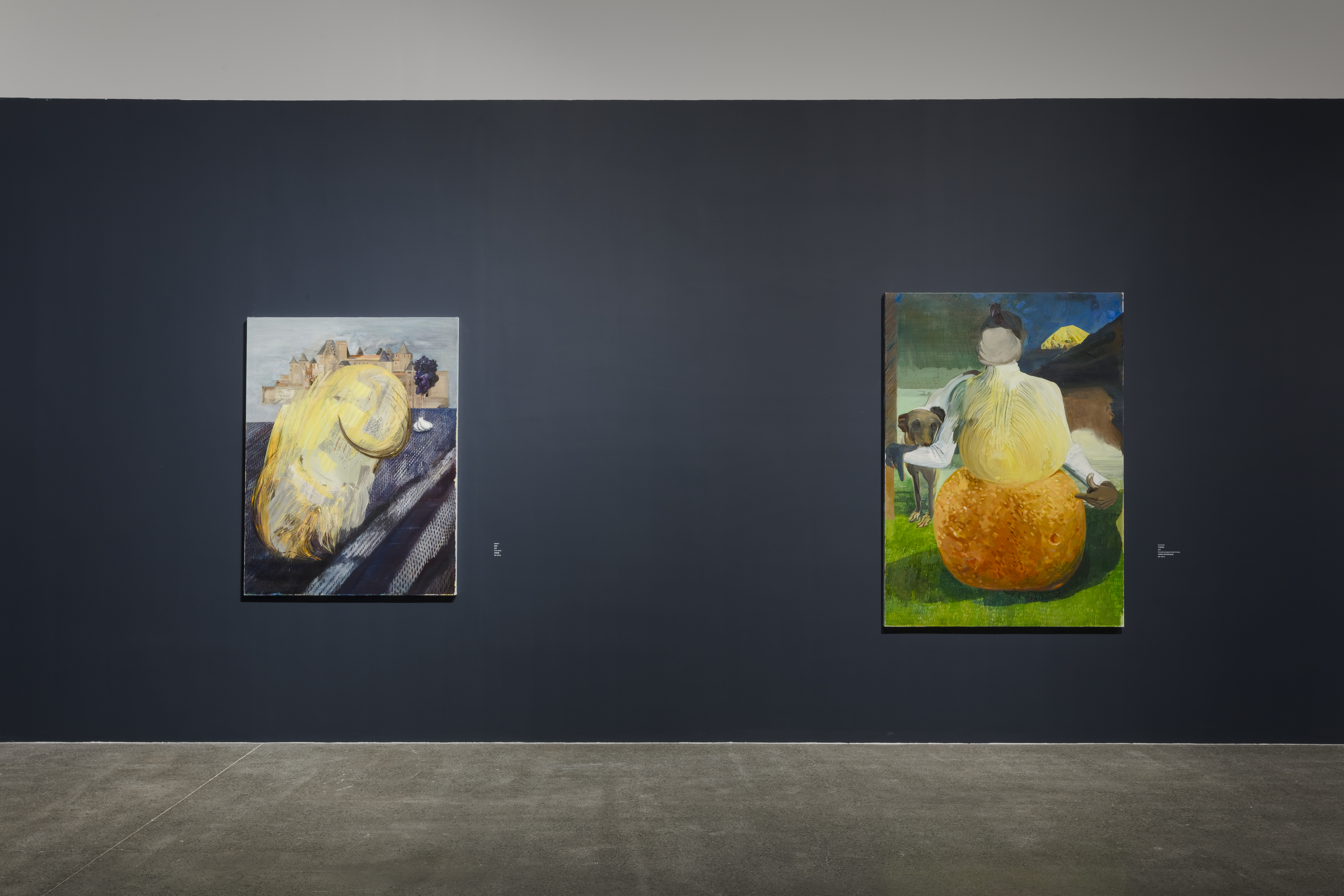
‘Actor: Talking, Imitating, Teasing and Singing’, Gallery Weekend Beijing, 2021.

‘Actor: Talking, Imitating, Teasing and Singing’, Gallery Weekend Beijing, 2021.
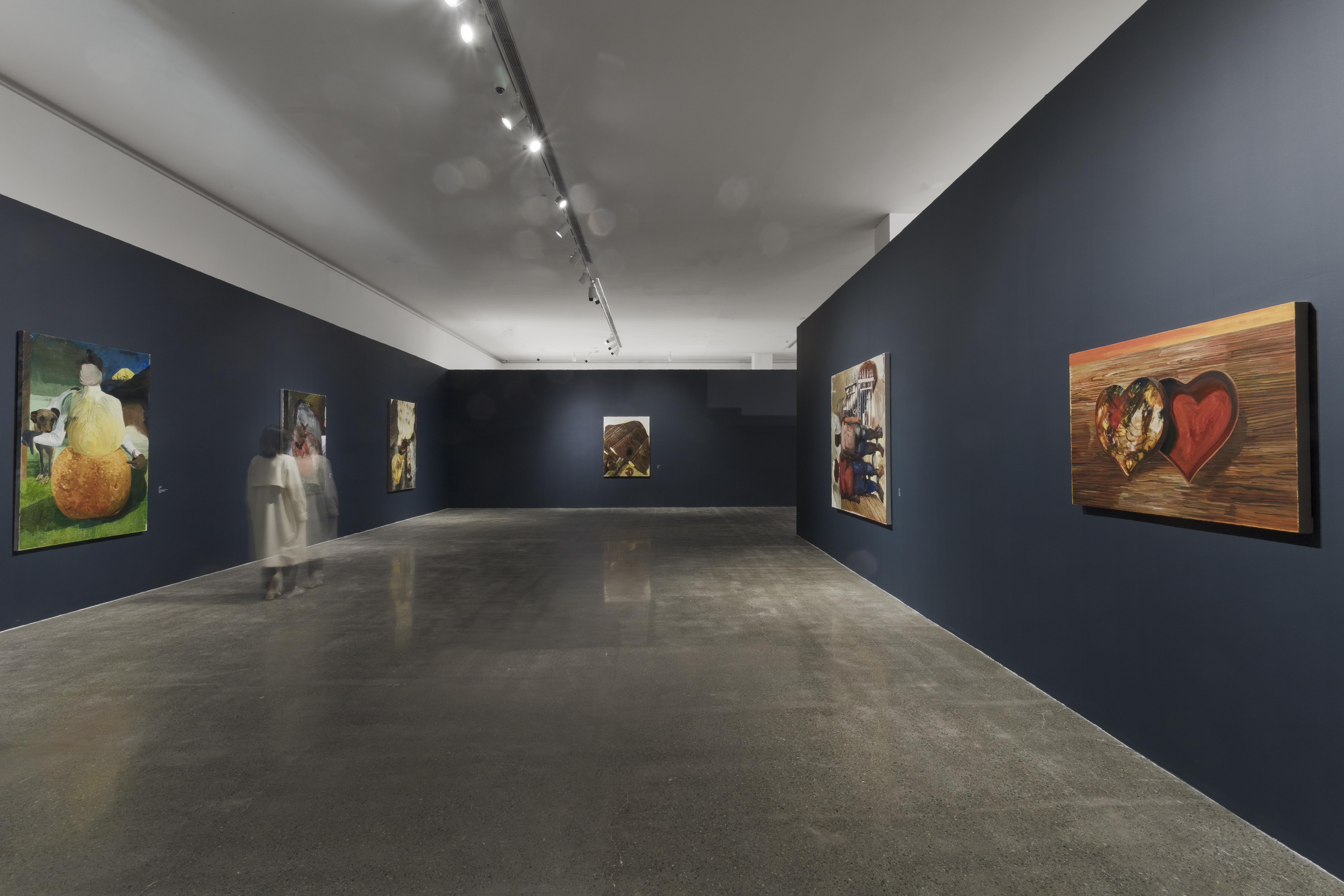
‘Actor: Talking, Imitating, Teasing and Singing’, Gallery Weekend Beijing, 2021.
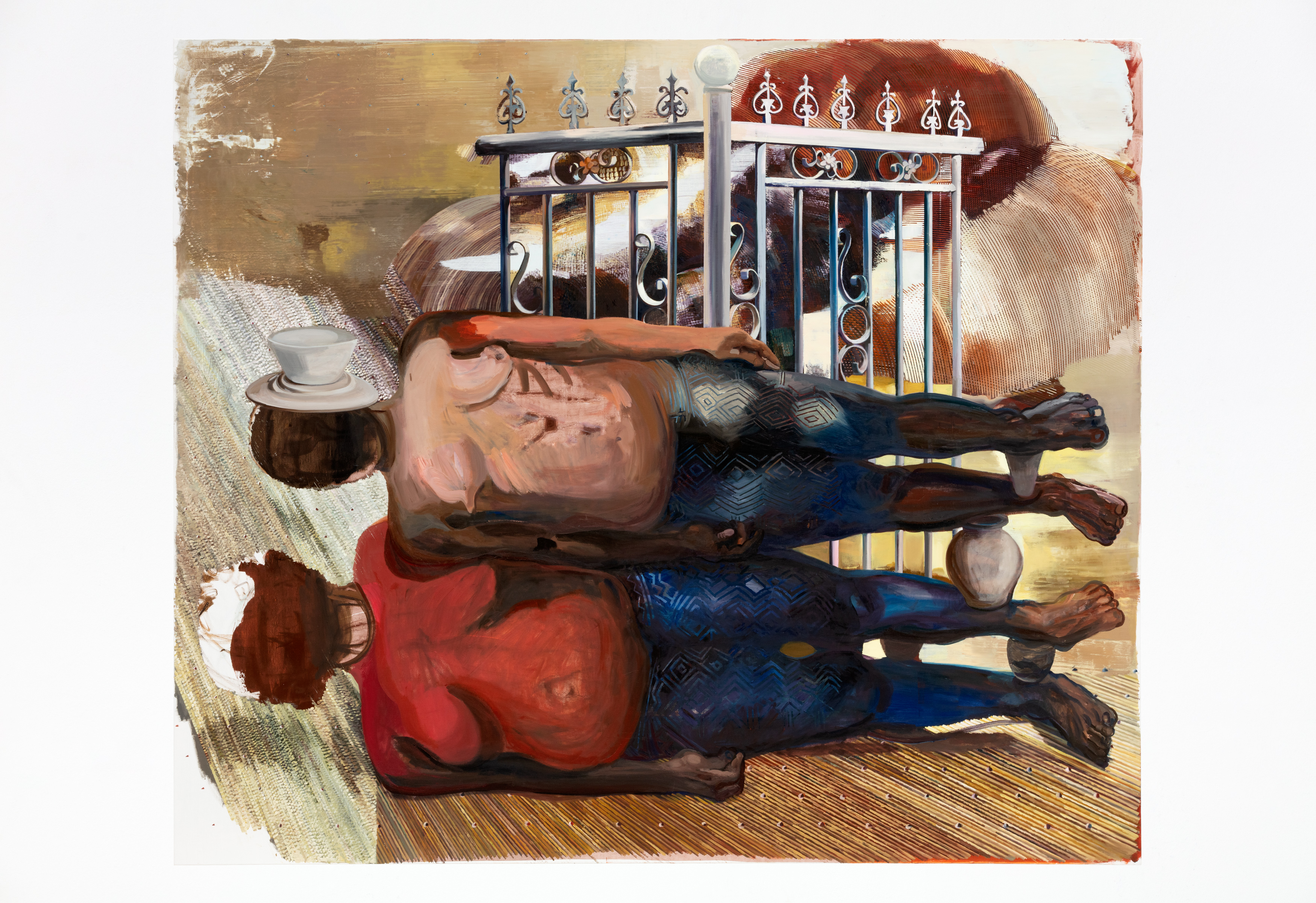
2020
Oil on canvas
170 × 200 cm

2021
Oil on canvas
150 × 115 cm
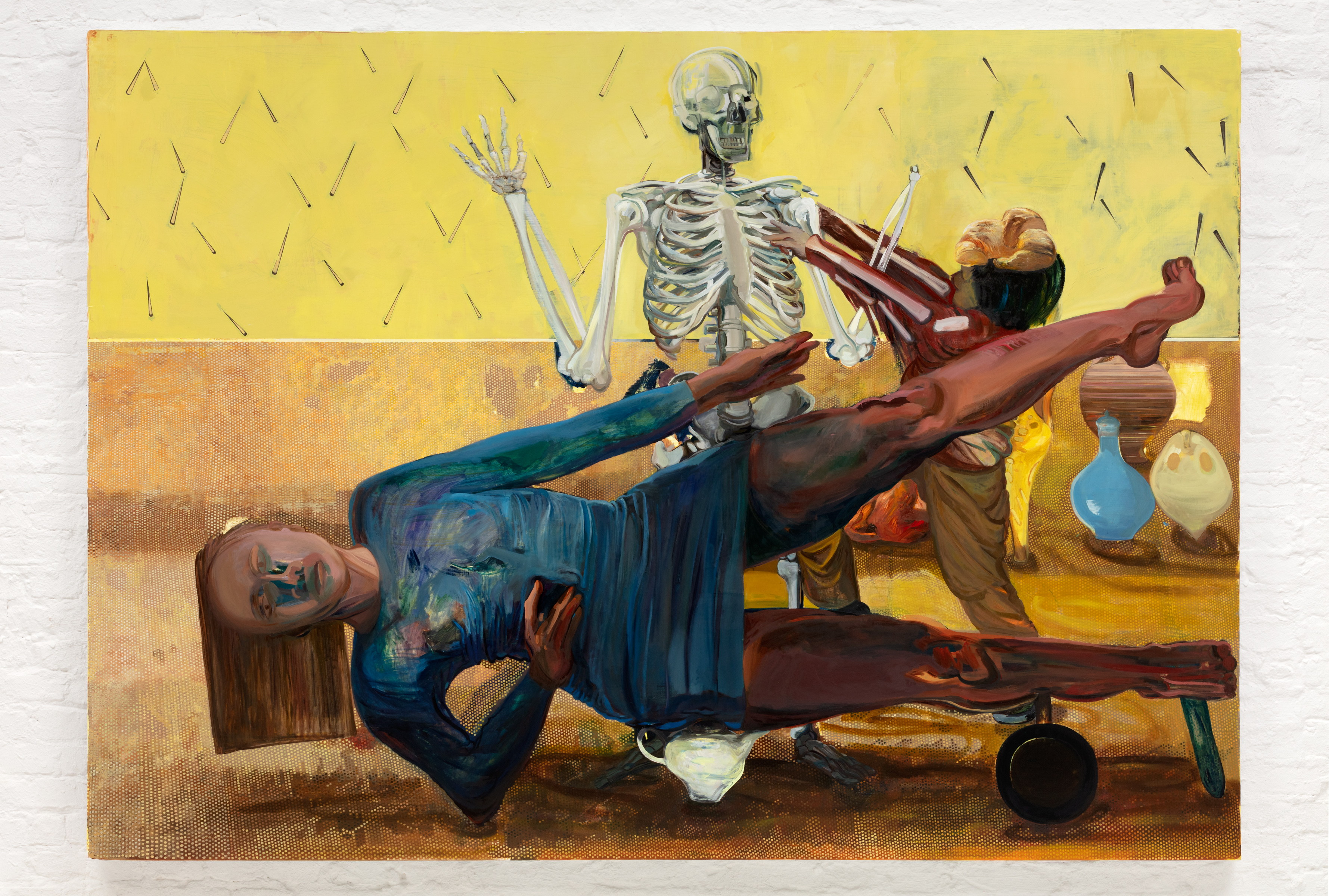
2021
Oil and acrylic on canvas
180 × 250 cm
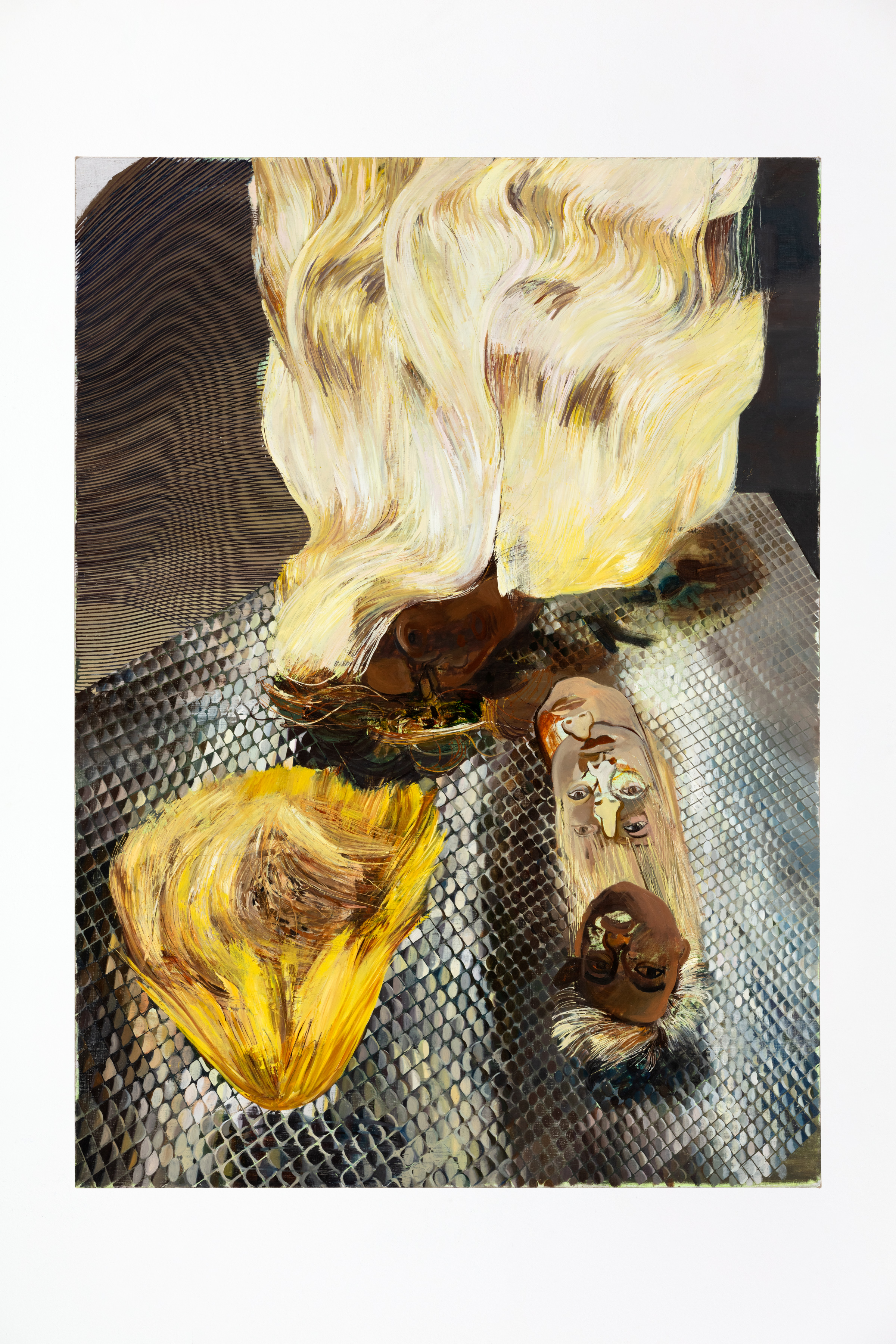
2020
Oil on canvas
180 × 130 cm
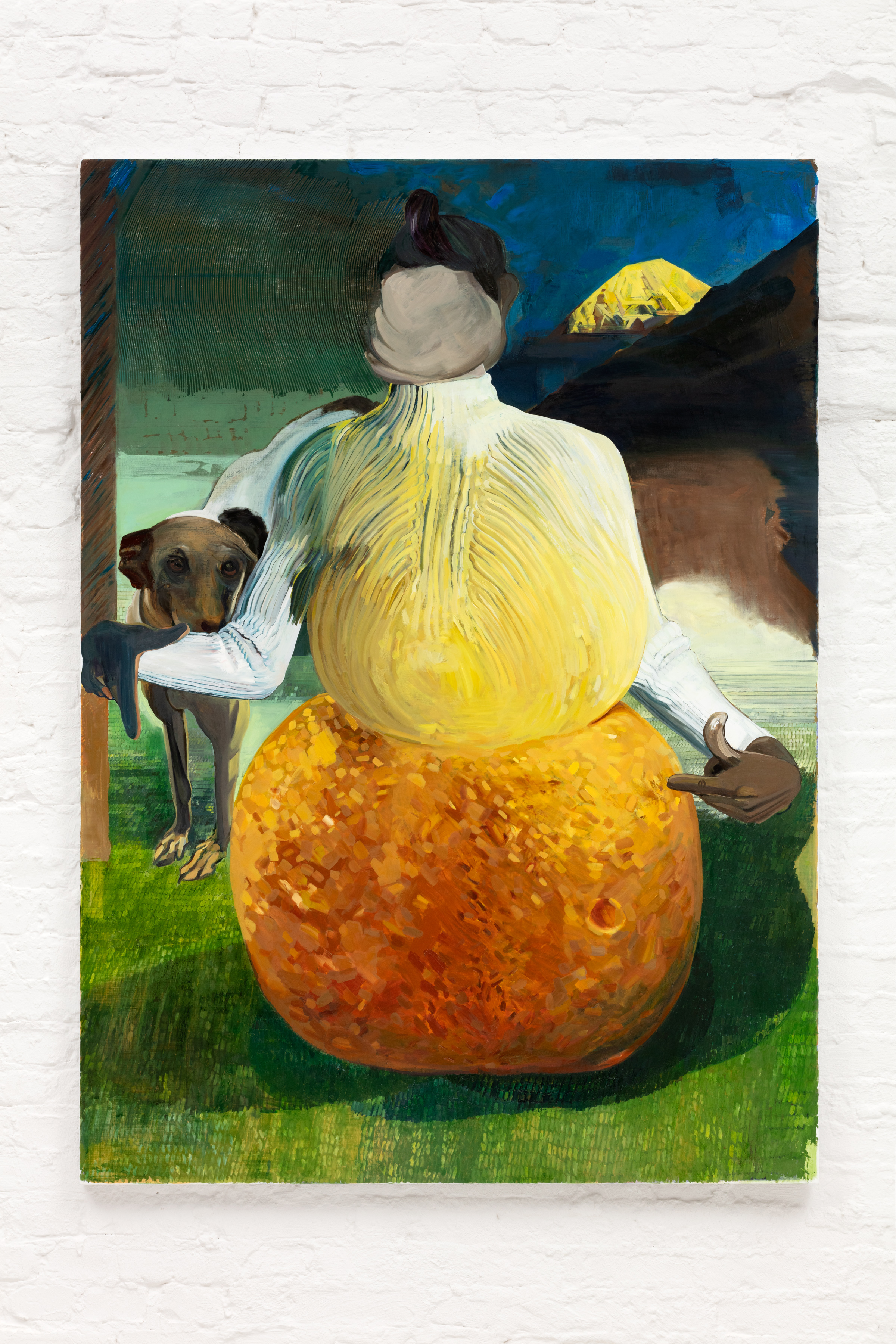
2021
Oil, acrylic and pigment ink pen on canvas
180 × 130 cm

2021
Oil on canvas
80 × 120 cm
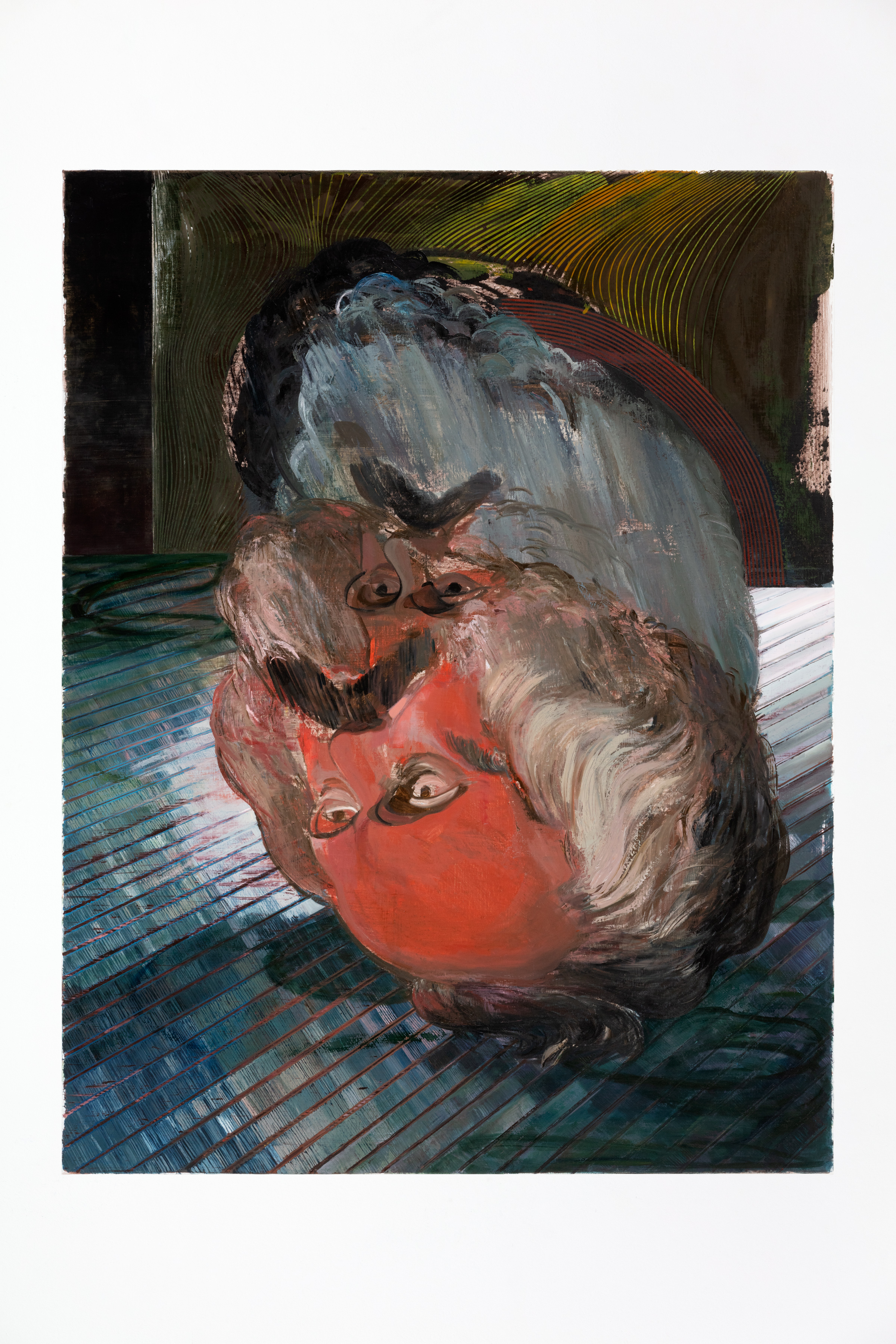
2020
Oil on canvas
150 × 115 cm
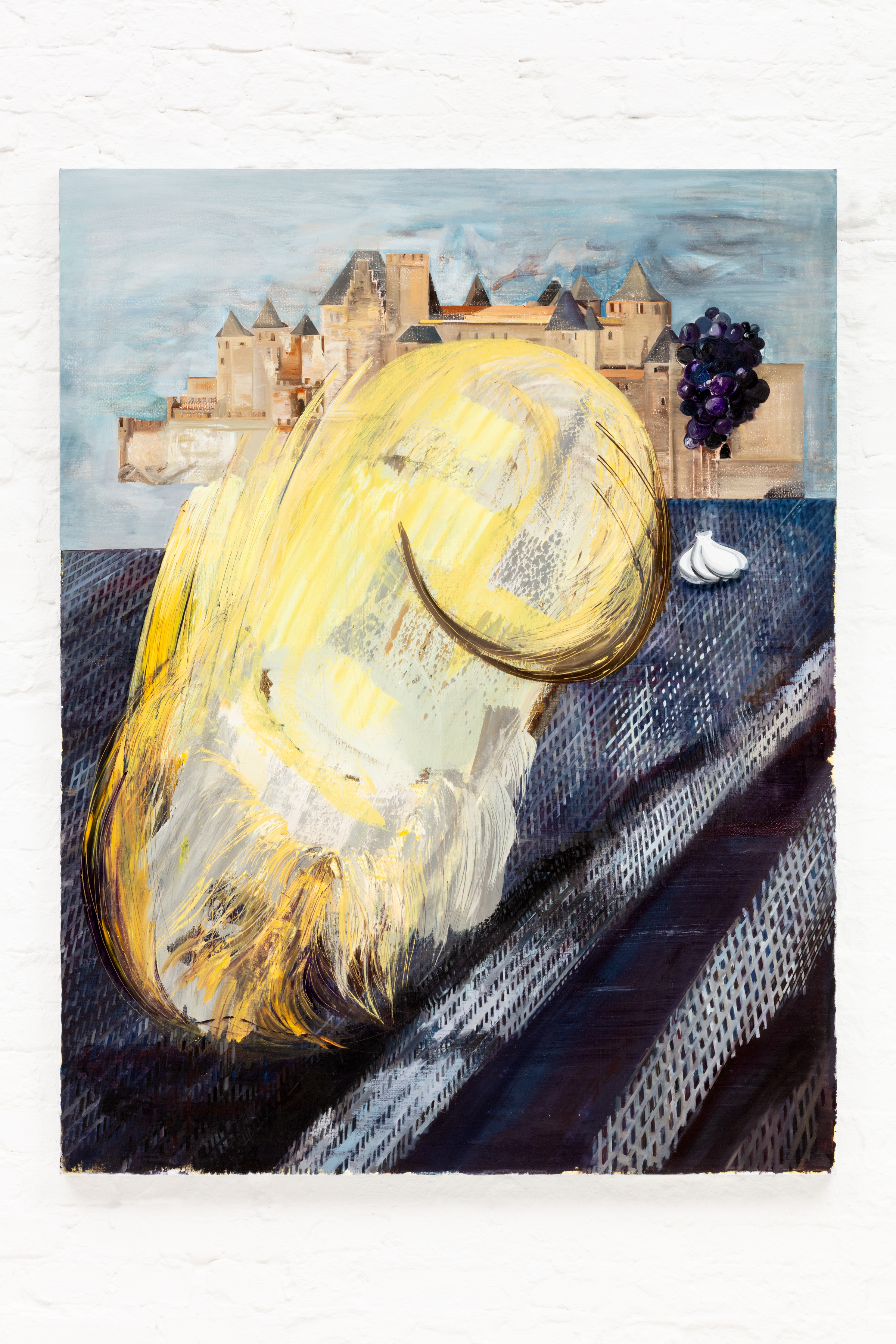
2021
Oil on canvas
150 × 115 cm

2020
Oil on canvas
180 x 130 cm
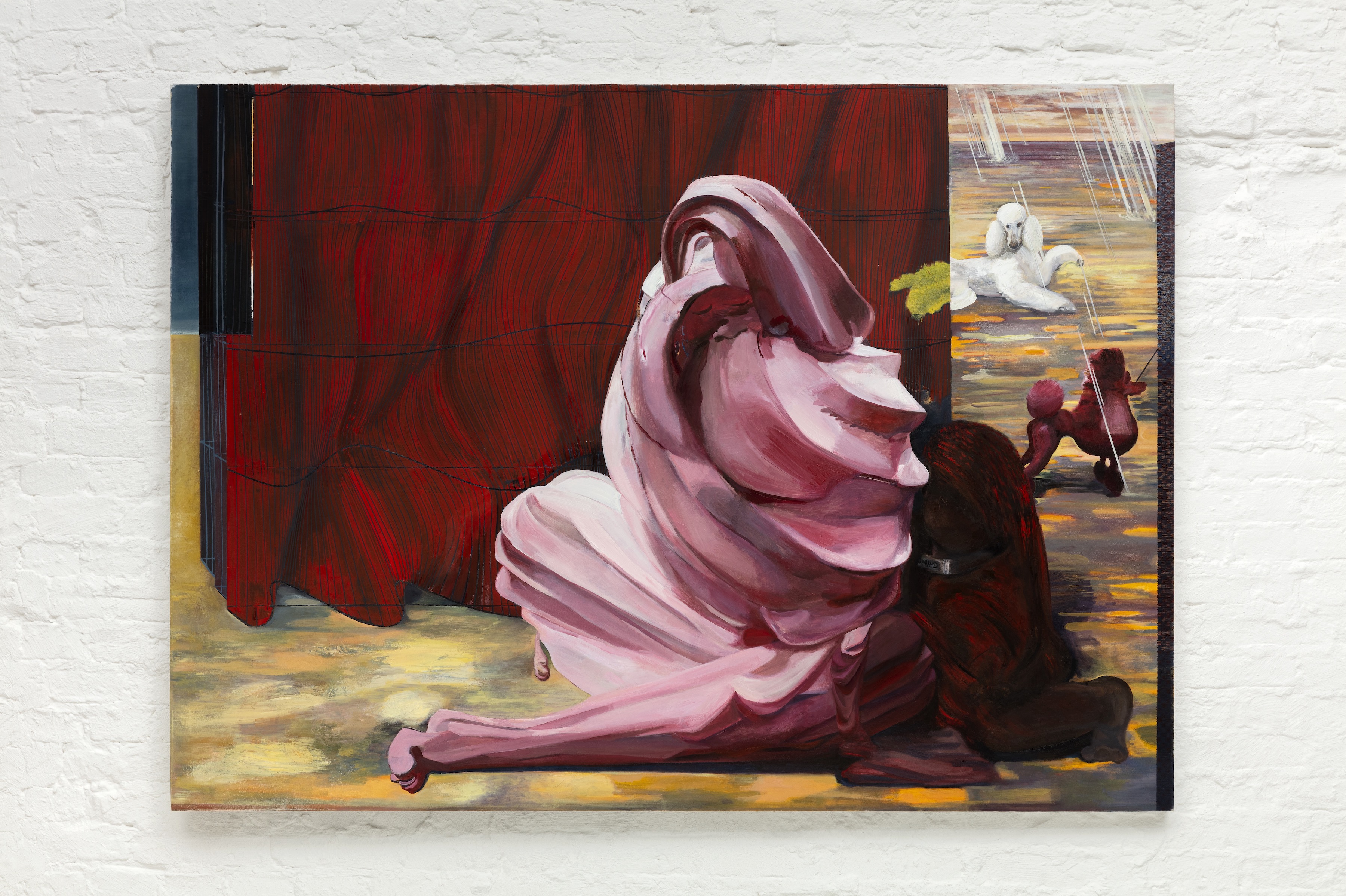
2020
Oil and pigmented ink pen on canvas
134 x 185 cm
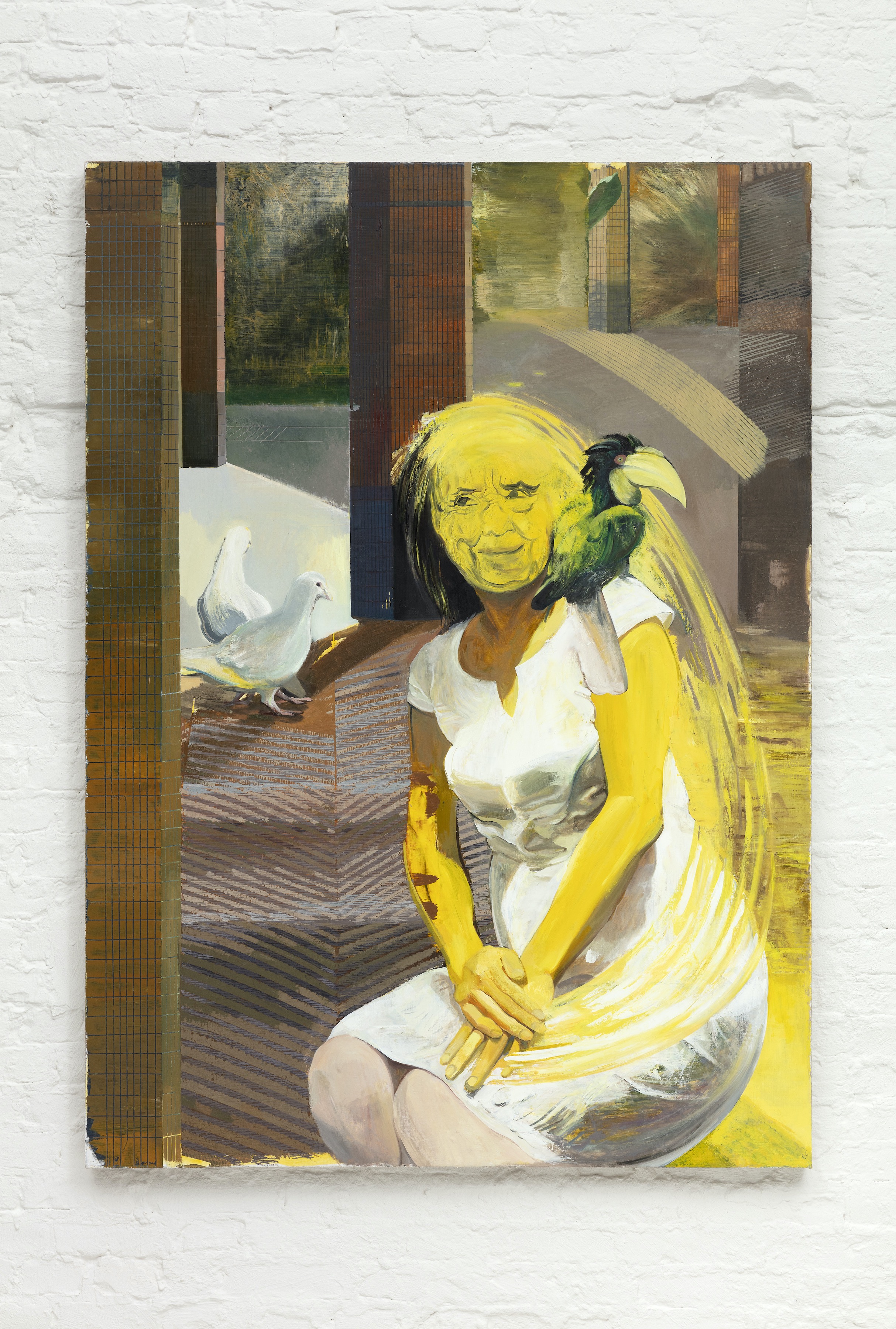
2020
Oil on canvas
180 x 130 cm
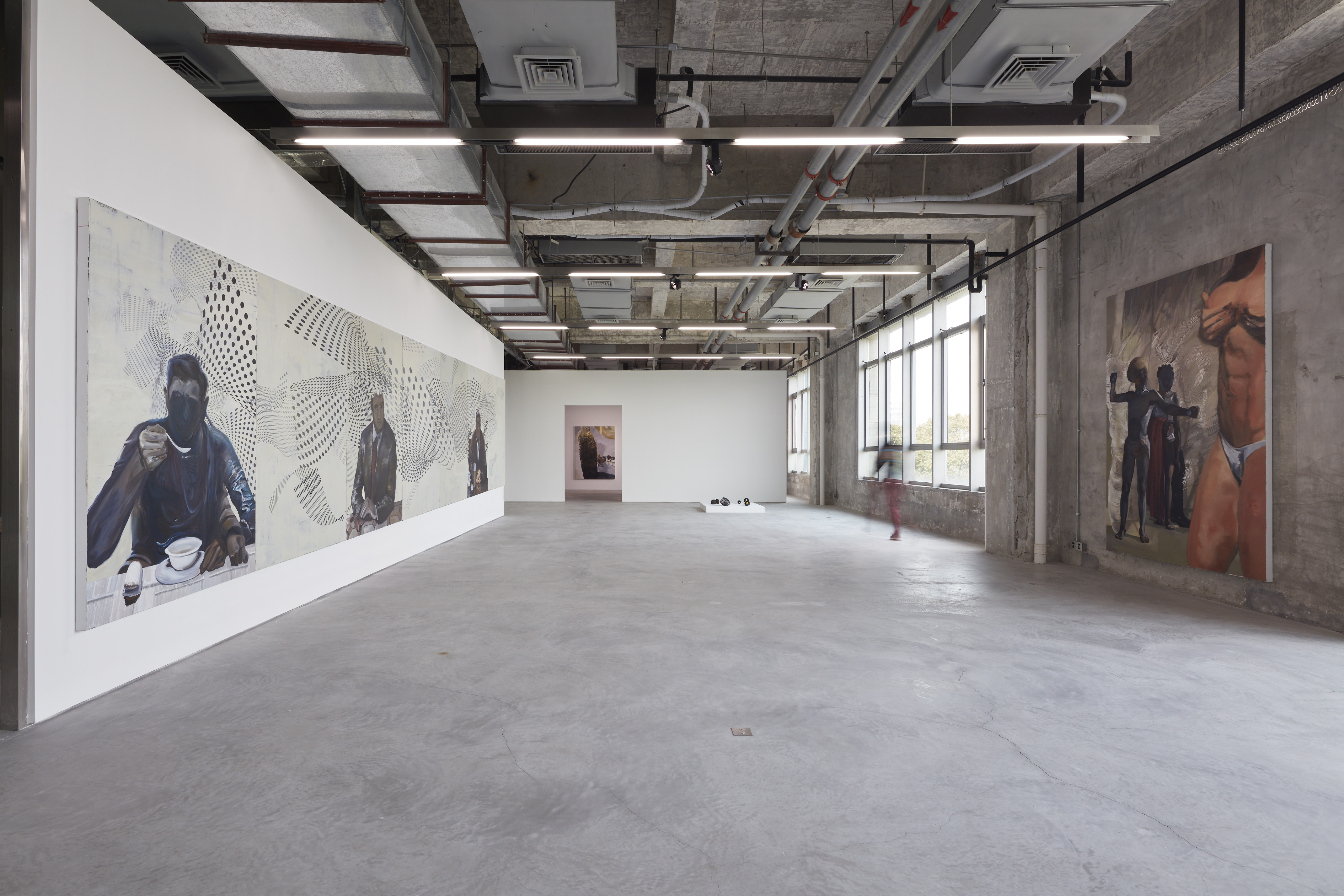
‘He no longer looks human’ at Edouard Malingue Gallery, Shanghai
2018
Photographed by Zhang Hong

‘He no longer looks human’ at Edouard Malingue Gallery, Shanghai
2018
Photographed by Zhang Hong
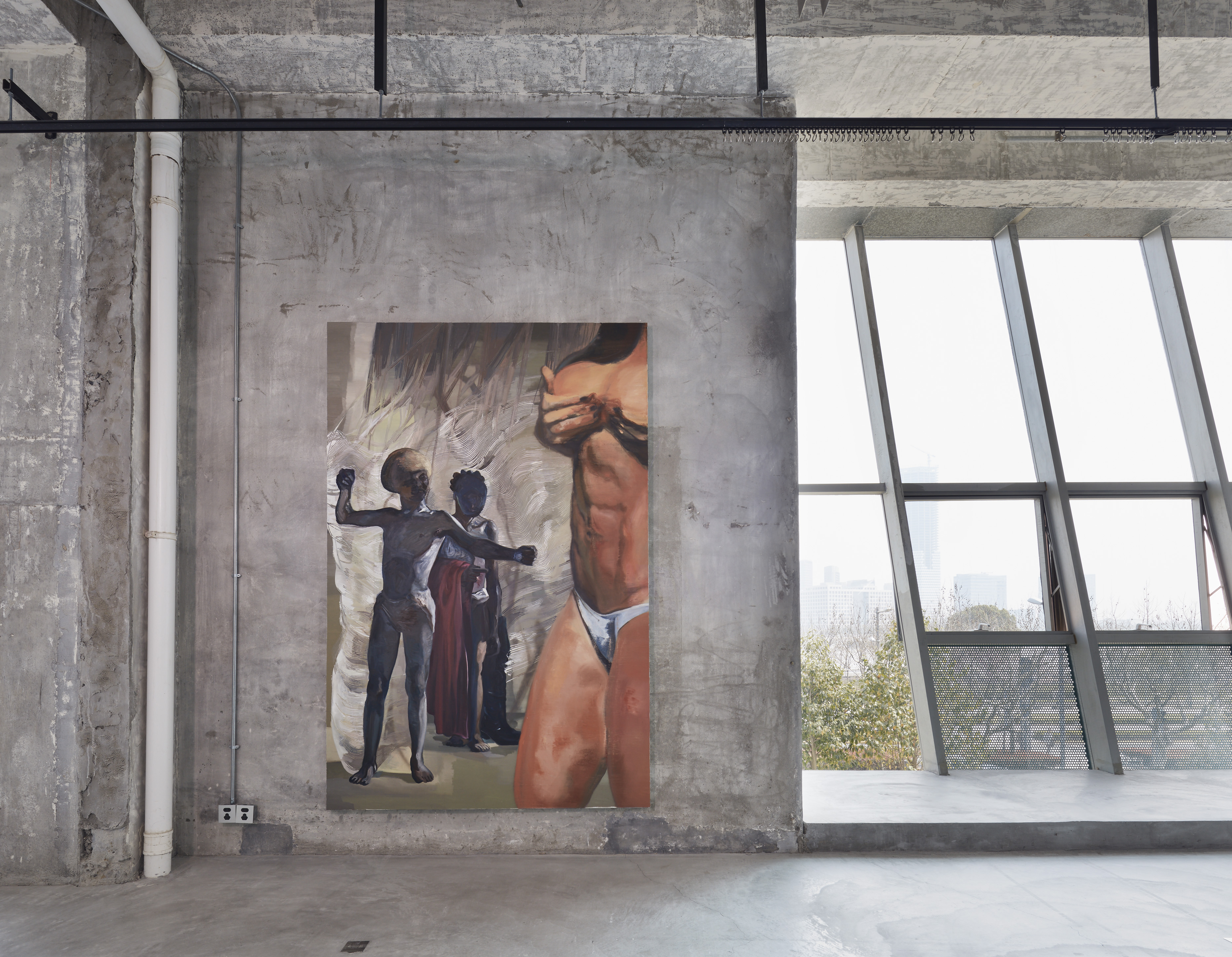
‘He no longer looks human’ at Edouard Malingue Gallery, Shanghai
2018
Photographed by Zhang Hong
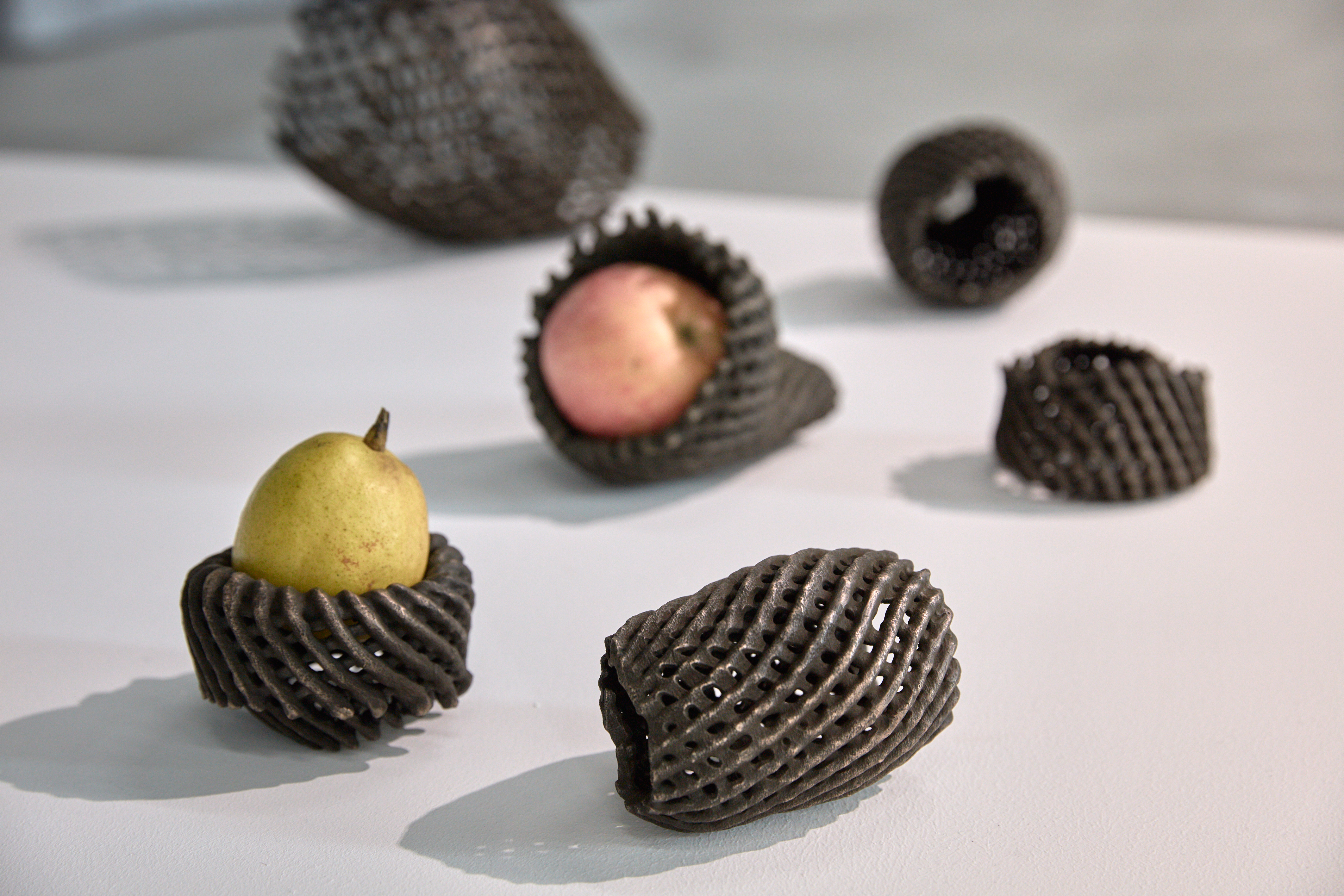
2018
Bronze casted sculptures, fruits
Dimensions variable
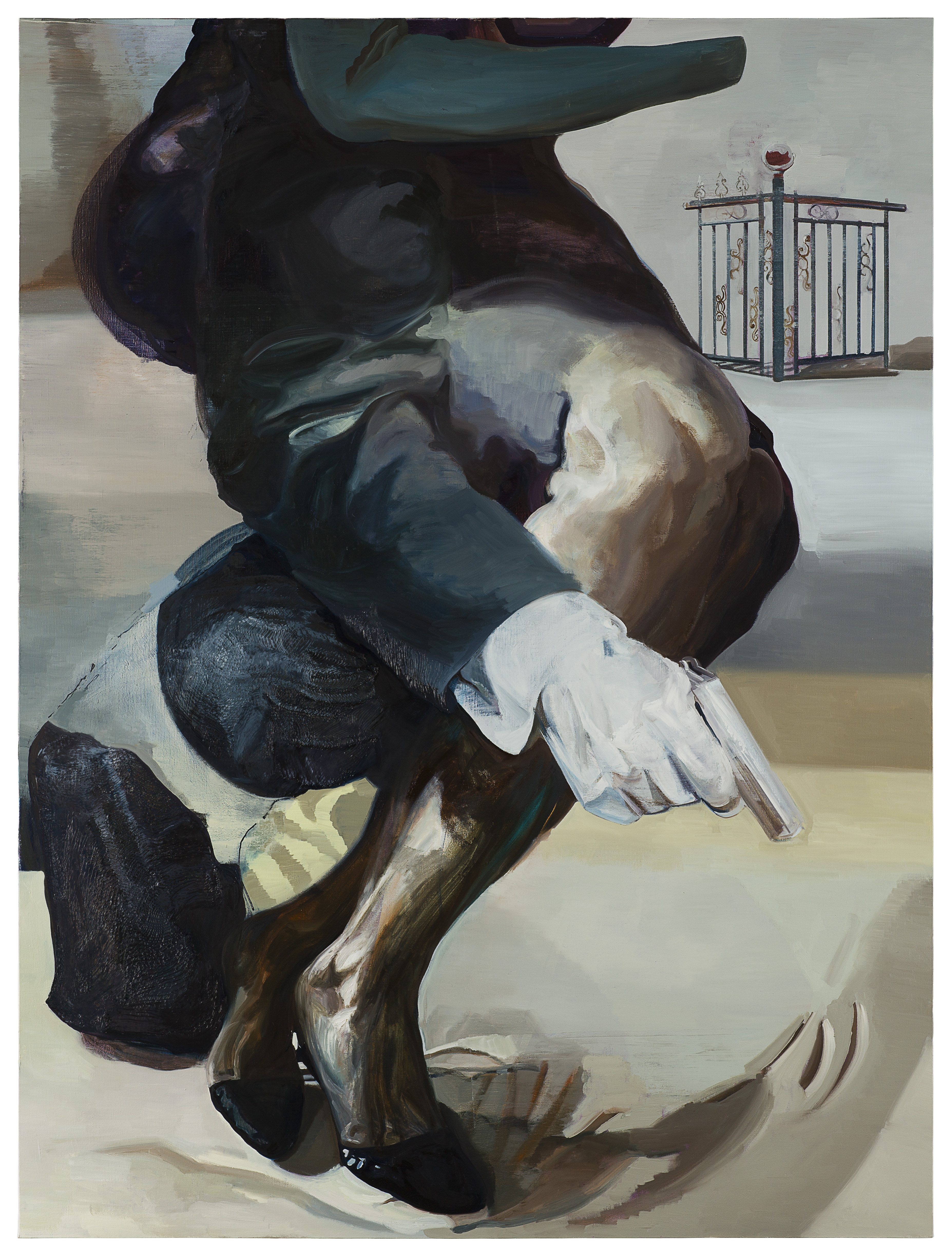
2018
Oil on canvas
135 x 180 cm
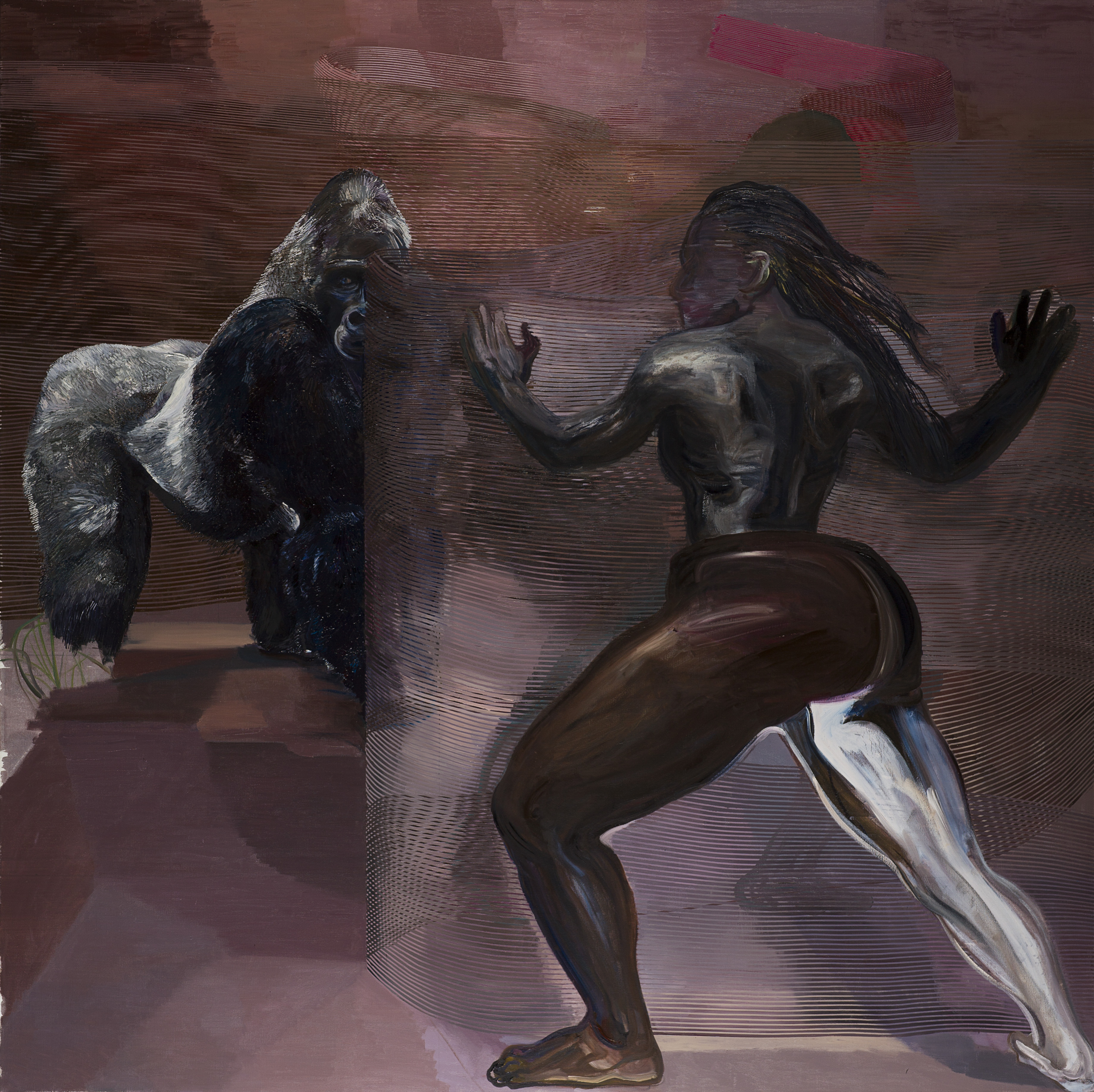
2018
Acrylic and oil on canvas
200 x 200 cm

2018
Oil on canvas
115 x 200 cm
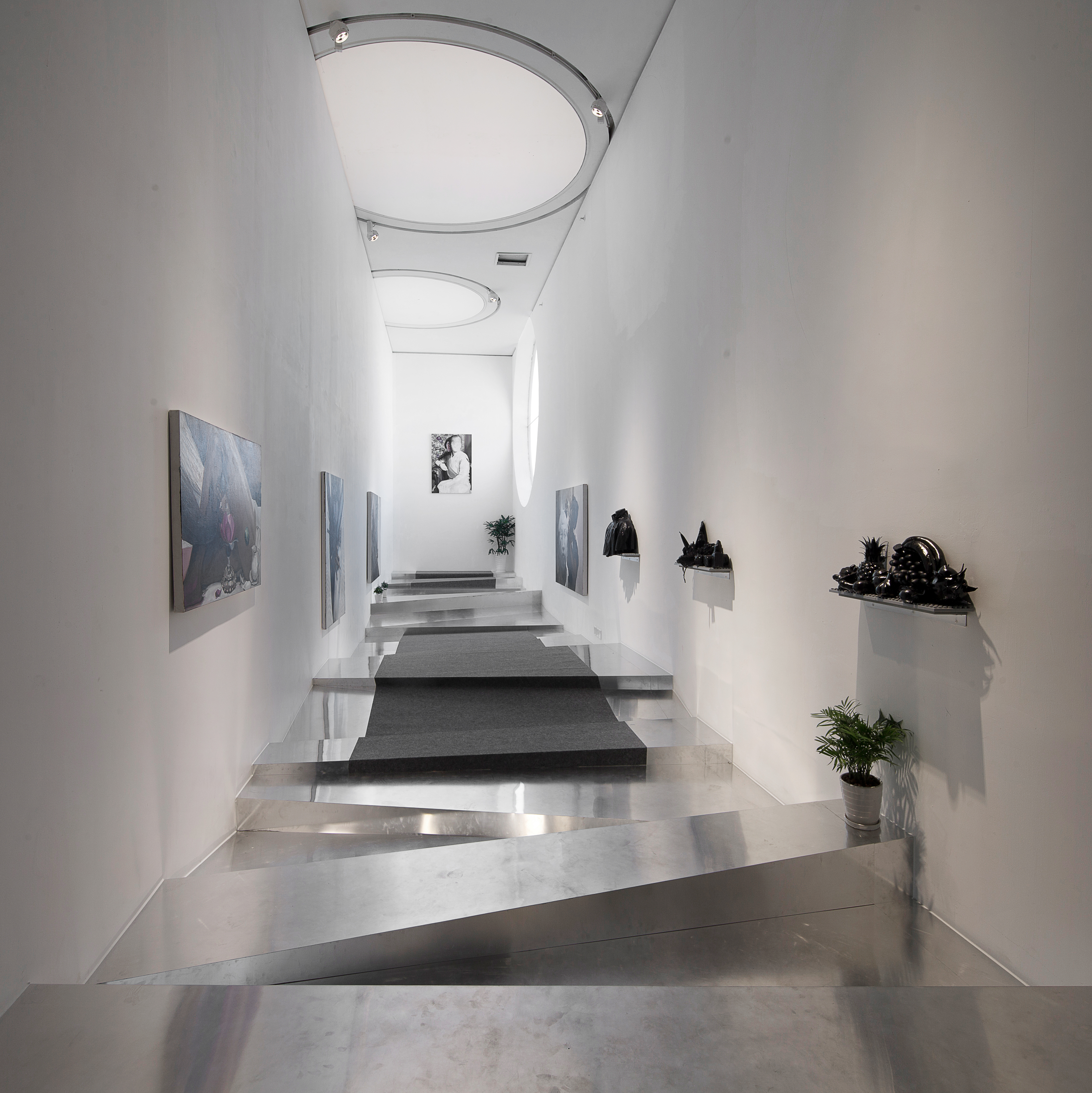
Installation View at ‘PAN YULIANG: A JOURNEY TO SILENCE’
Times Museum, Guangzhou, China, 2017
Image courtesy of Times Museum, Guangzhou

Installation View at ‘PAN YULIANG: A JOURNEY TO SILENCE’
Times Museum, Guangzhou, China, 2017
Image courtesy of Times Museum, Guangzhou
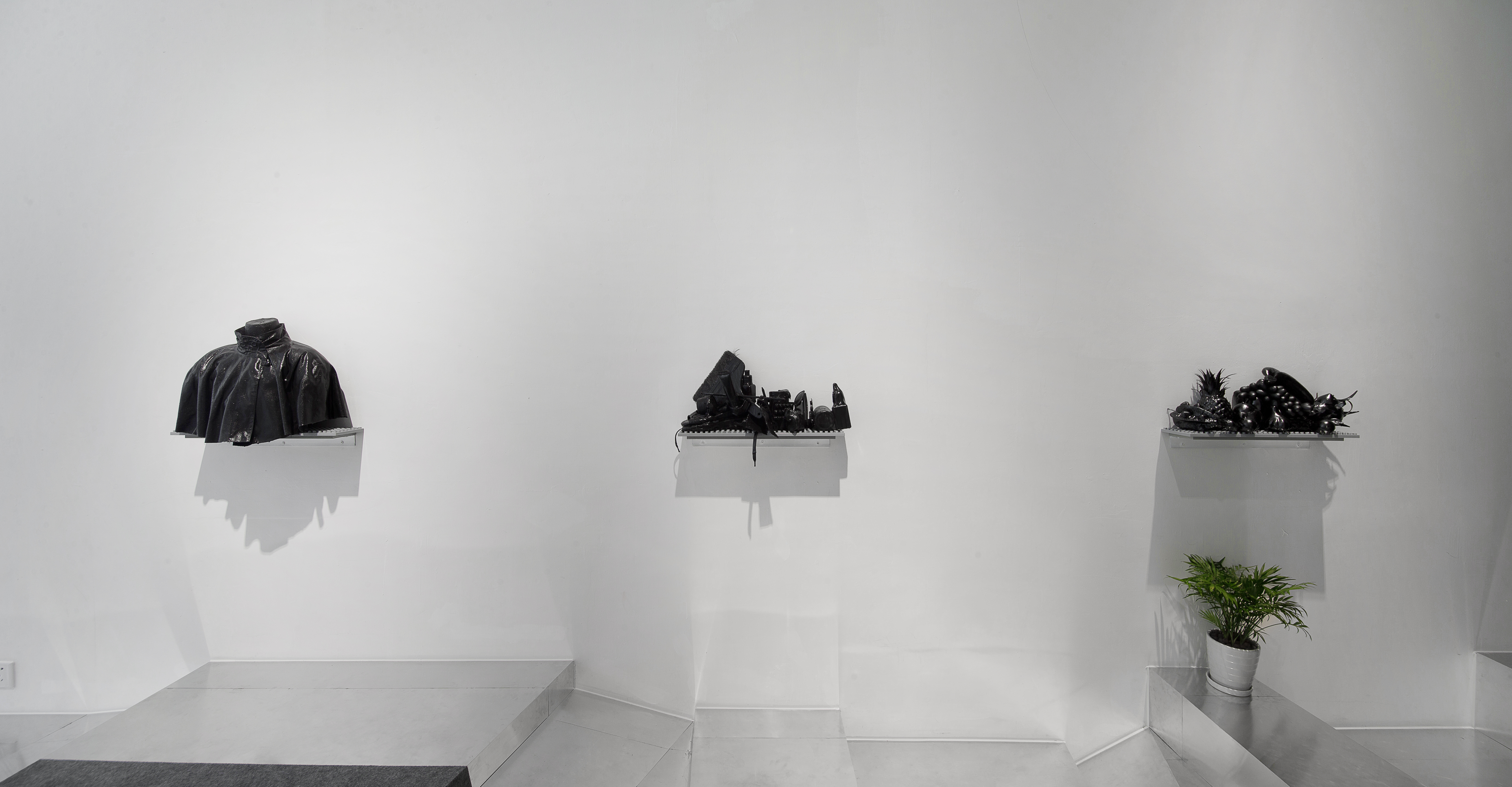
Installation View at ‘PAN YULIANG: A JOURNEY TO SILENCE’
Times Museum, Guangzhou, China, 2017
Image courtesy of Times Museum, Guangzhou
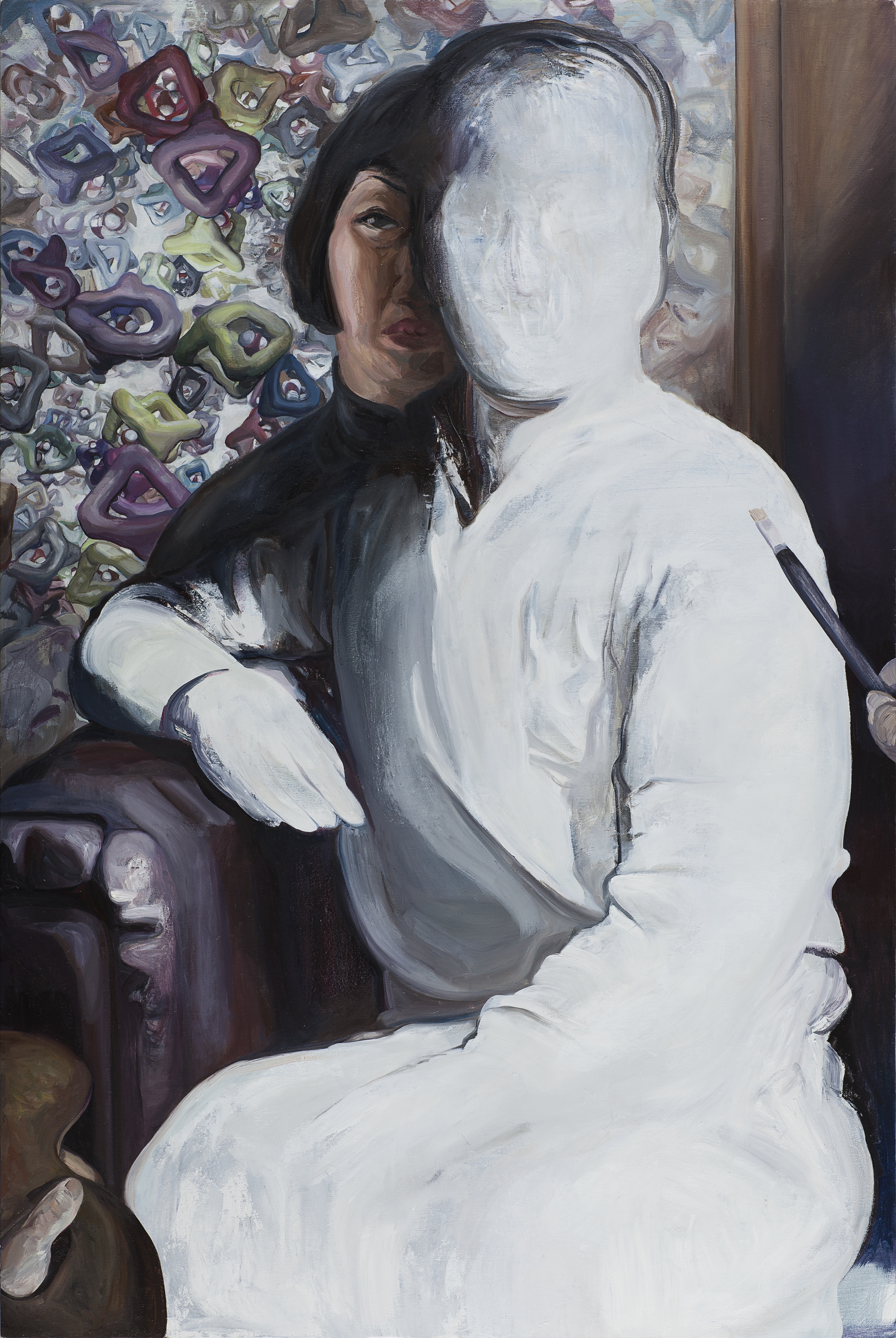
2017
Oil on canvas
120 x 80 cm

2017
Oil on canvas
155 x 115 cm
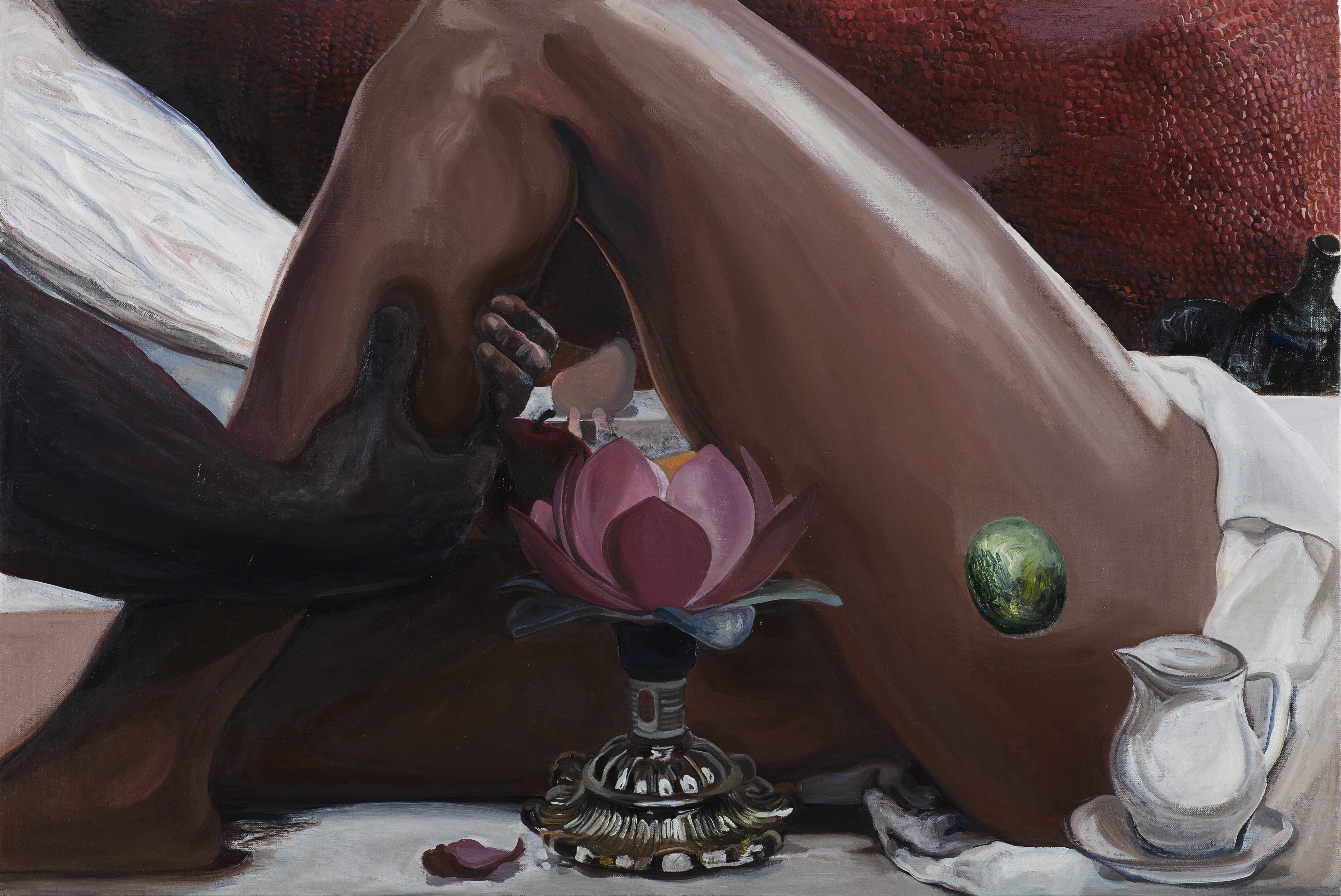
2017
Oil on canvas
100 x 67 cm

“There is a place with four suns in the sky – red, white, blue and yellow”, Edouard Malingue Gallery, Hong Kong, 2016
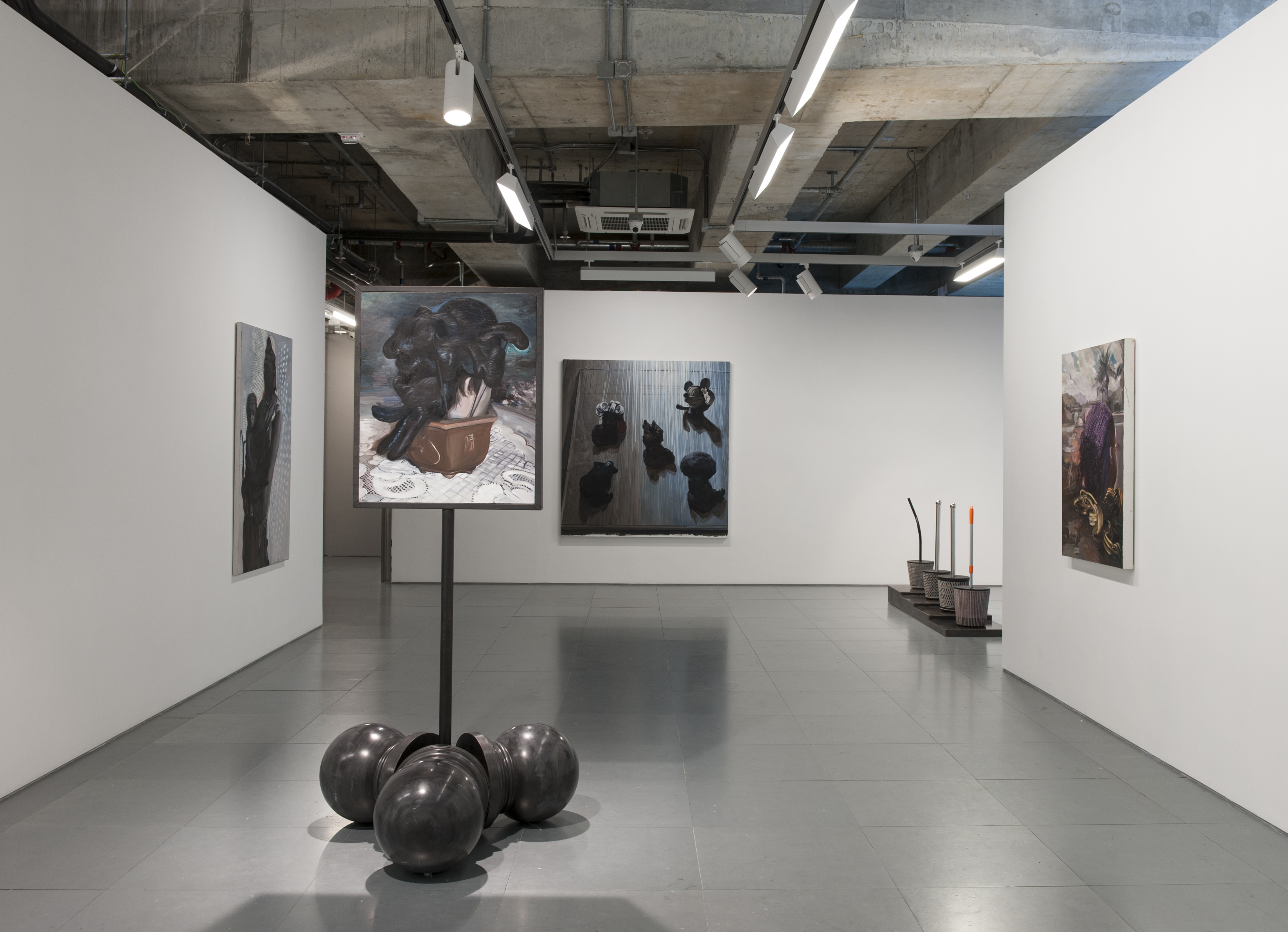
“There is a place with four suns in the sky – red, white, blue and yellow”, Edouard Malingue Gallery, Hong Kong, 2016
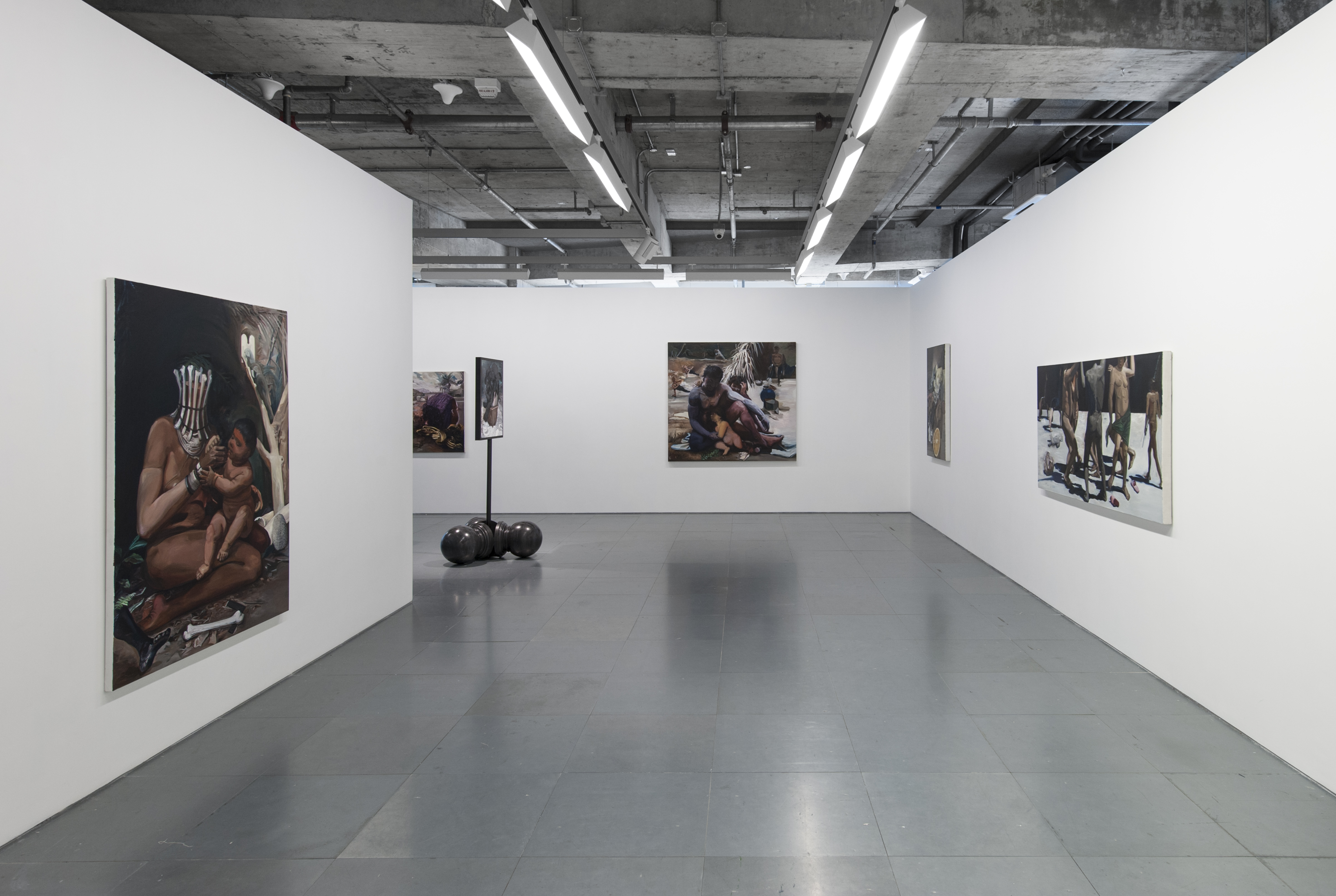
“There is a place with four suns in the sky – red, white, blue and yellow”, Edouard Malingue Gallery, Hong Kong, 2016
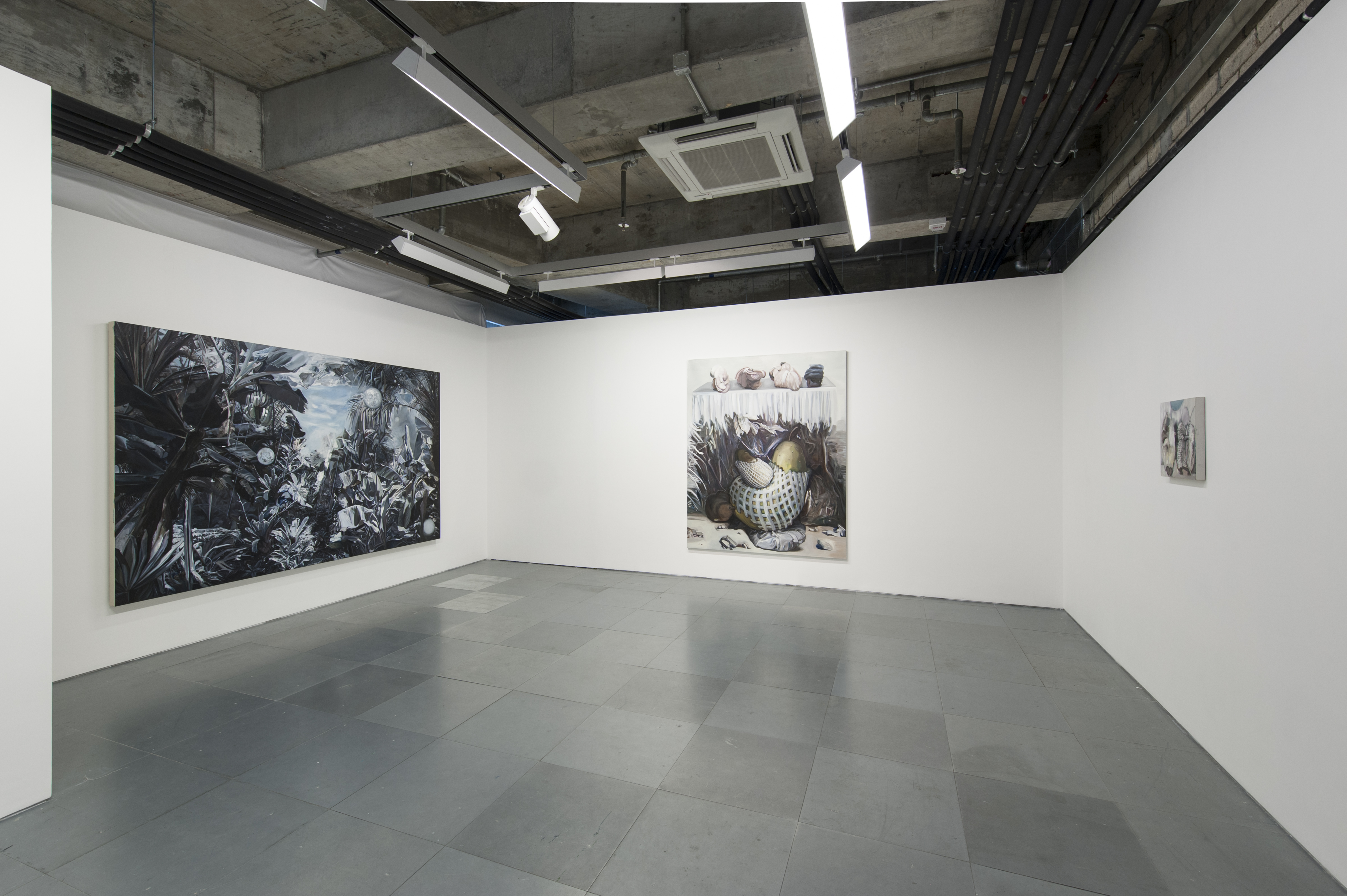
“There is a place with four suns in the sky – red, white, blue and yellow”, Edouard Malingue Gallery, Hong Kong, 2016
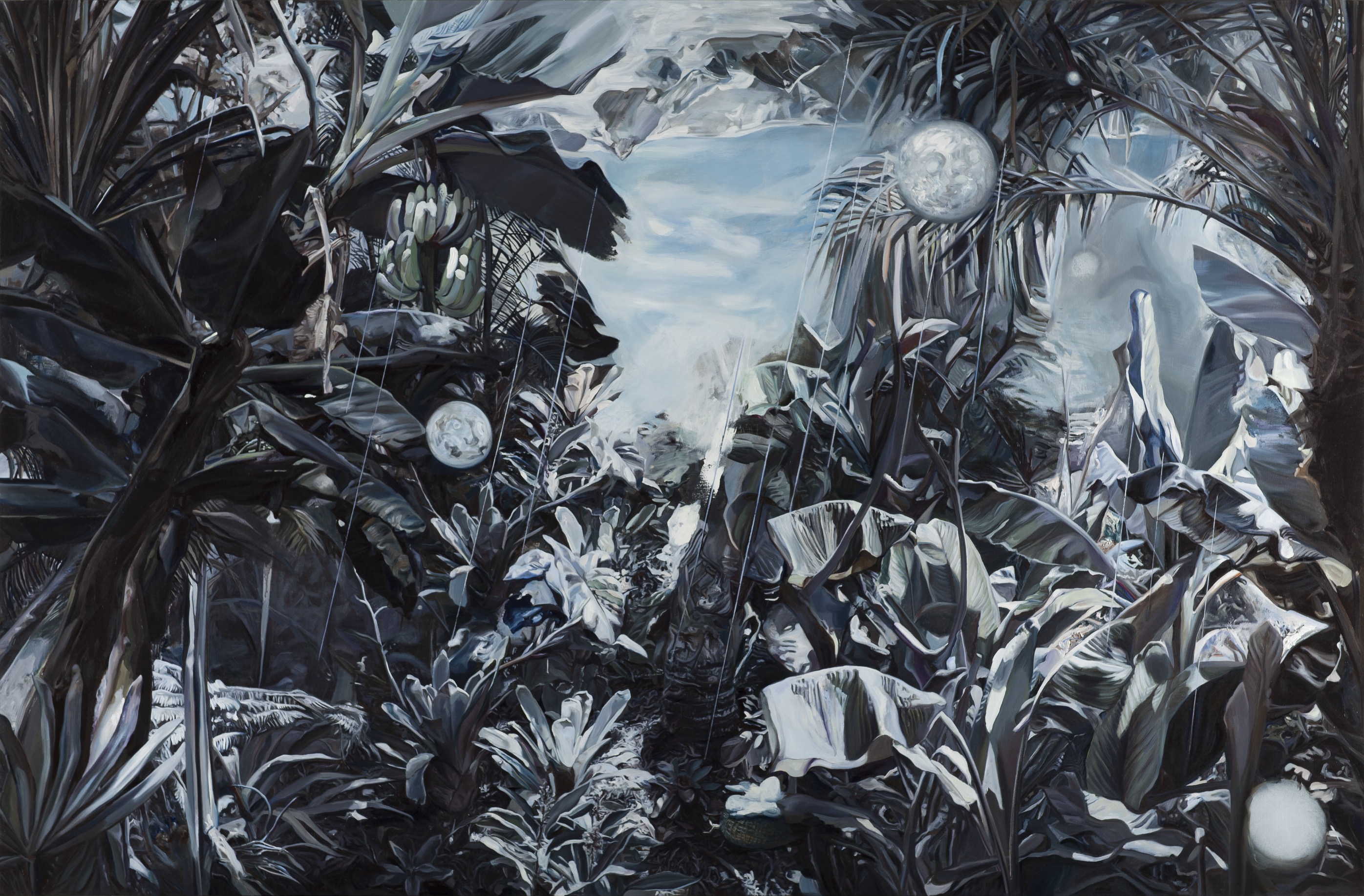
2016
Oil and acrylic on canvas
190 x 290 cm
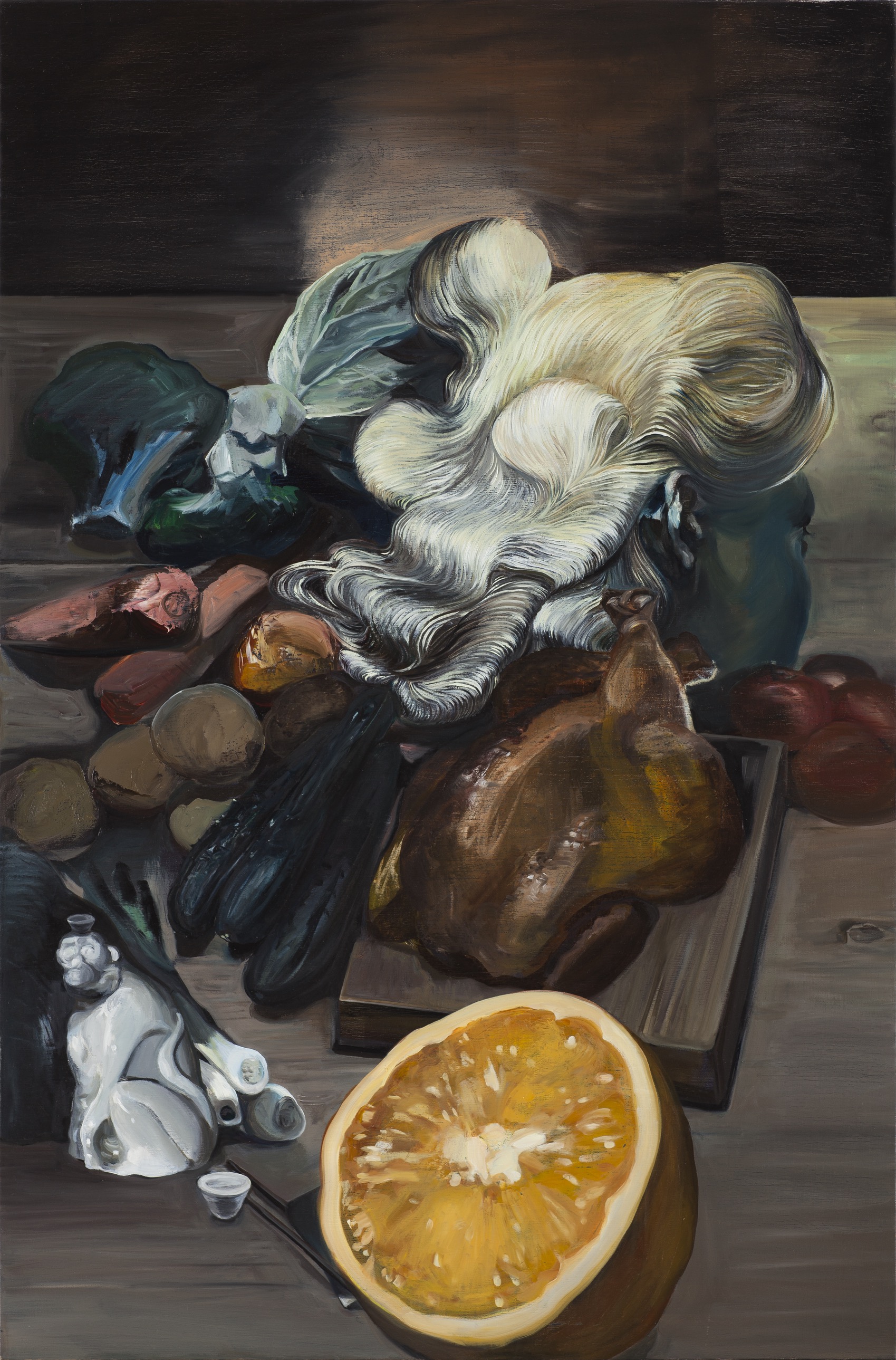
2016
Oil on linen
83 x 126 cm
_63x71cm_亞麻布面油畫,鐵,中國青石_2016.jpg)
2016
Oil on linen, iron, Chinese blue stone
63 x 71 cm

2015
Oil on linen
78.5 x 90 cm
_80x107cm_-亞麻布面油畫_2015.jpeg)
2015
Oil on linen
107 x 80 cm
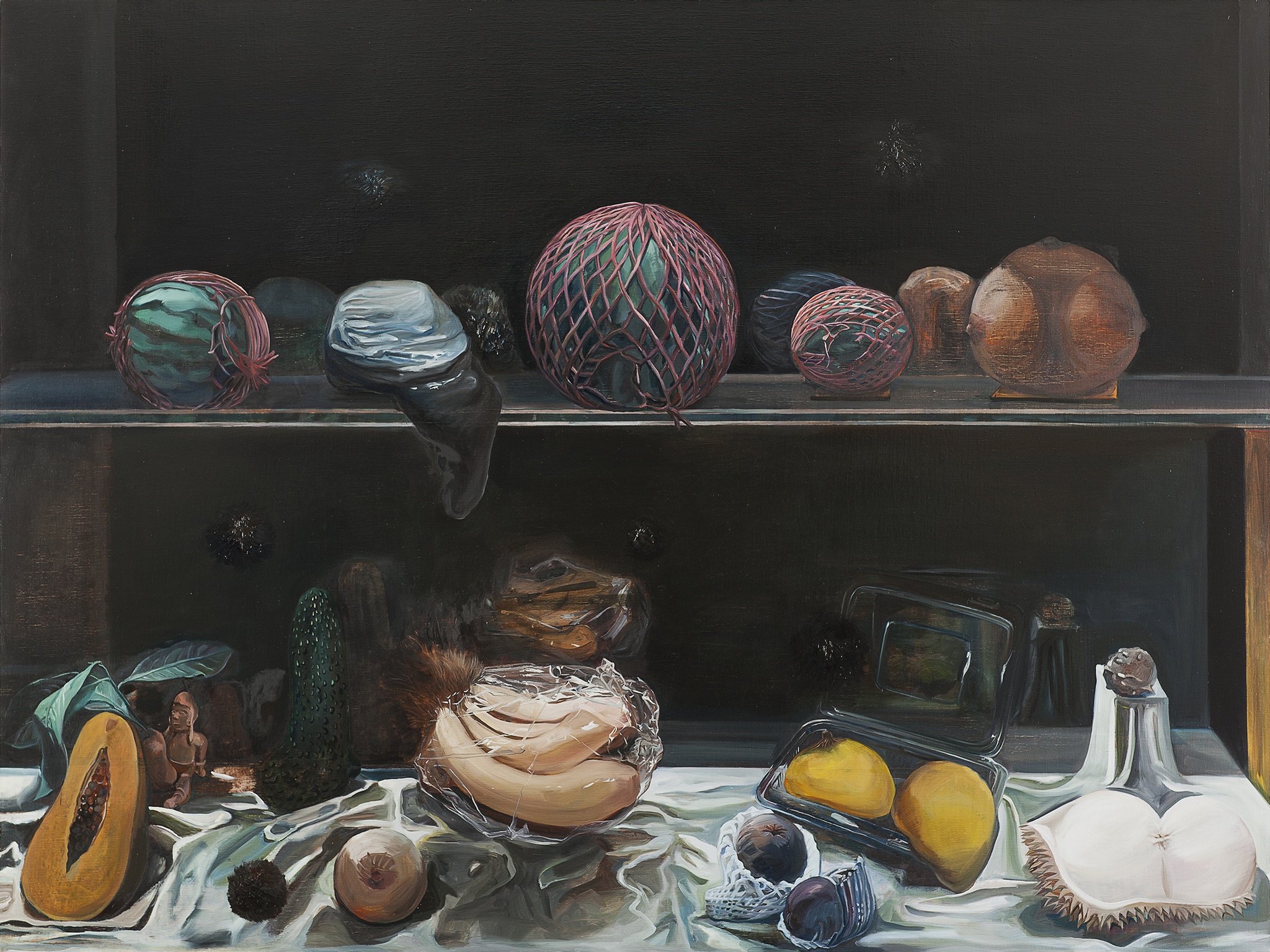
2015
Oil on canvas
135 x 180 cm

2015
Oil on canvas
150 x 190 cm

2015
Oil on canvas
135 x 500 cm
Diptych
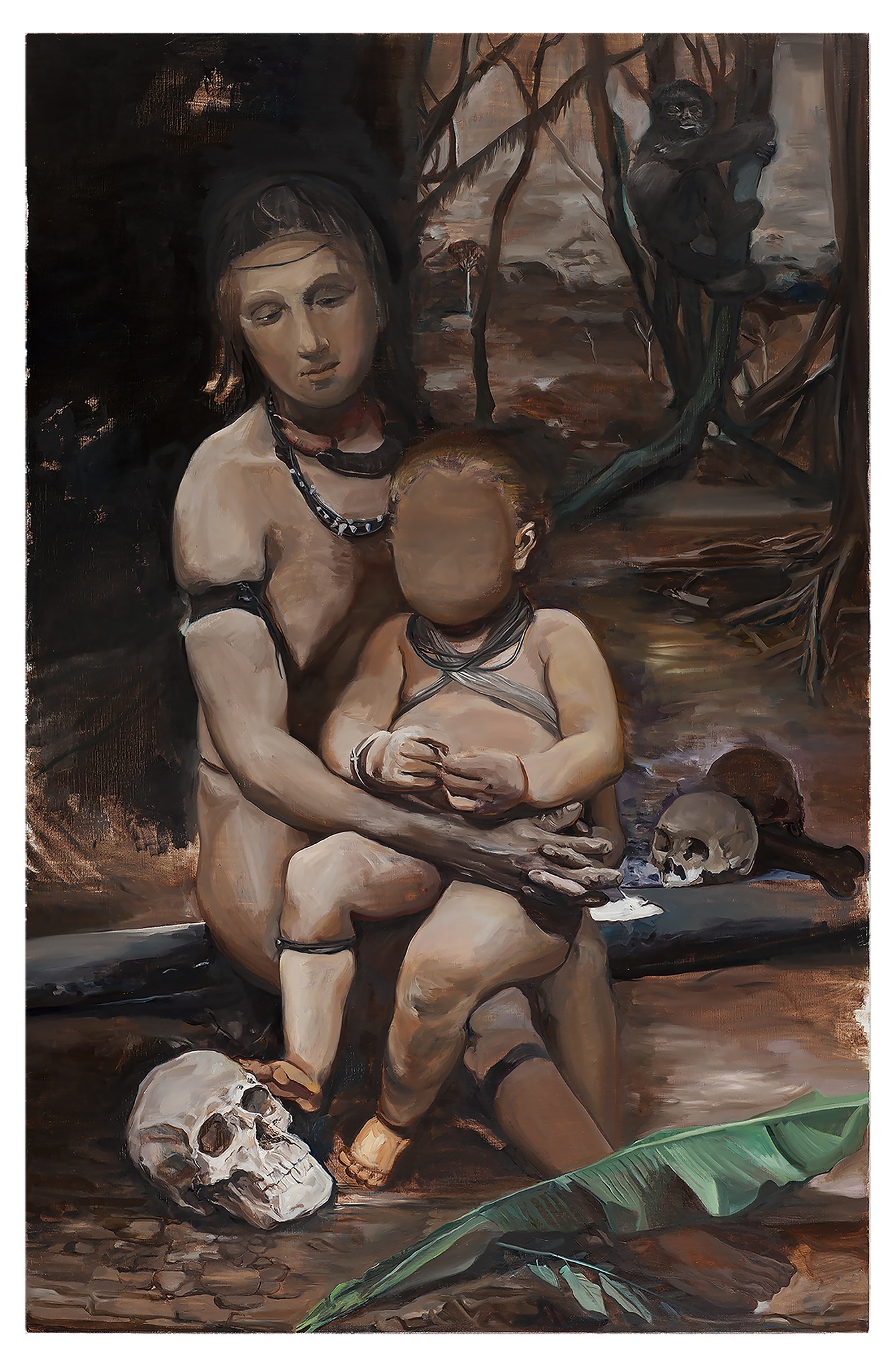
2015
Oil on canvas
165 x 117 cm
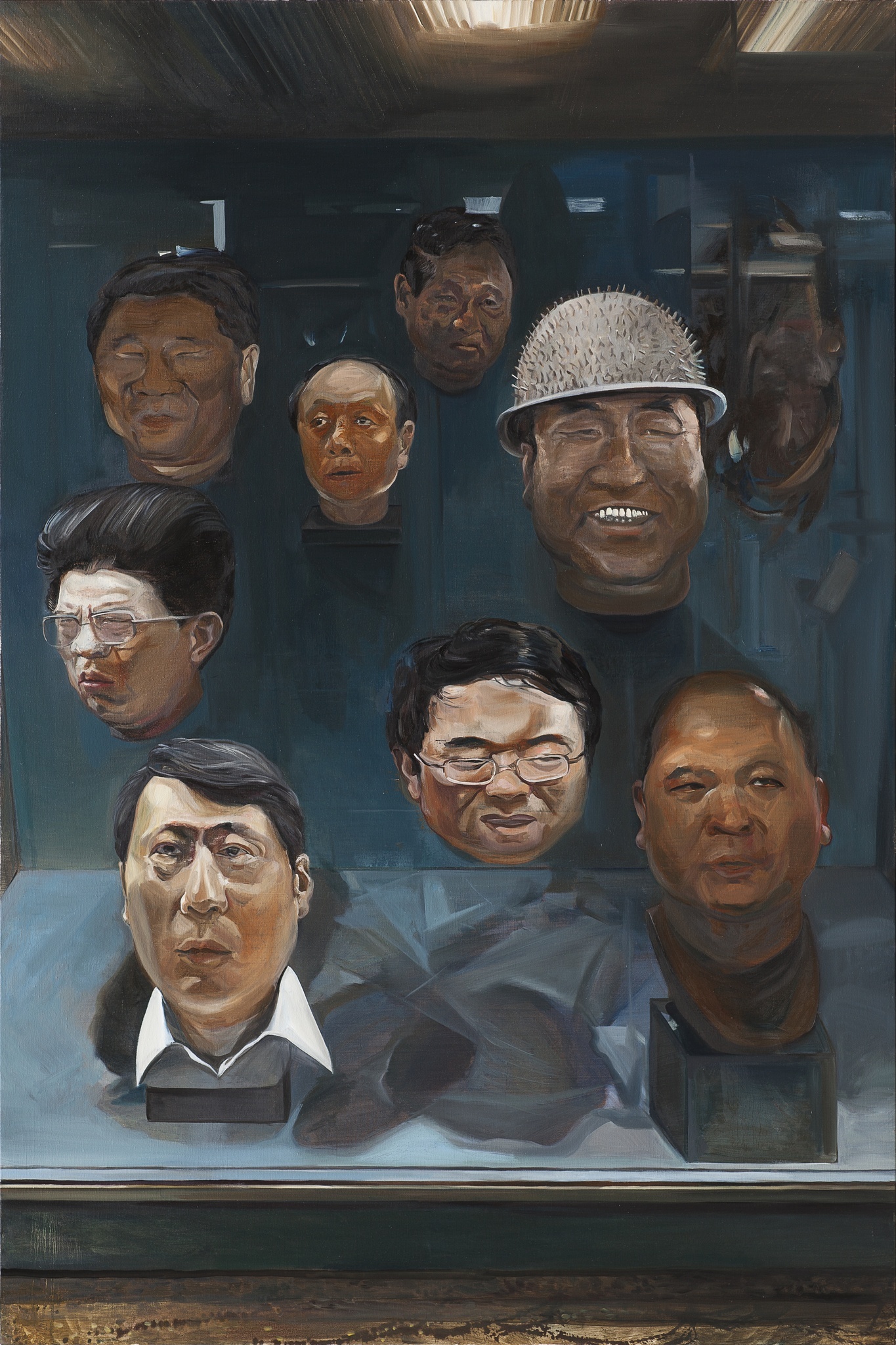
2014
Oil on linen
107 x 160 cm

2013
Oil on linen
190 x 125 cm

2013
Oil on linen
200 x 150 cm
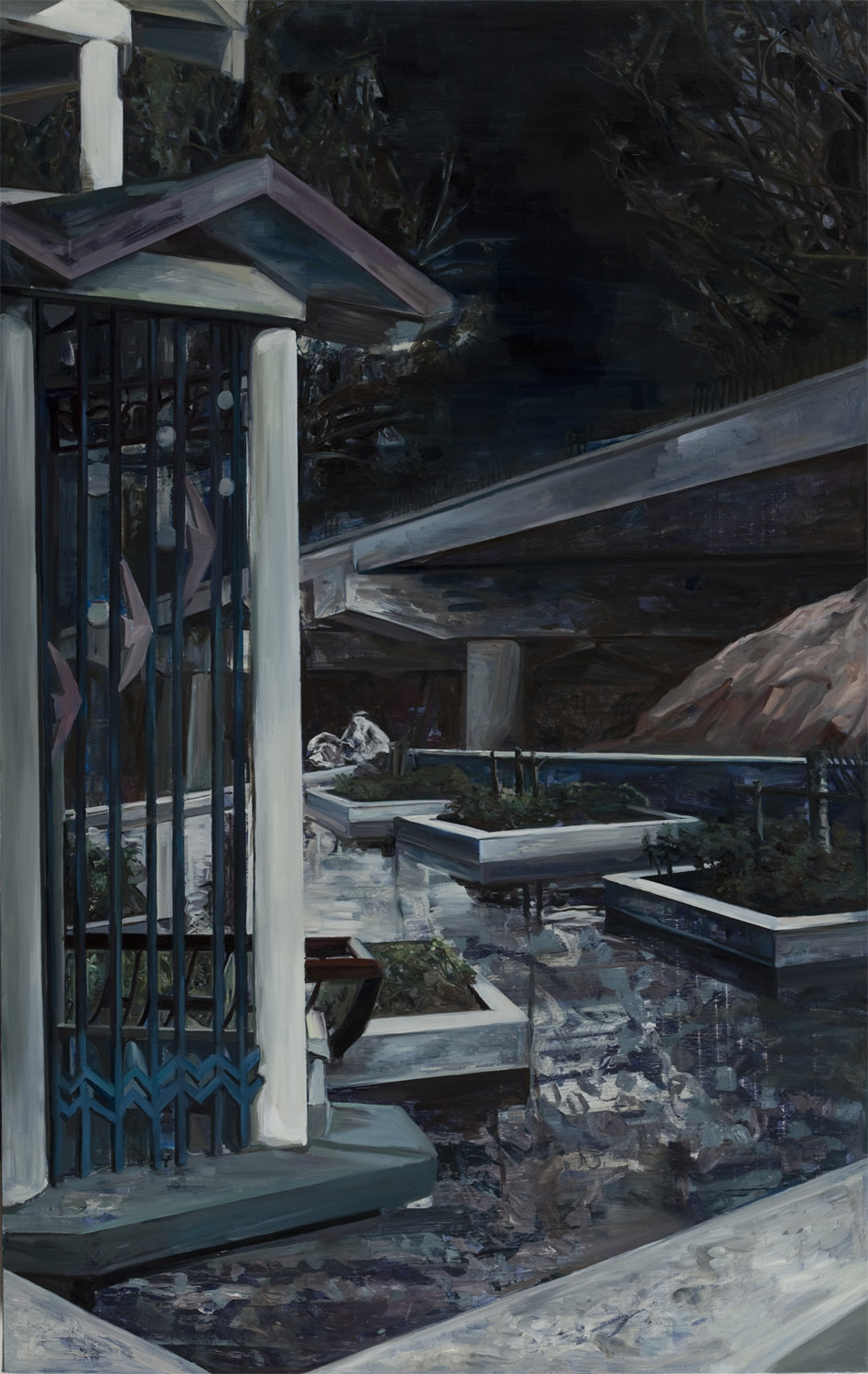
2013
Oil on linen
187 x 118 cm

2012
Oil on canvas
157 x 180 cm
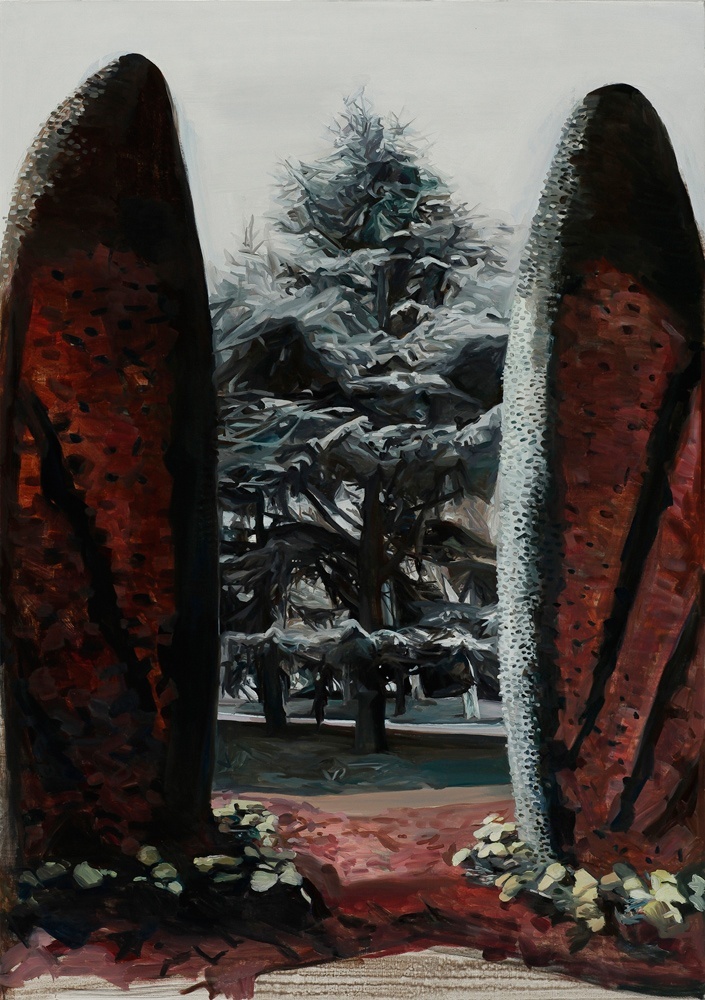
2012
Oil on canvas
130 x 92 cm

2012
Acrylic on canvas
84 x 100 cm
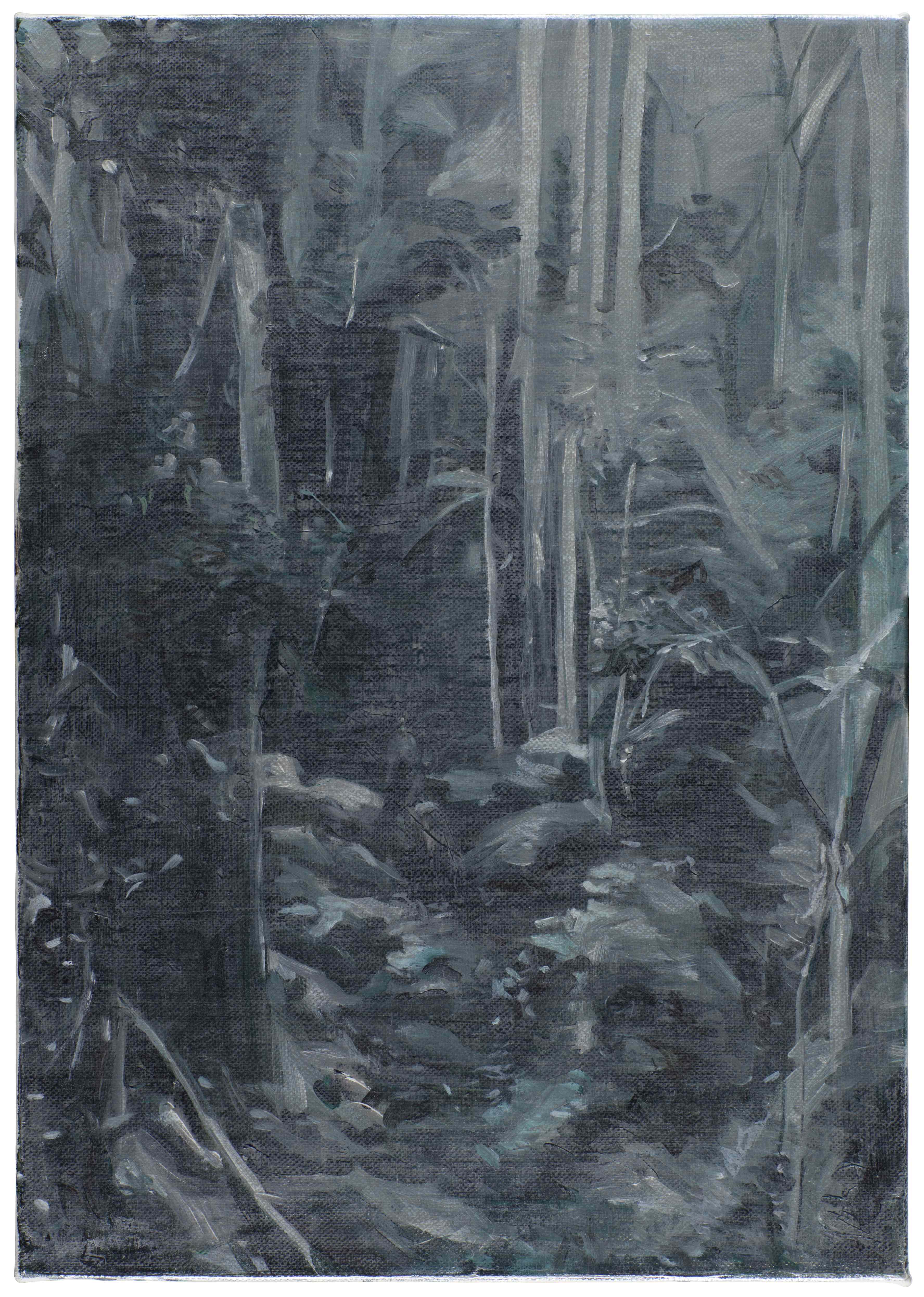
2012
Acrylic on canvas
41 x 29 cm

2012
Oil on canvas
200 x 250 cm

2012
Oil on canvas
215 x 180 cm

2012
Oil on canvas
150 x 200 cm
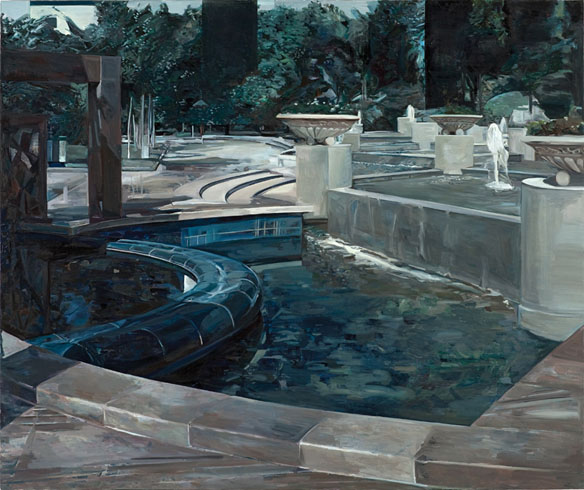
2012
Oil on canvas
150 x 180 cm
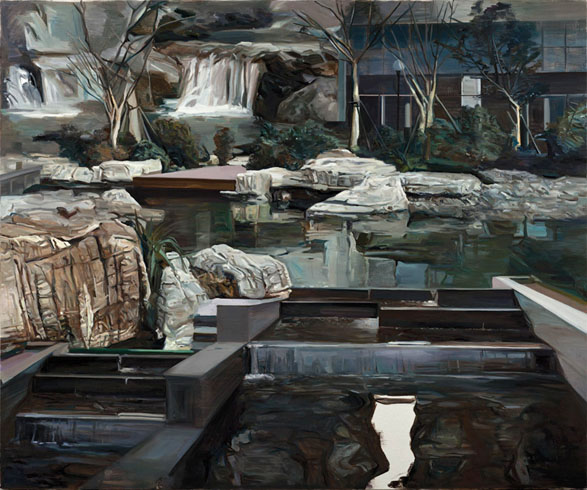
2012
Oil on canvas
151 x 180 cm
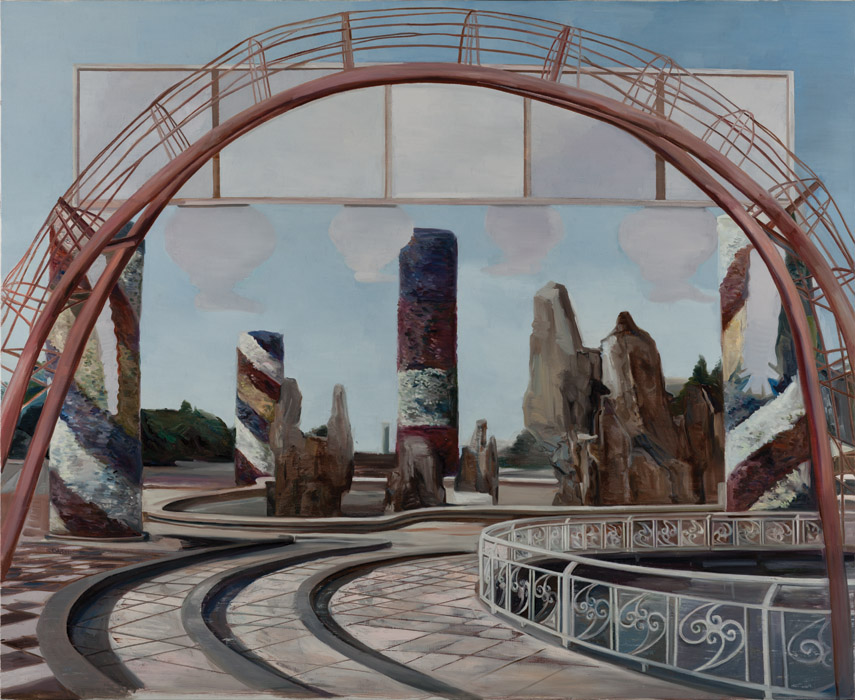
2012
Oil on canvas
137 x 180 cm
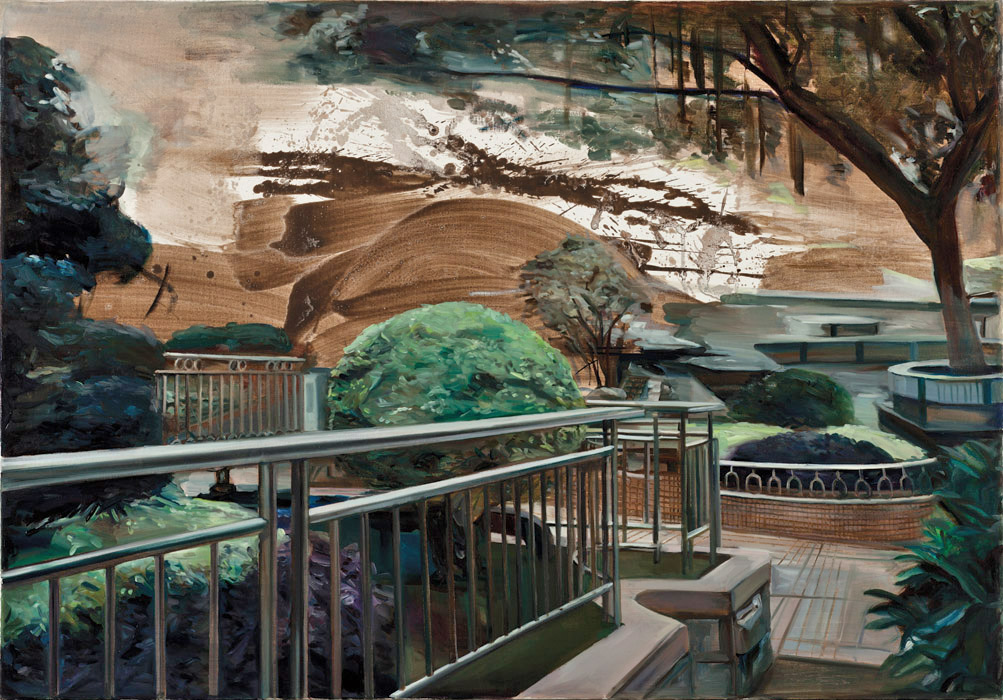
2012
Oil on canvas
84.5 x 121 cm
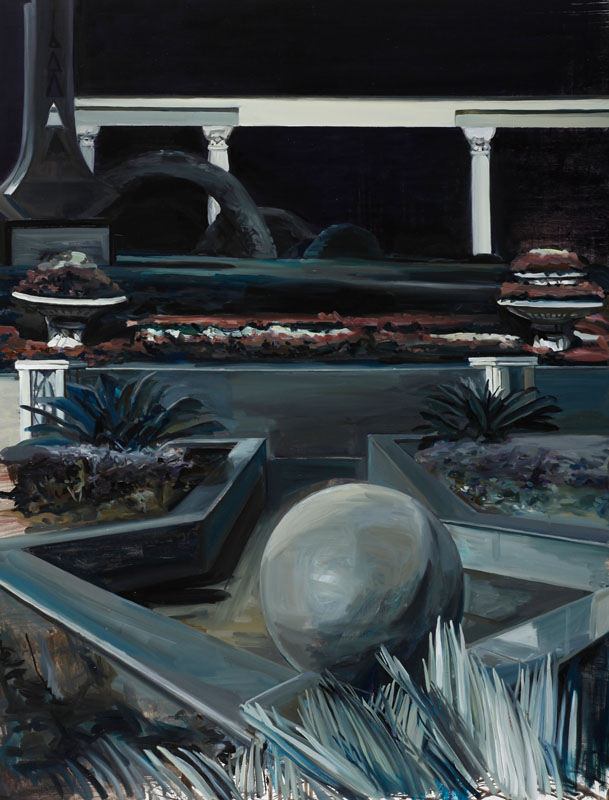
2012
Oil on Canvas
200 x 80 cm
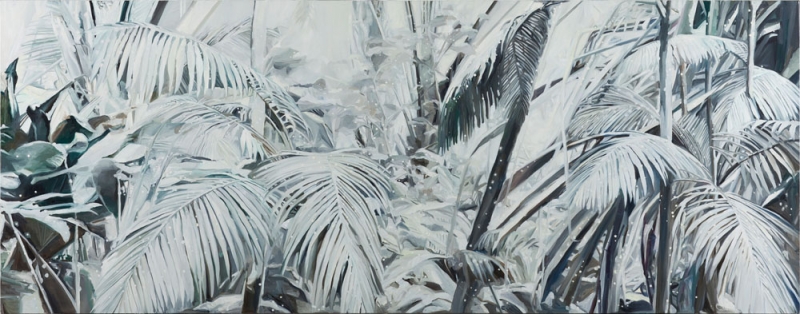
2012
Oil on Canvas
90 x 230 cm

2012
Oil on Canvas
170 x 180 cm

2011
Oil on Canvas
130 x 160 cm
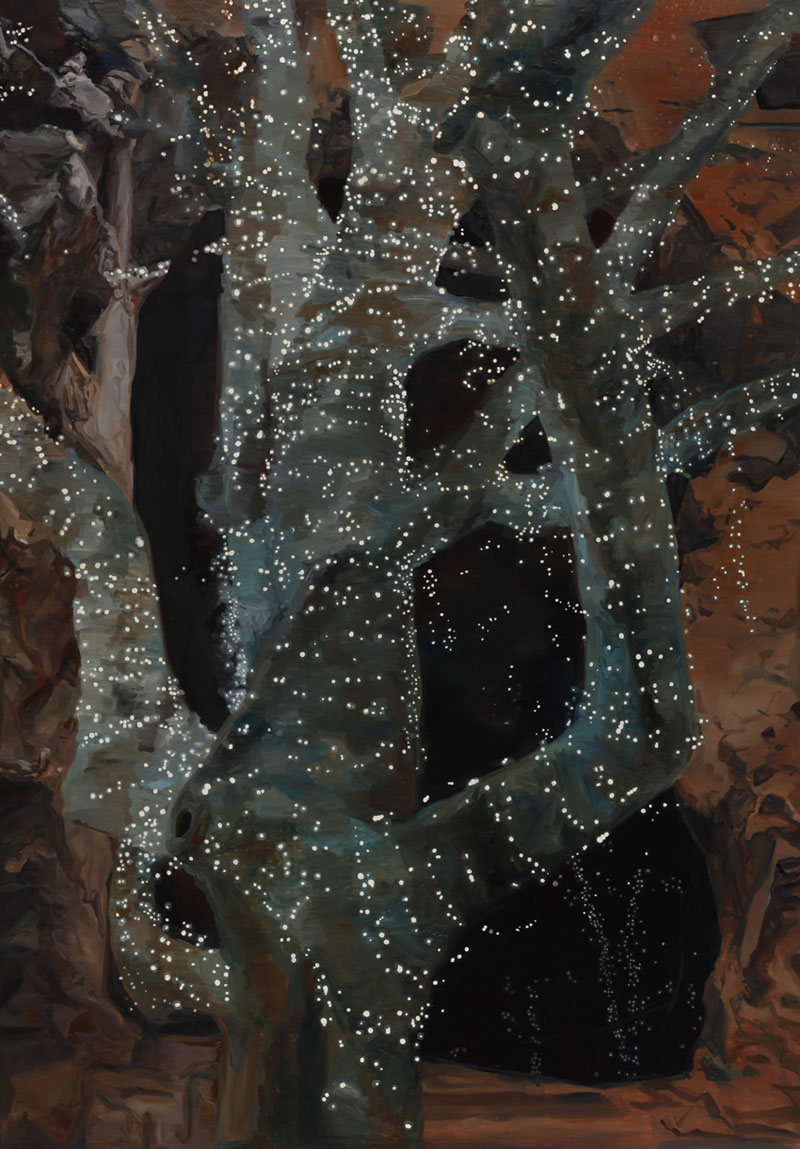
2011
Oil on Canvas
215 x 150 cm

2010
Oil on Canvas
140 x 100 cm
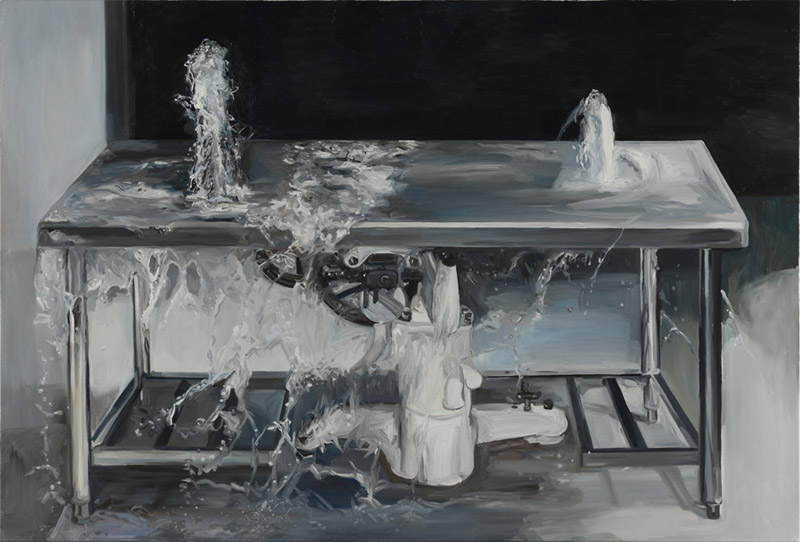
2010
Oil on Canvas
135 x 200 cm